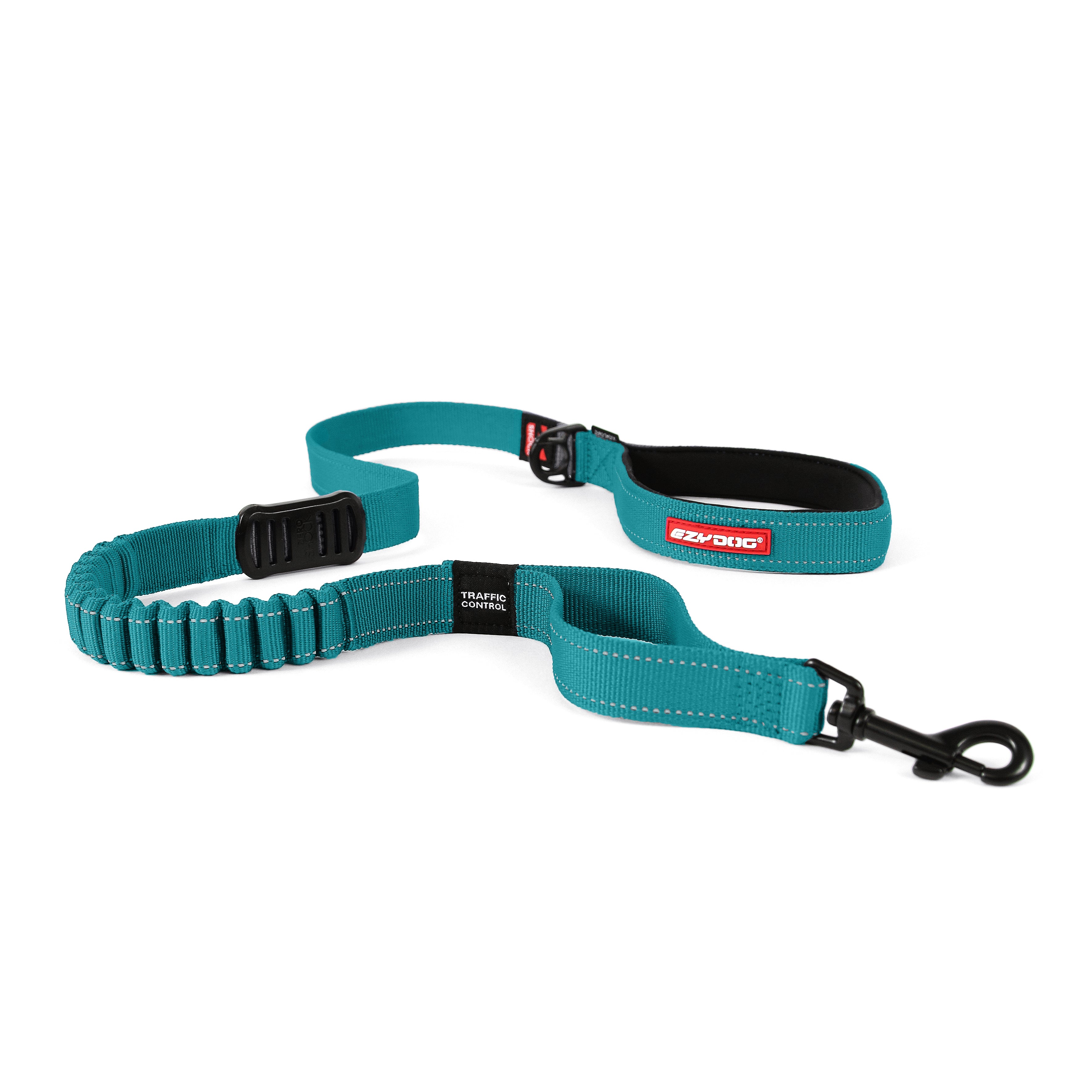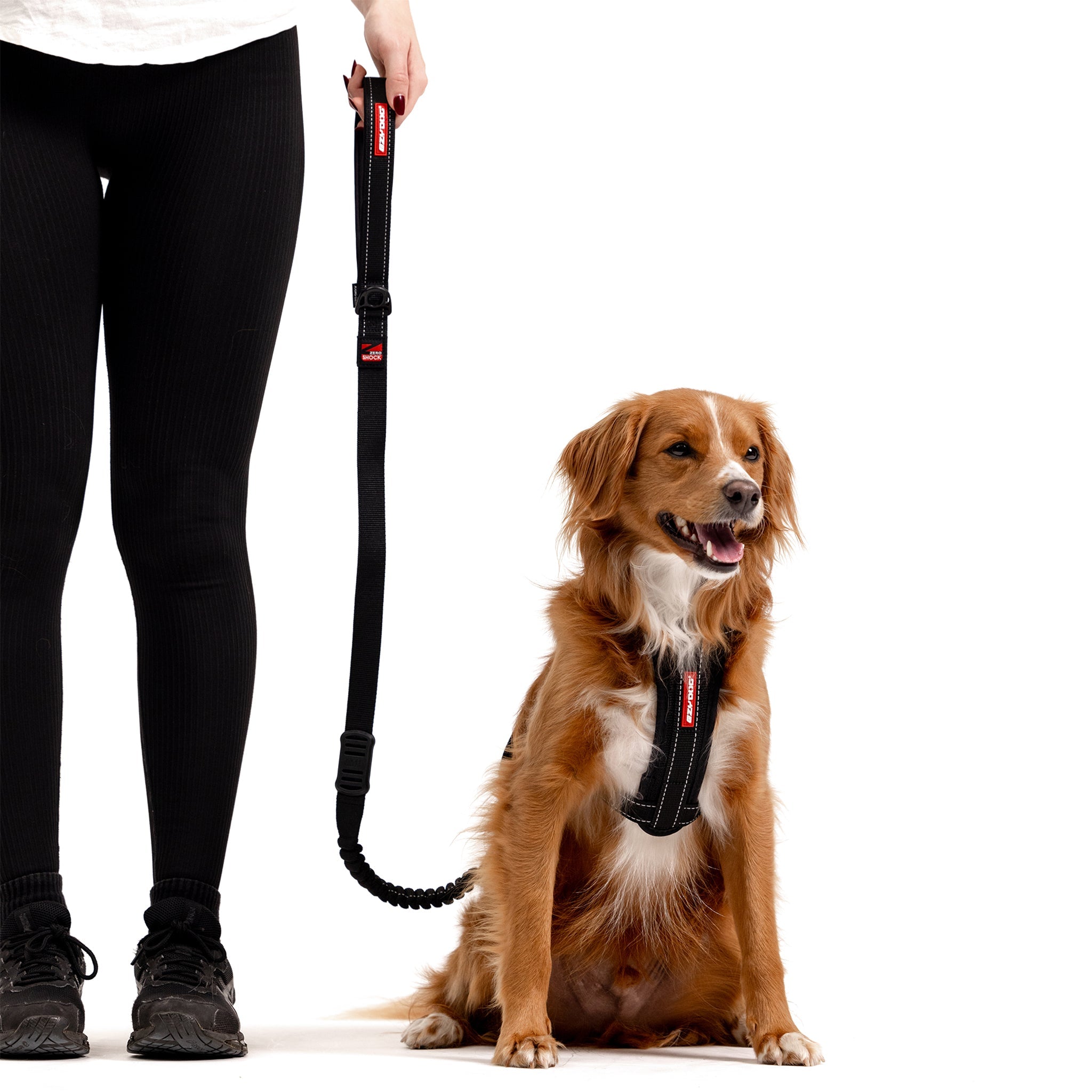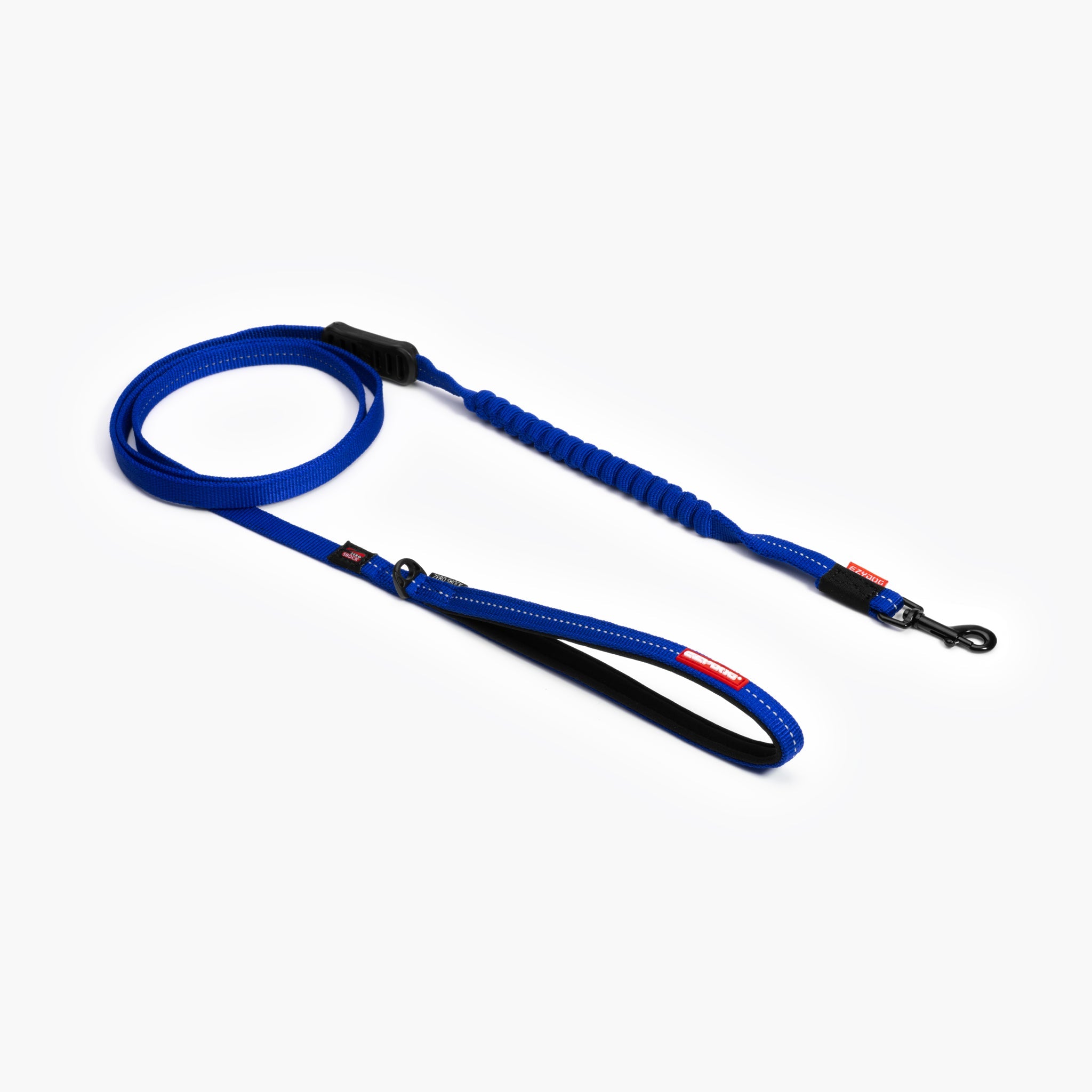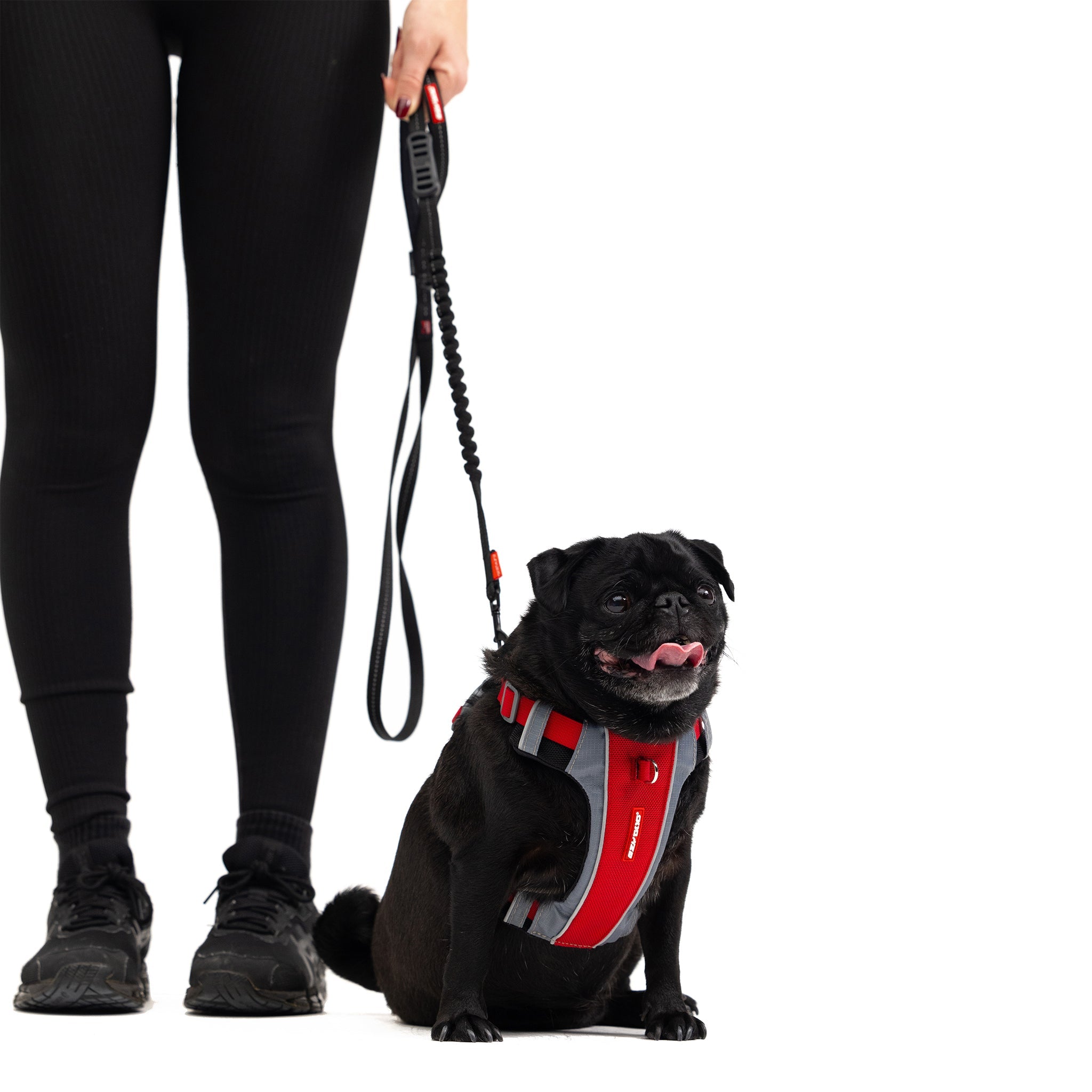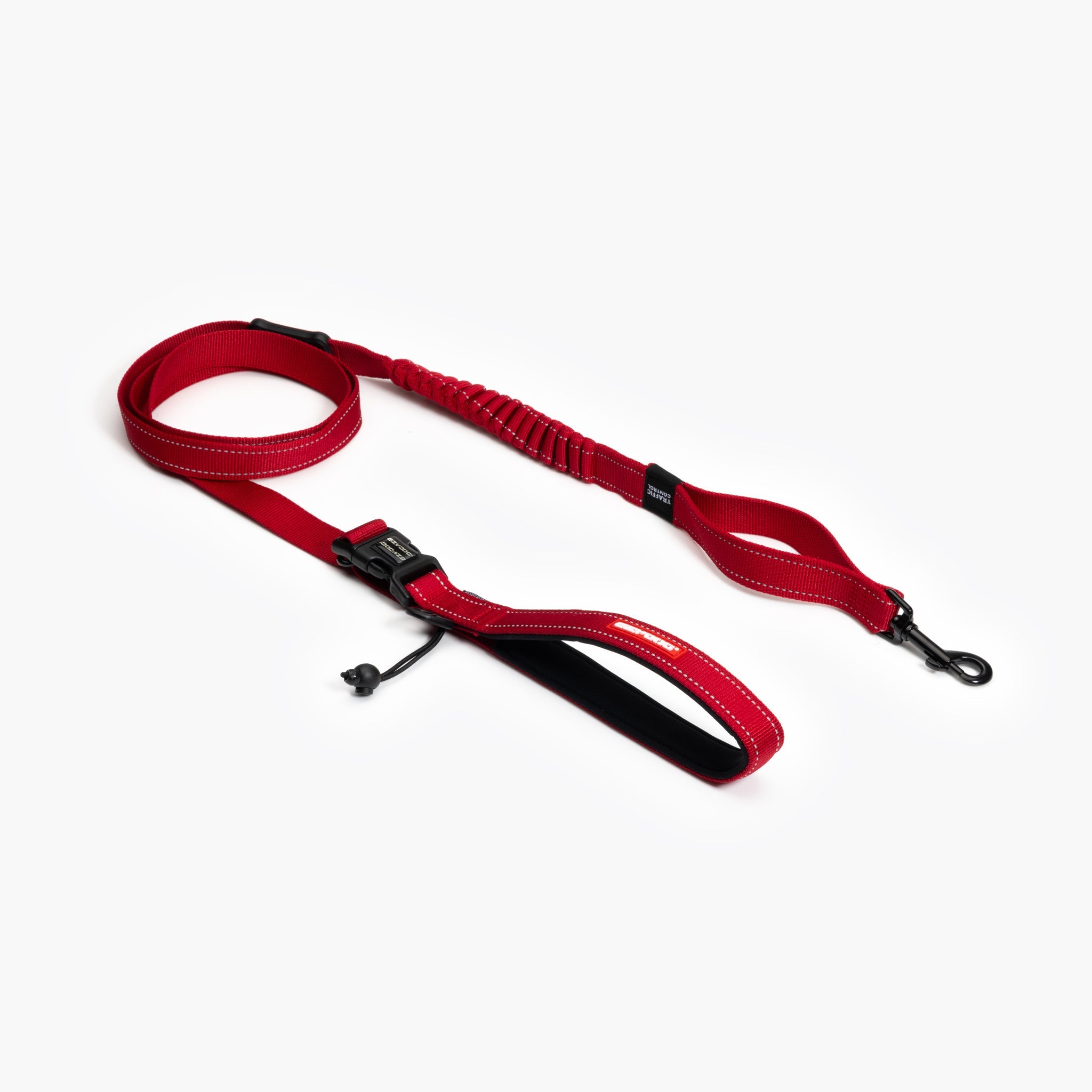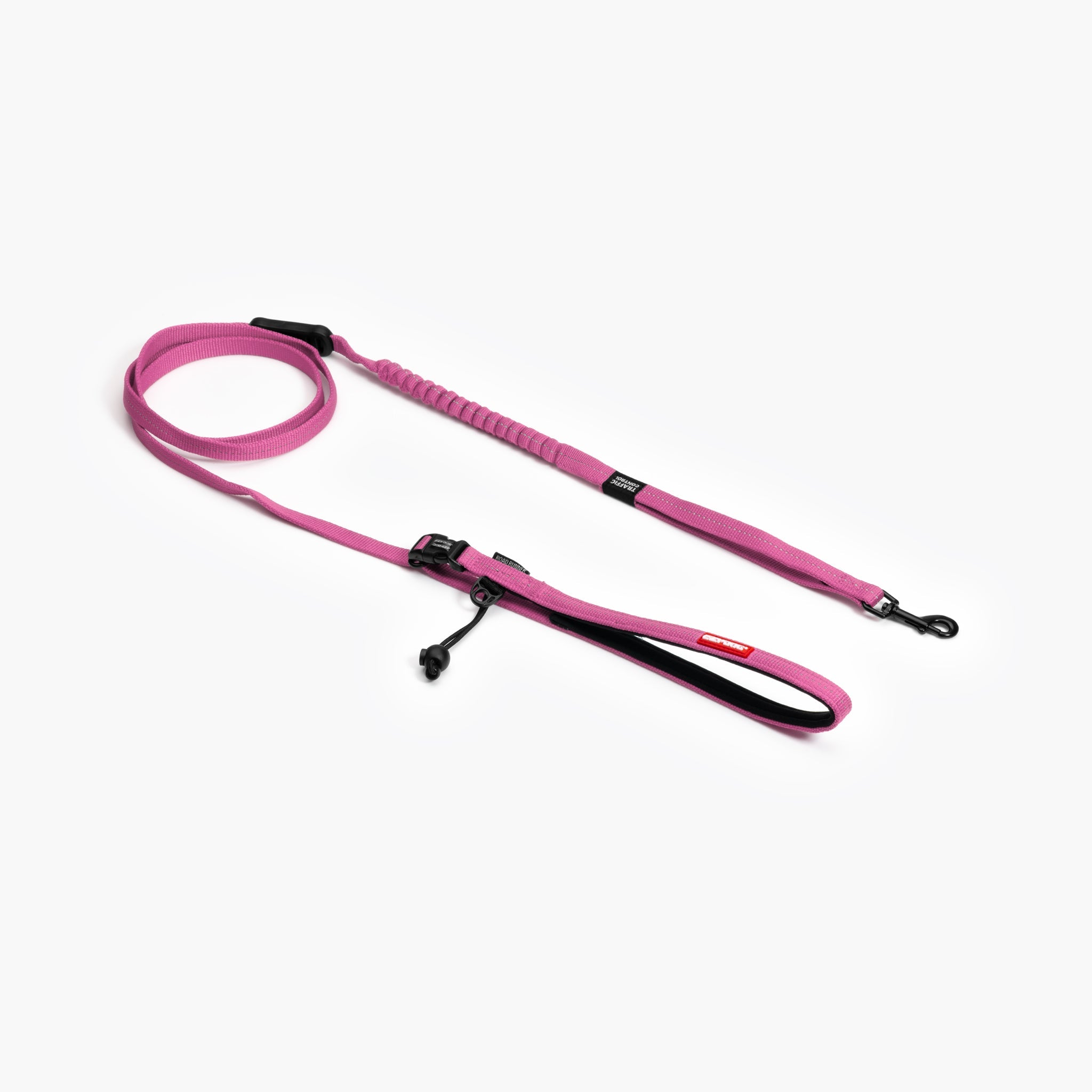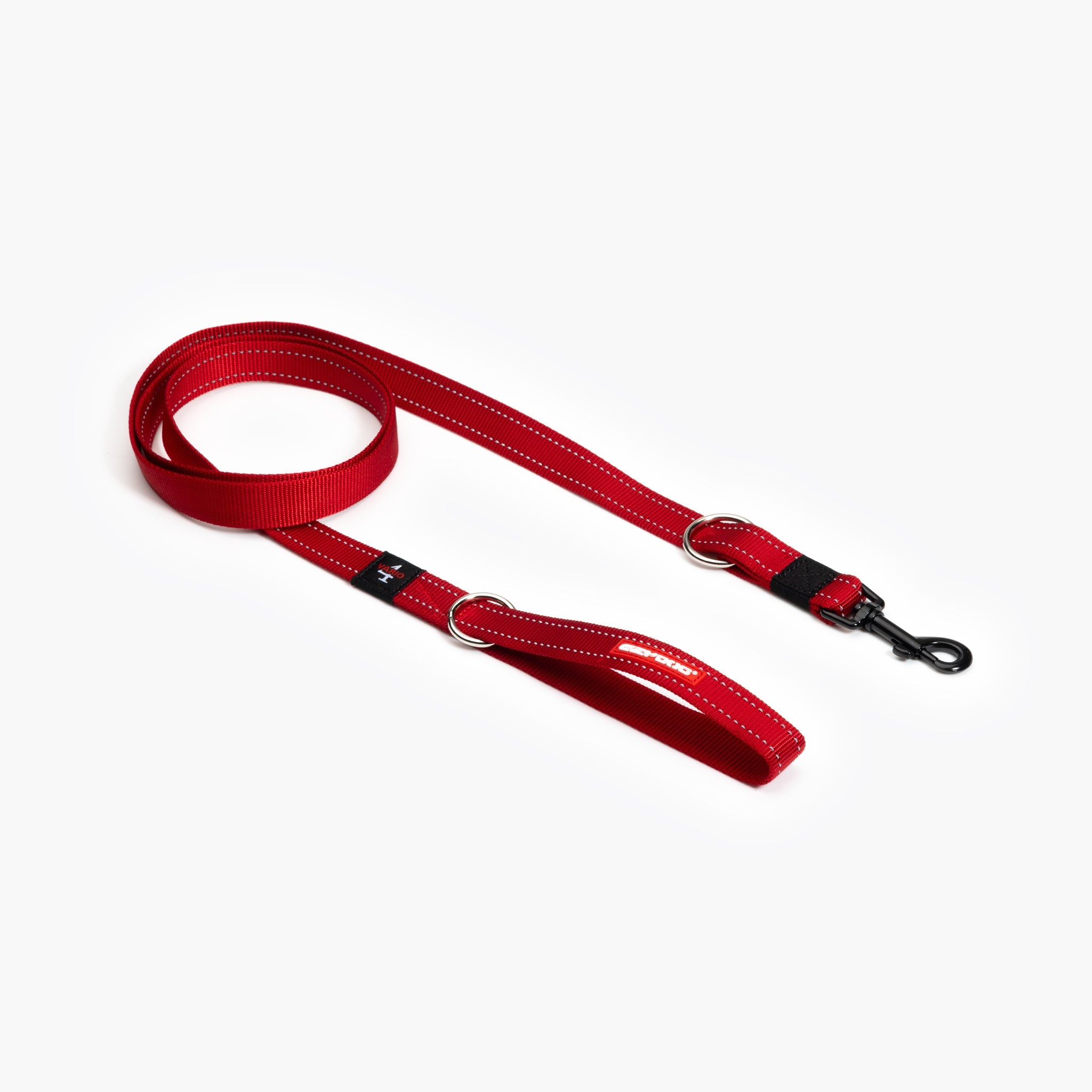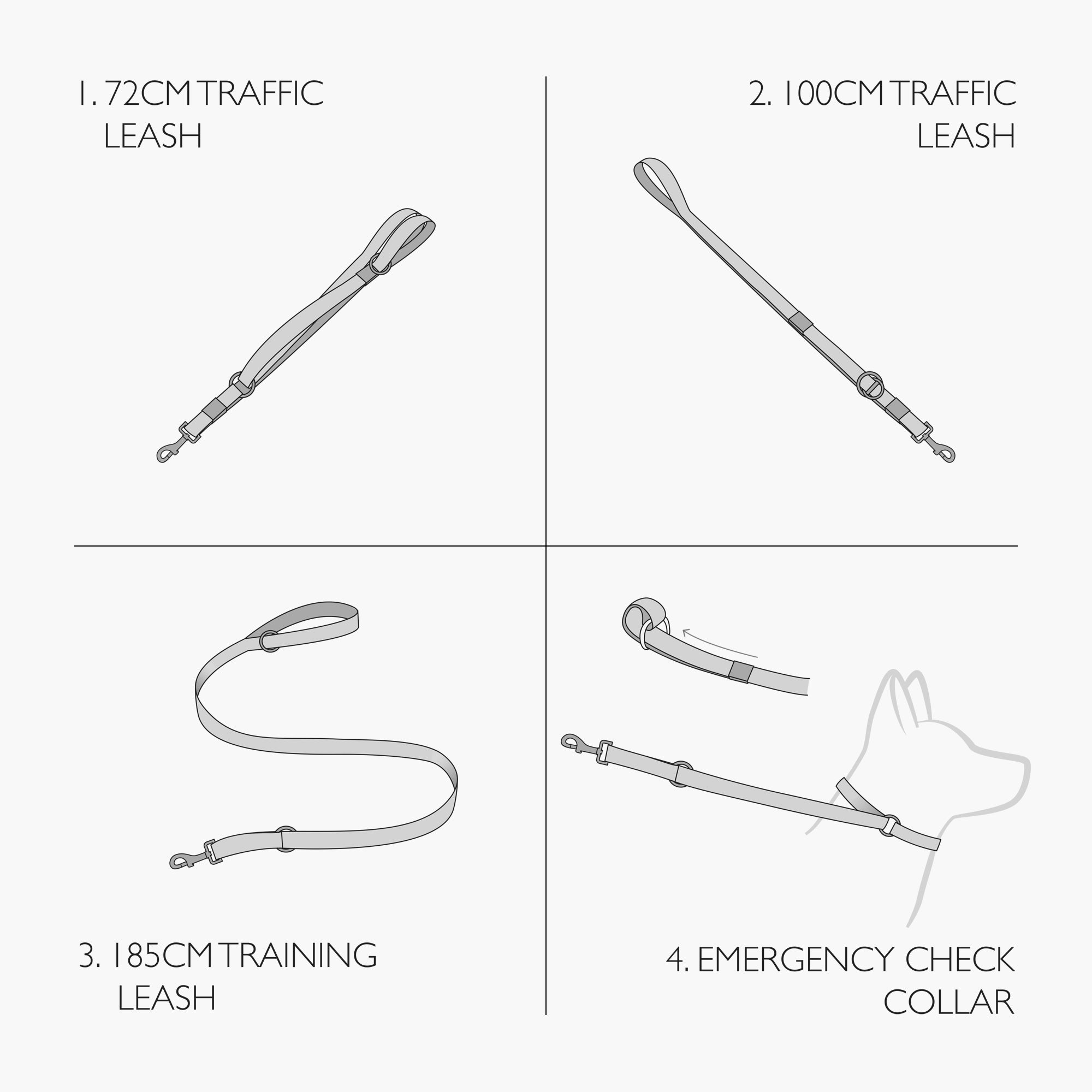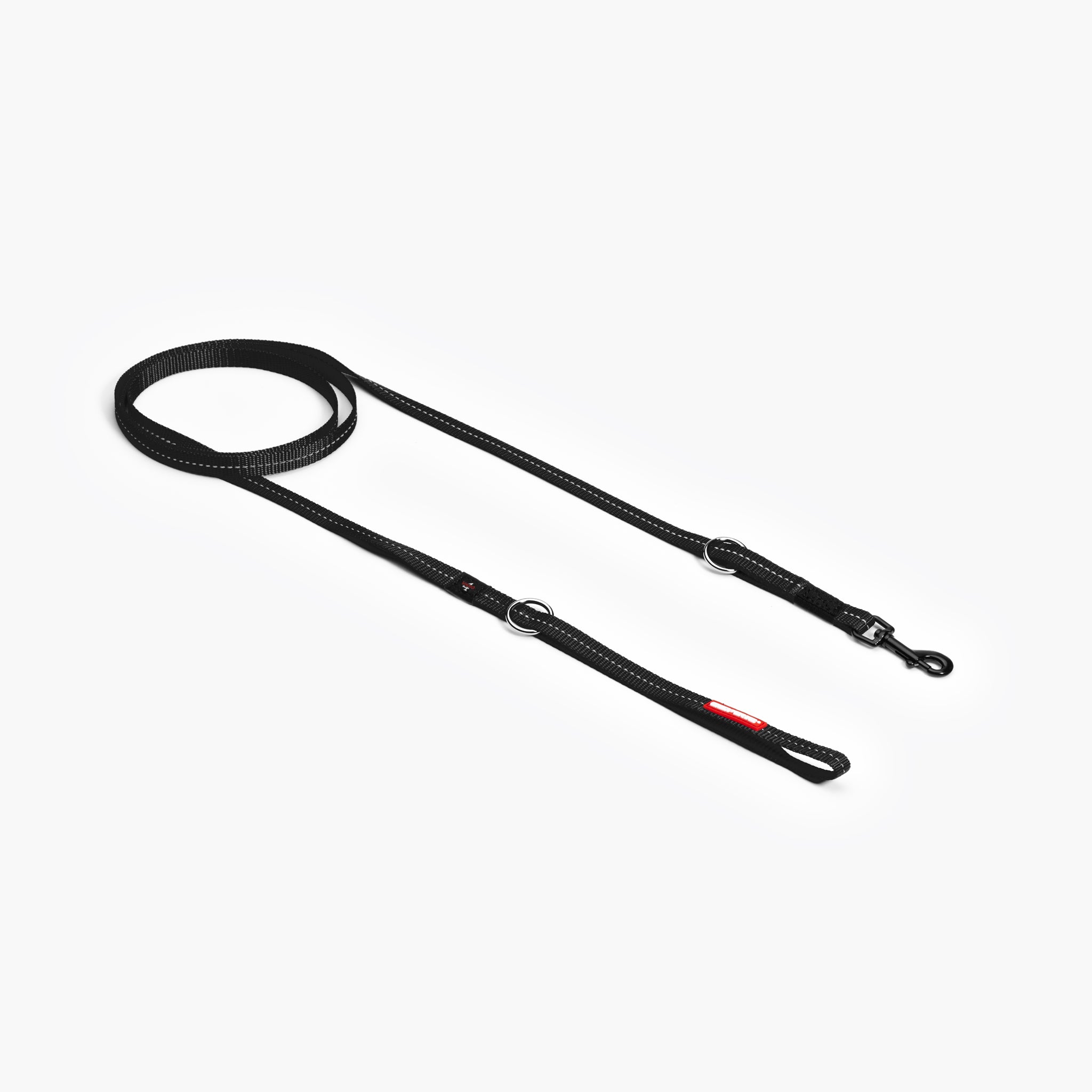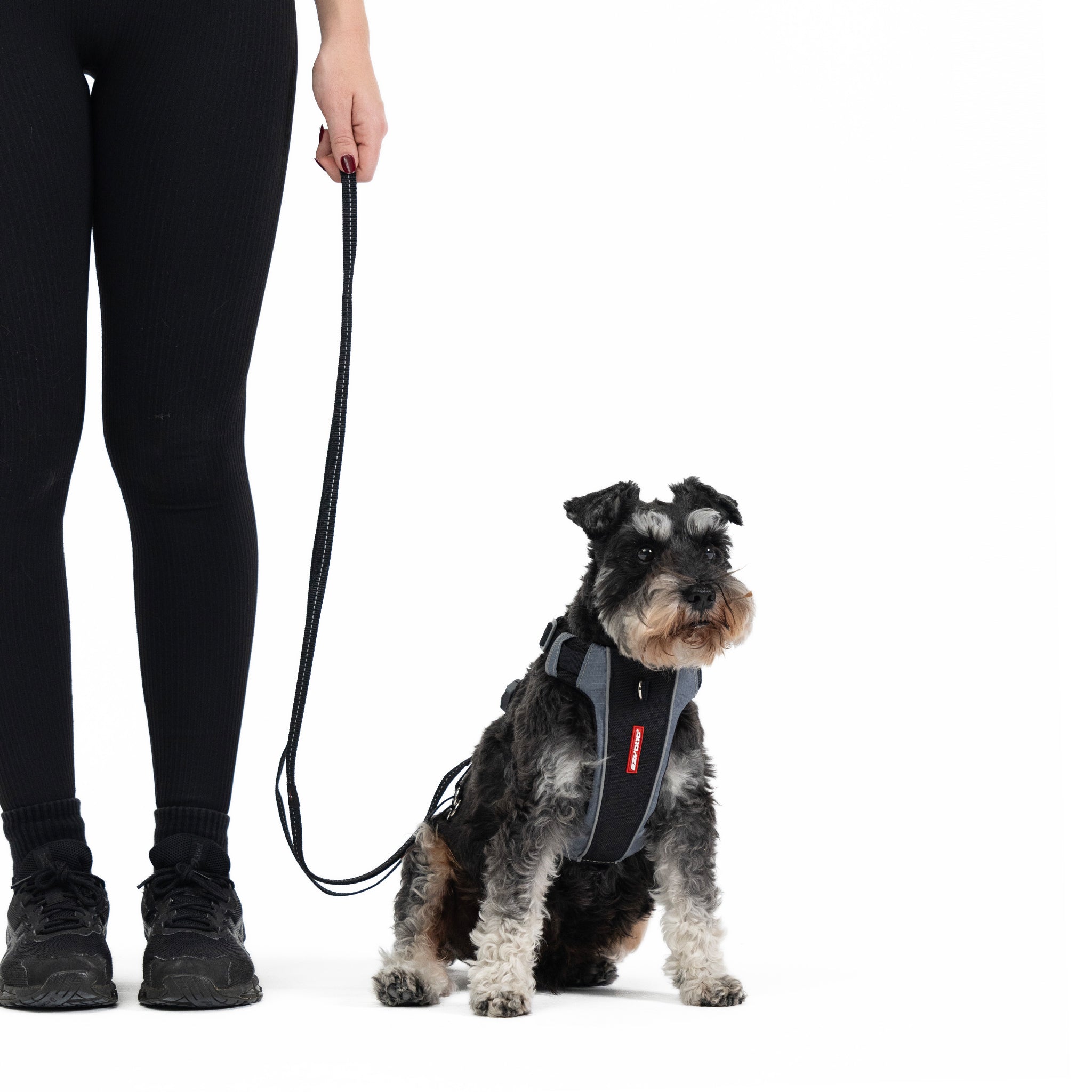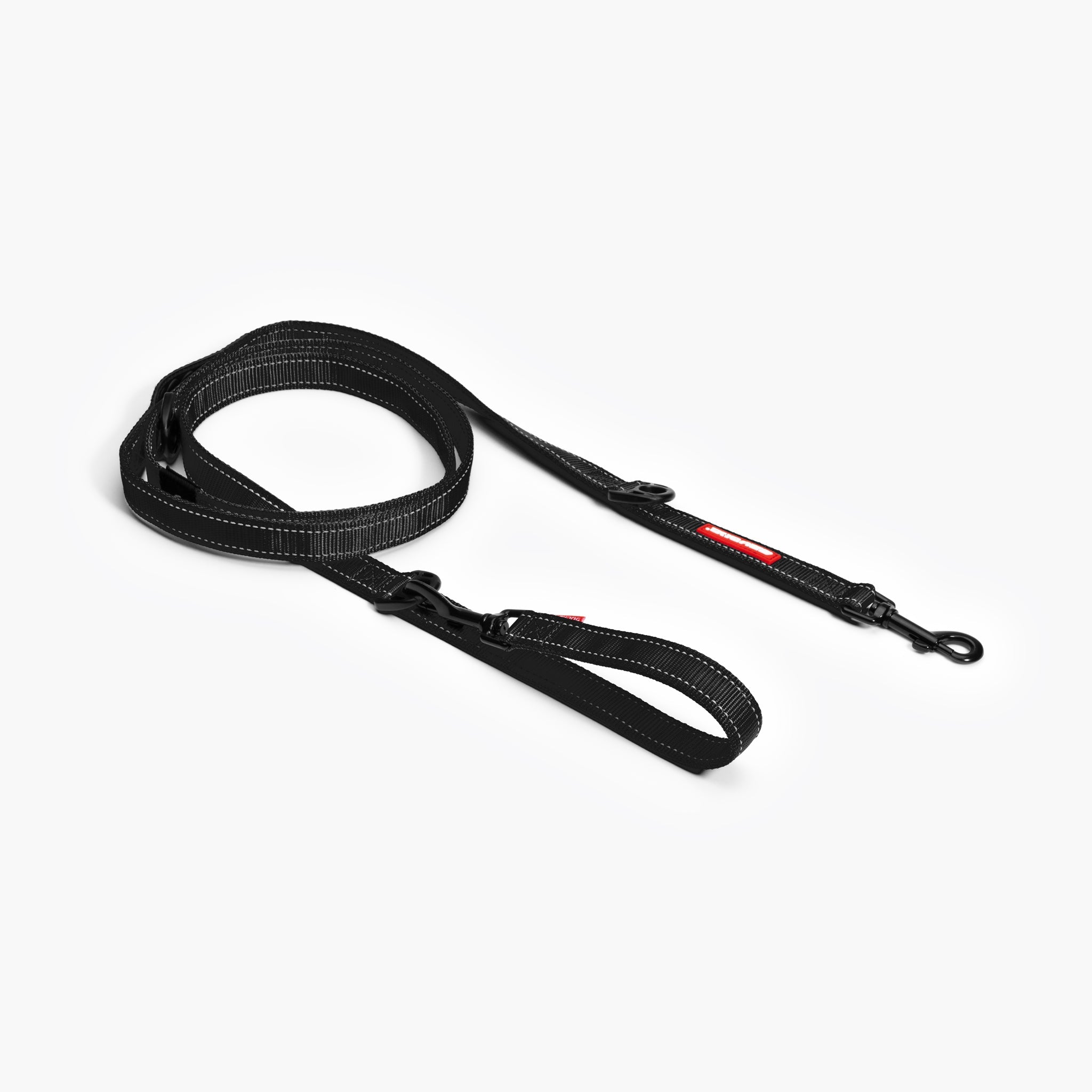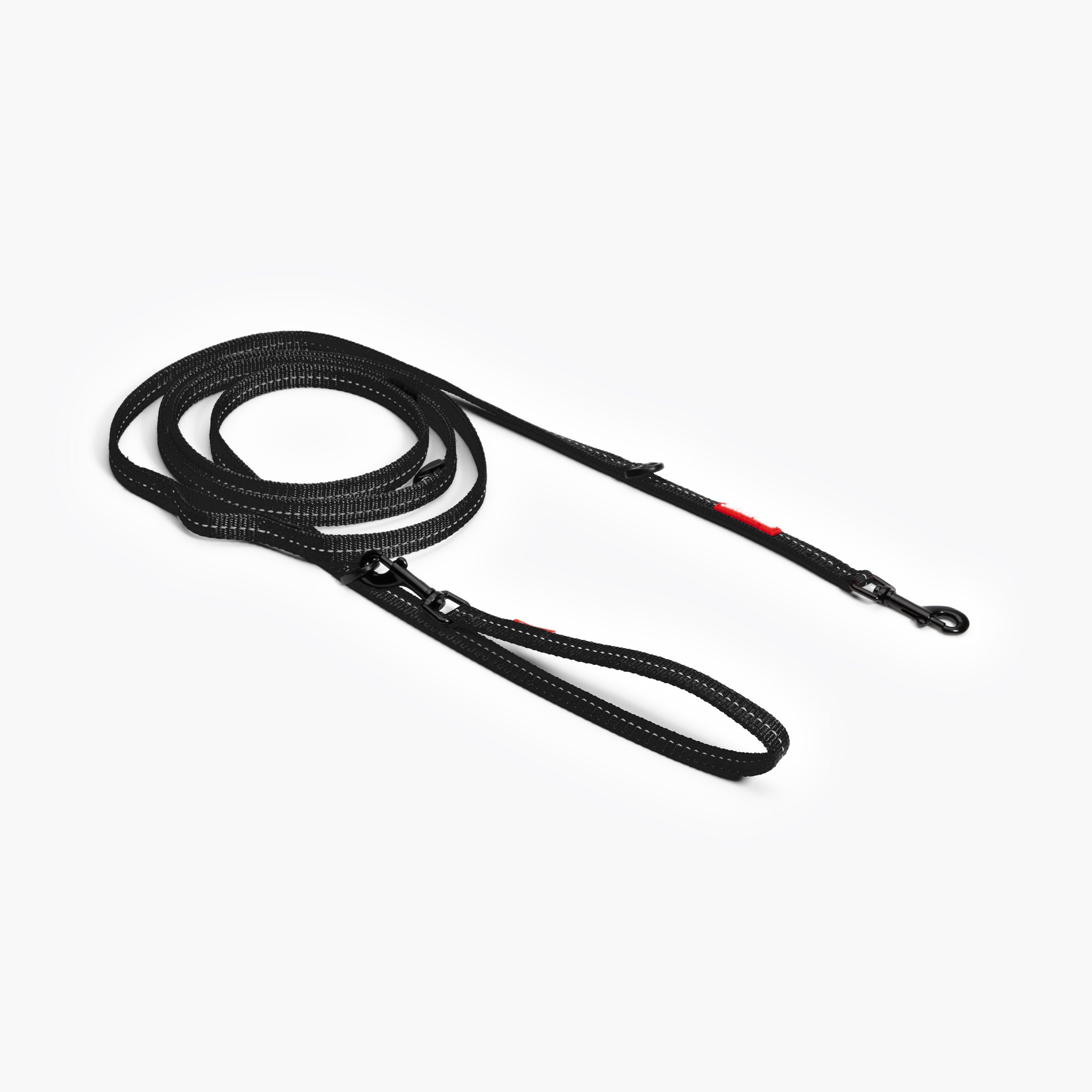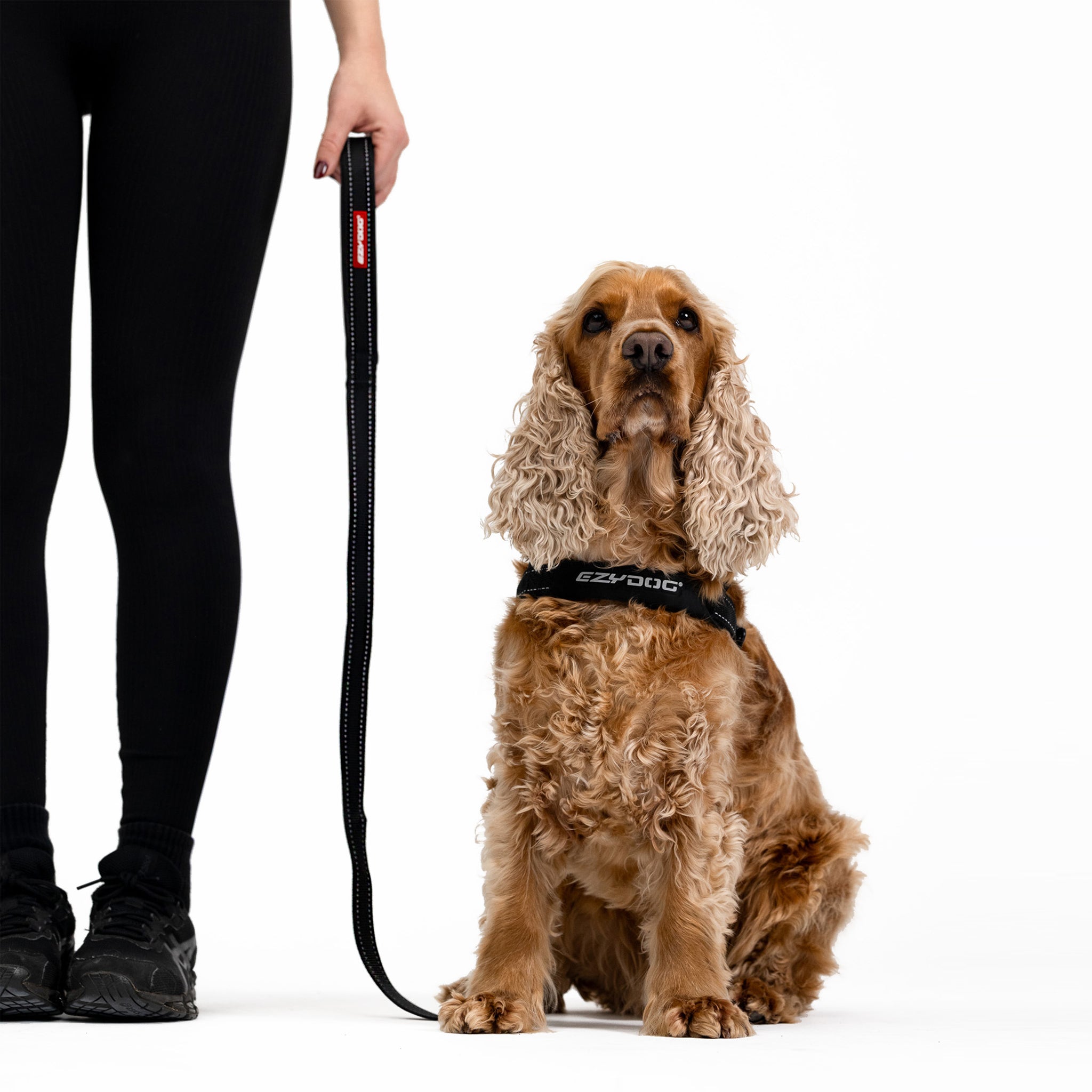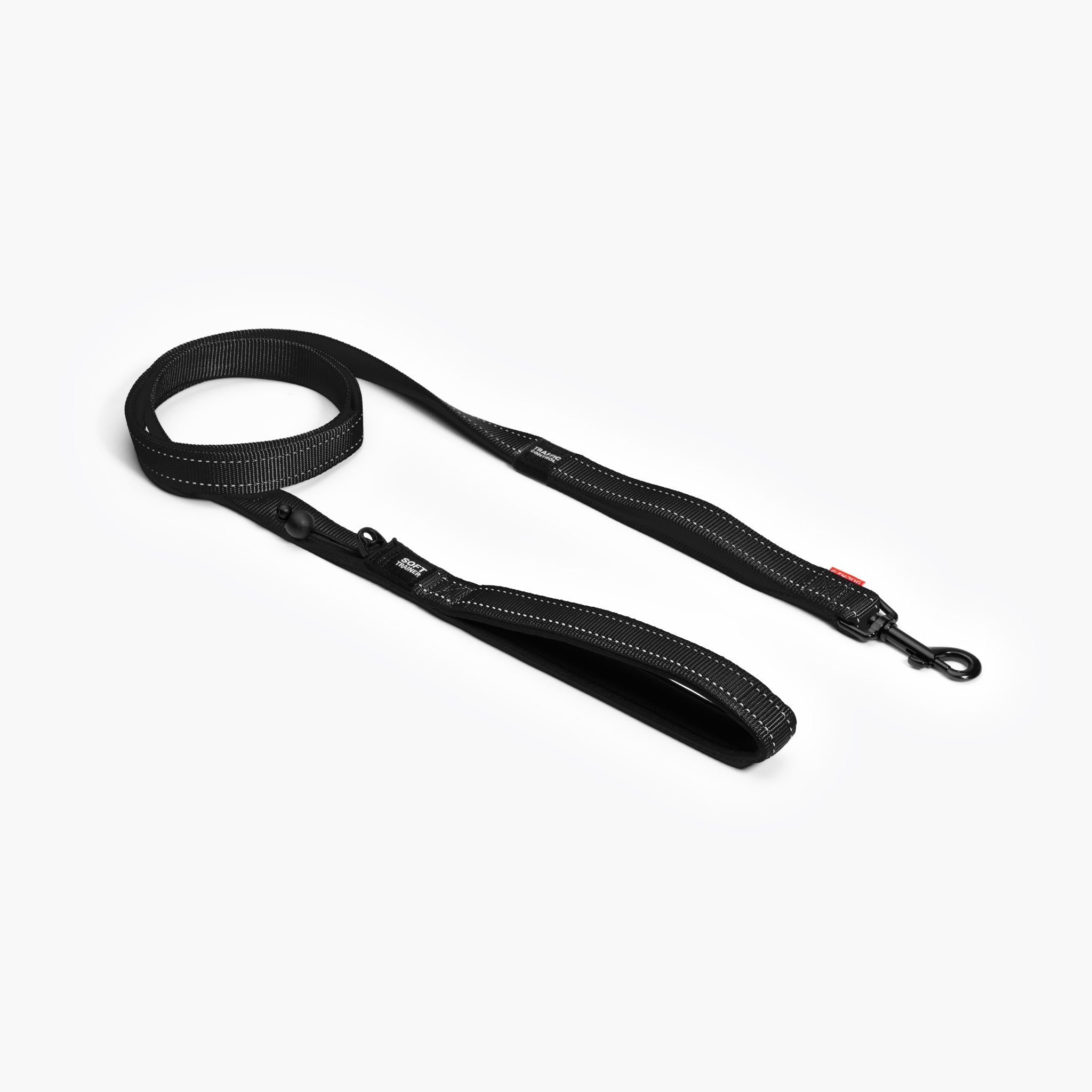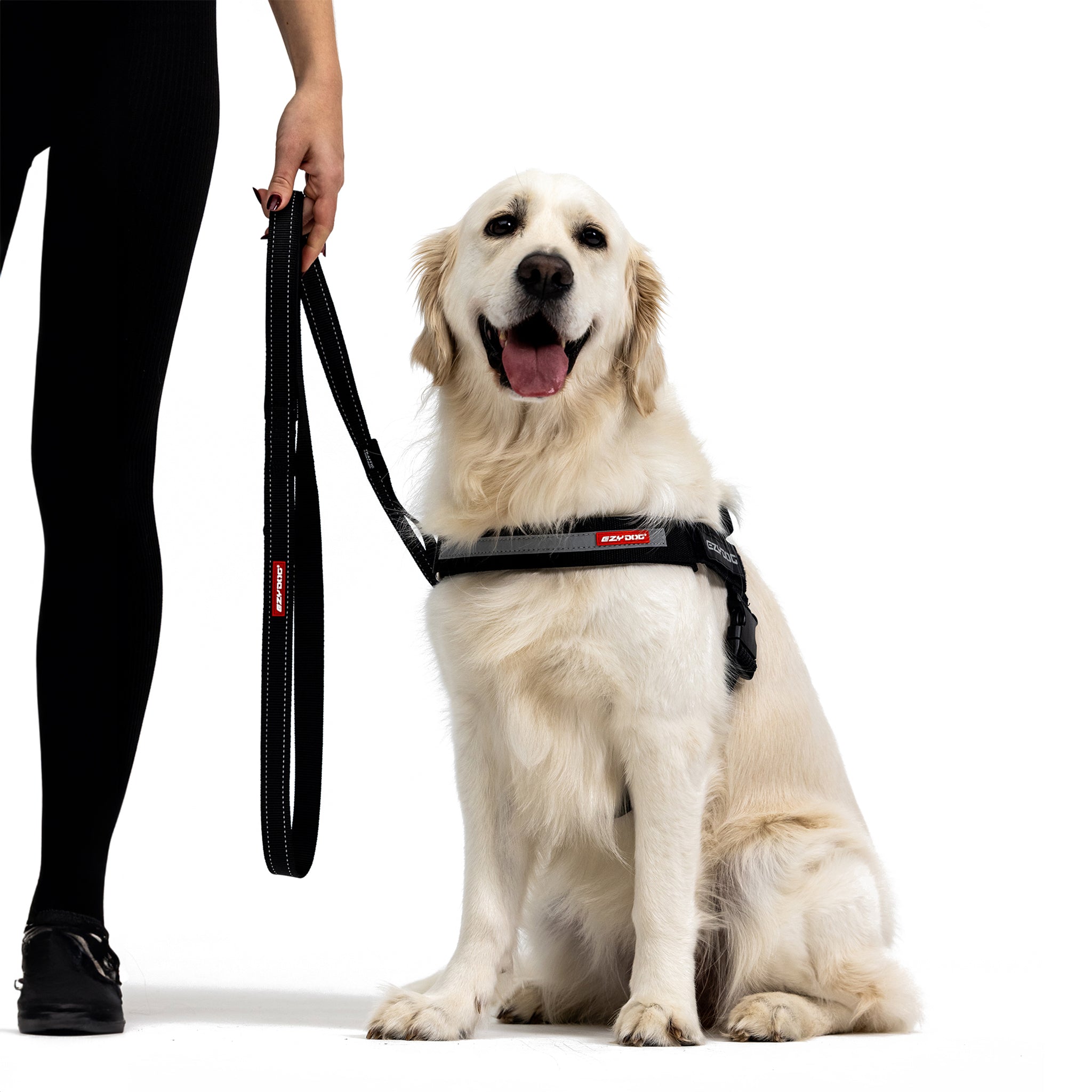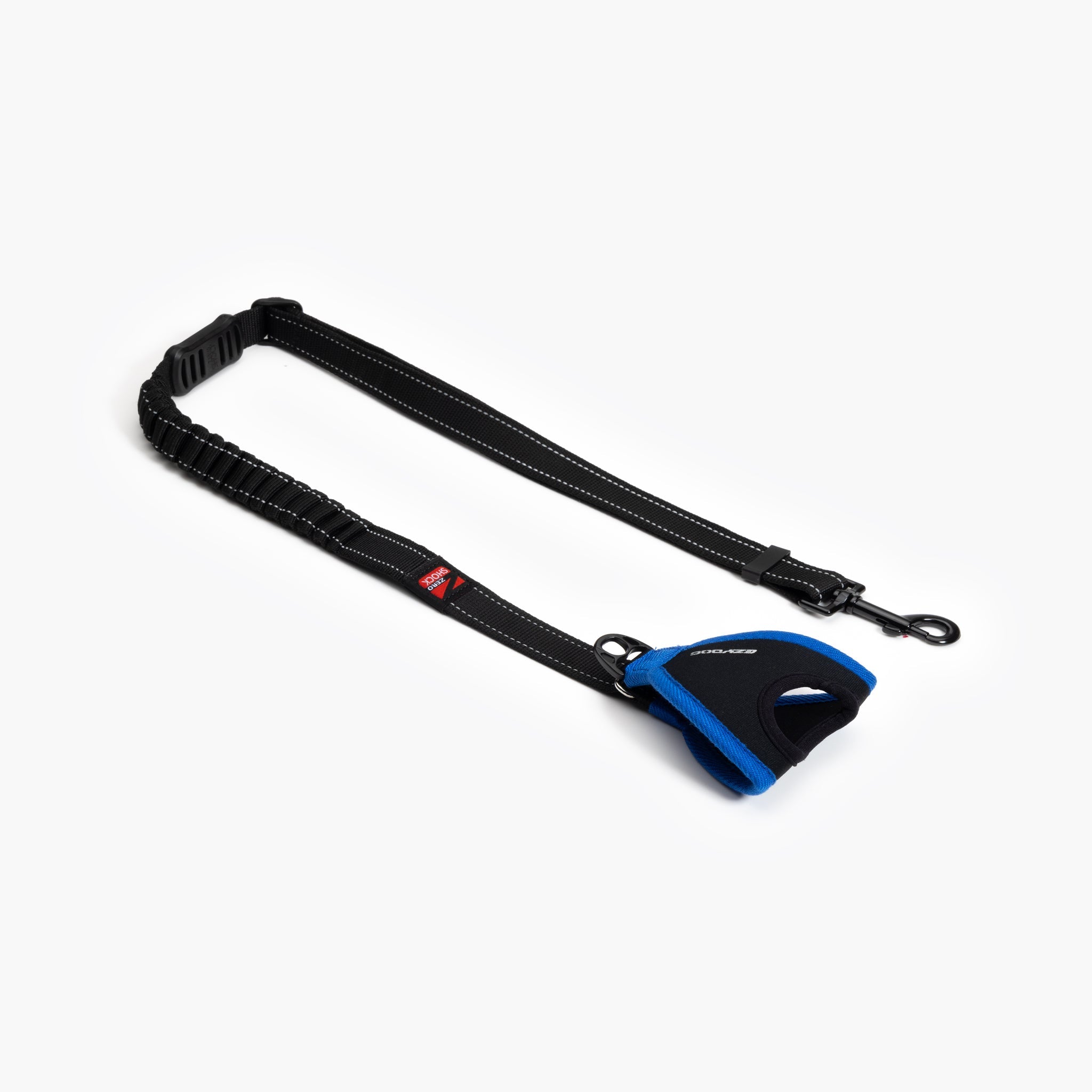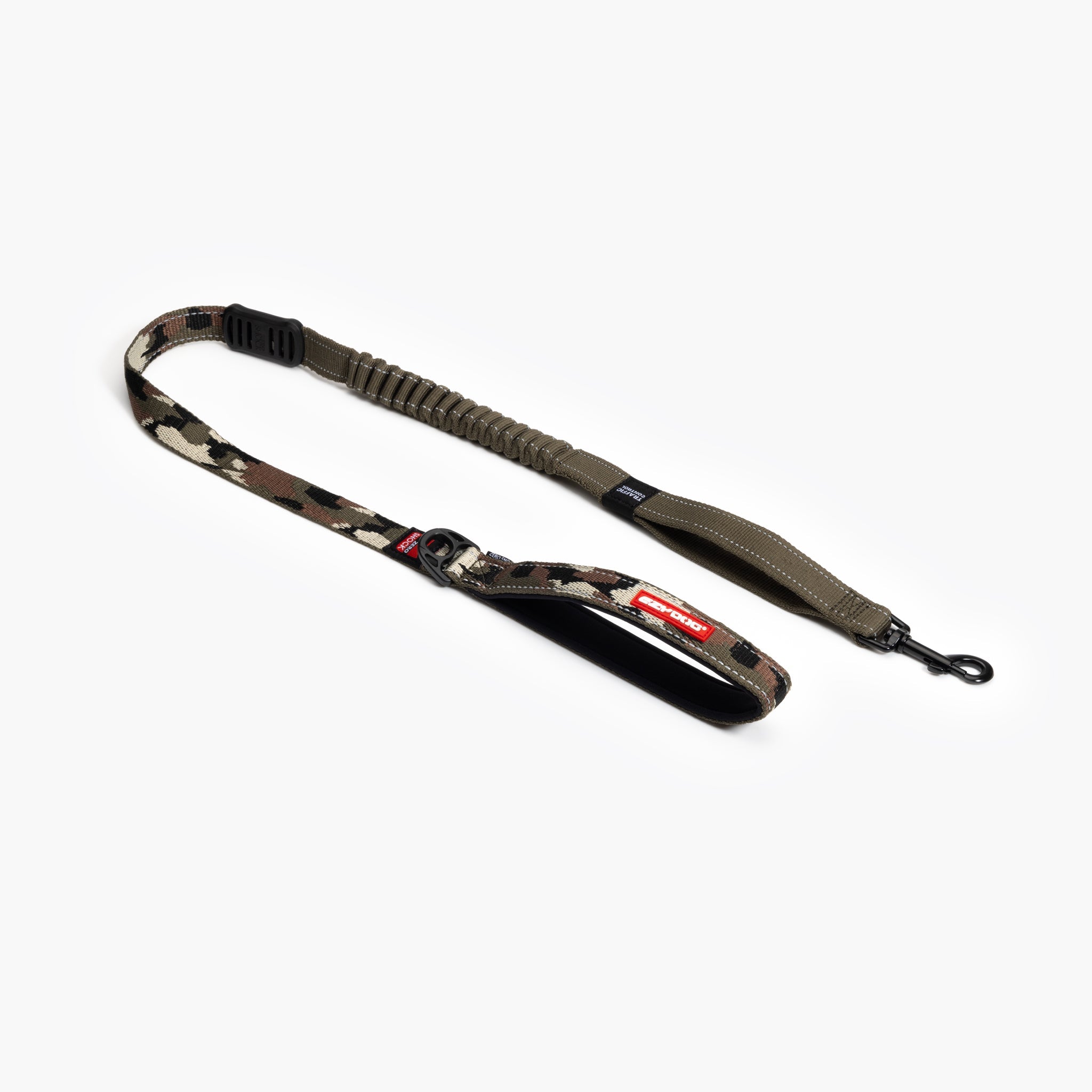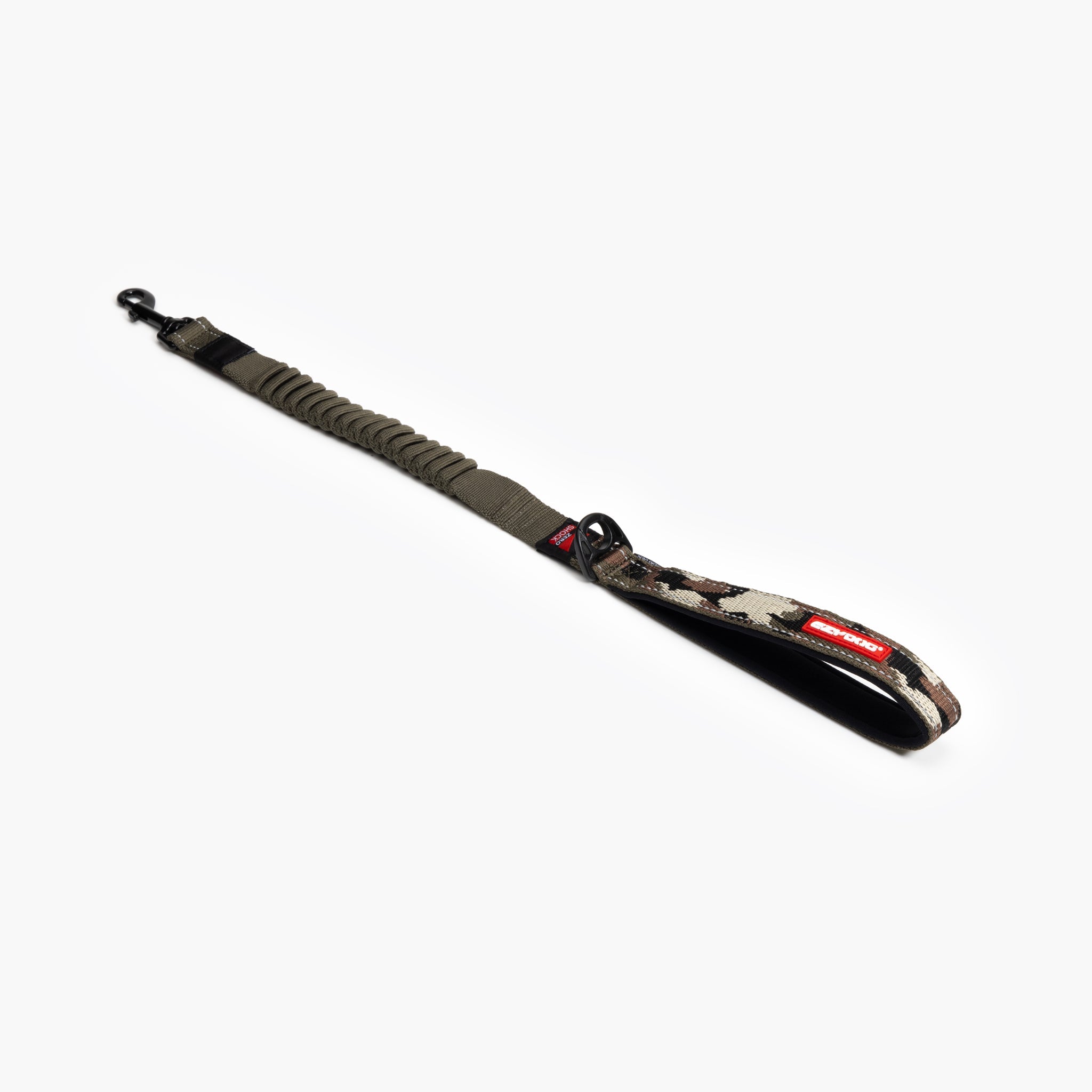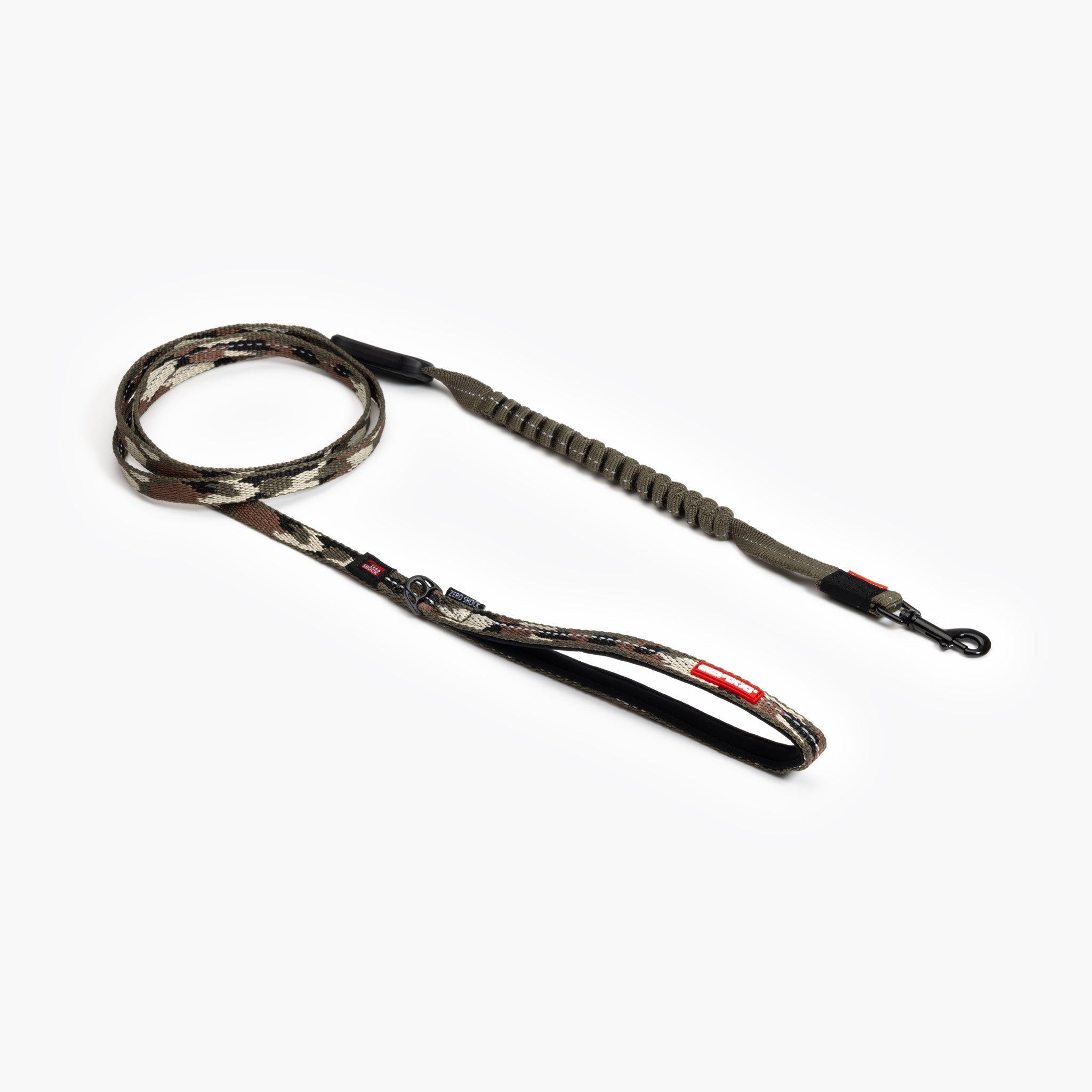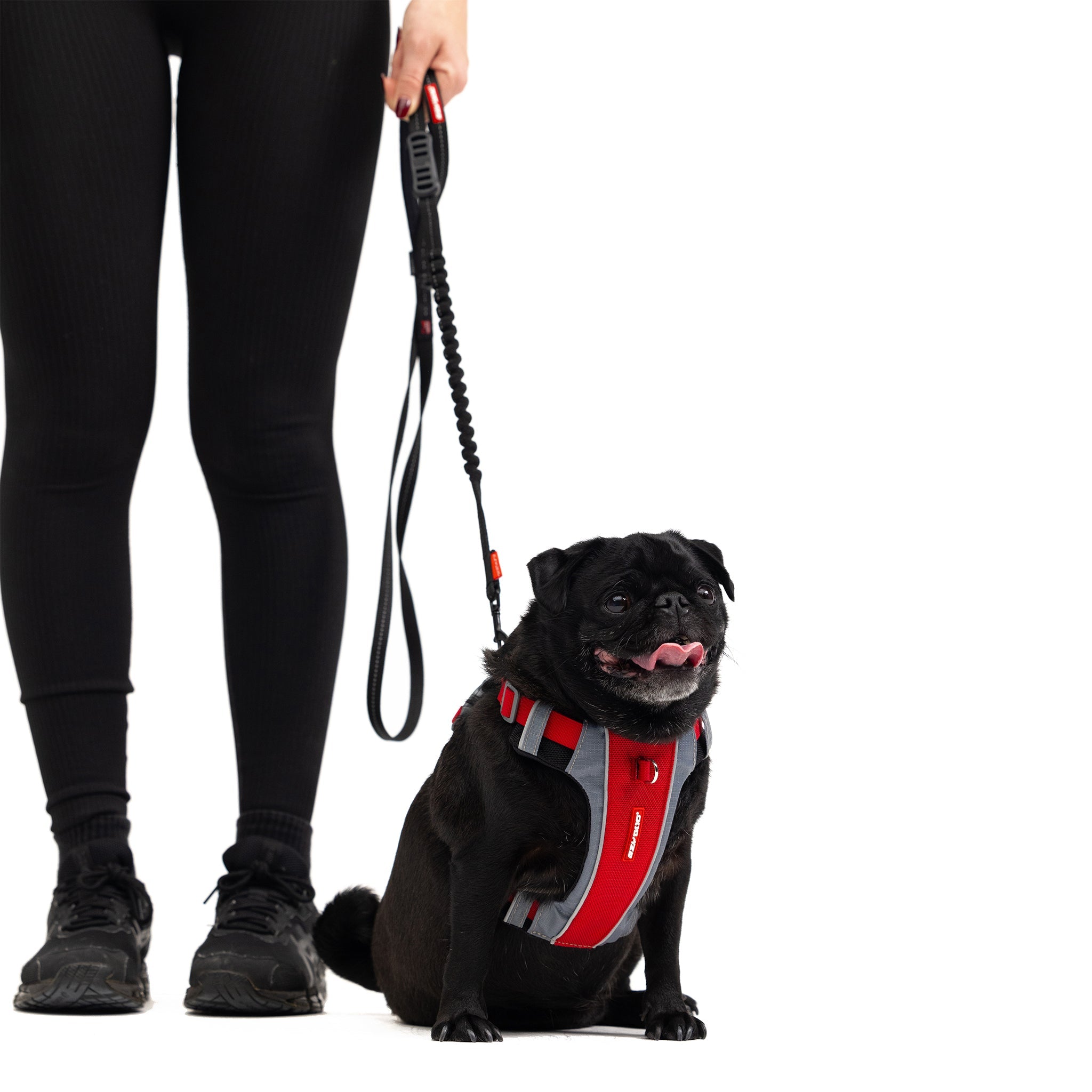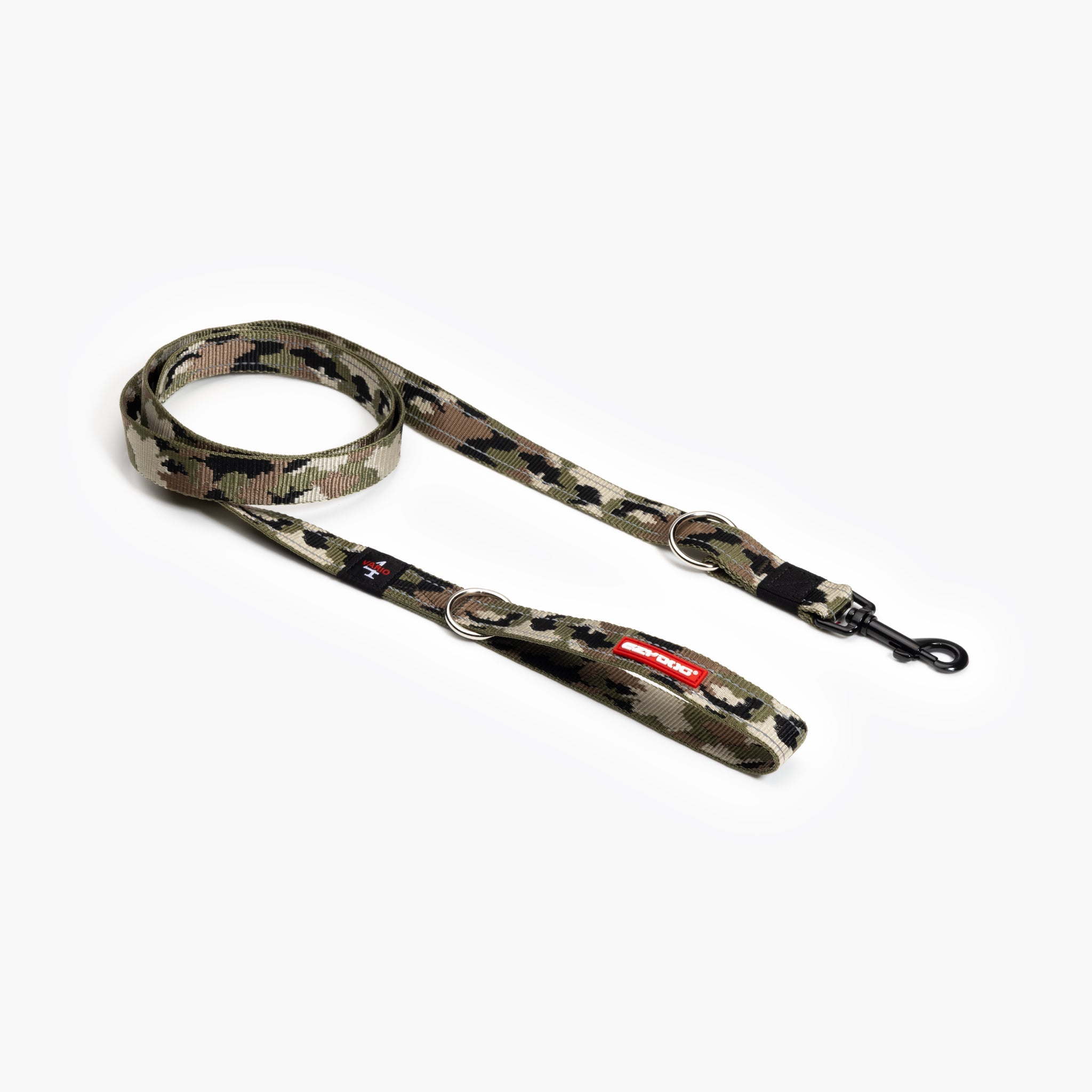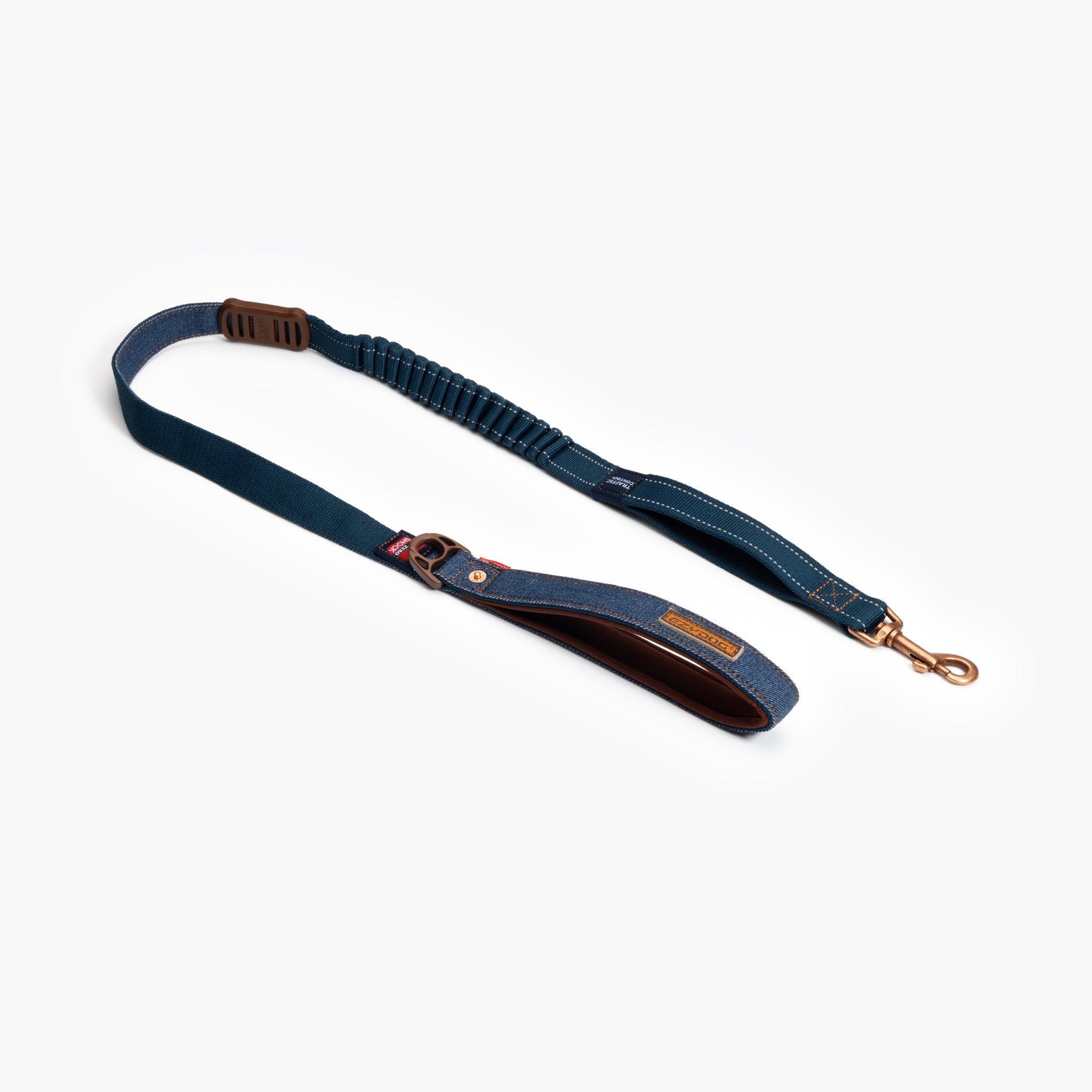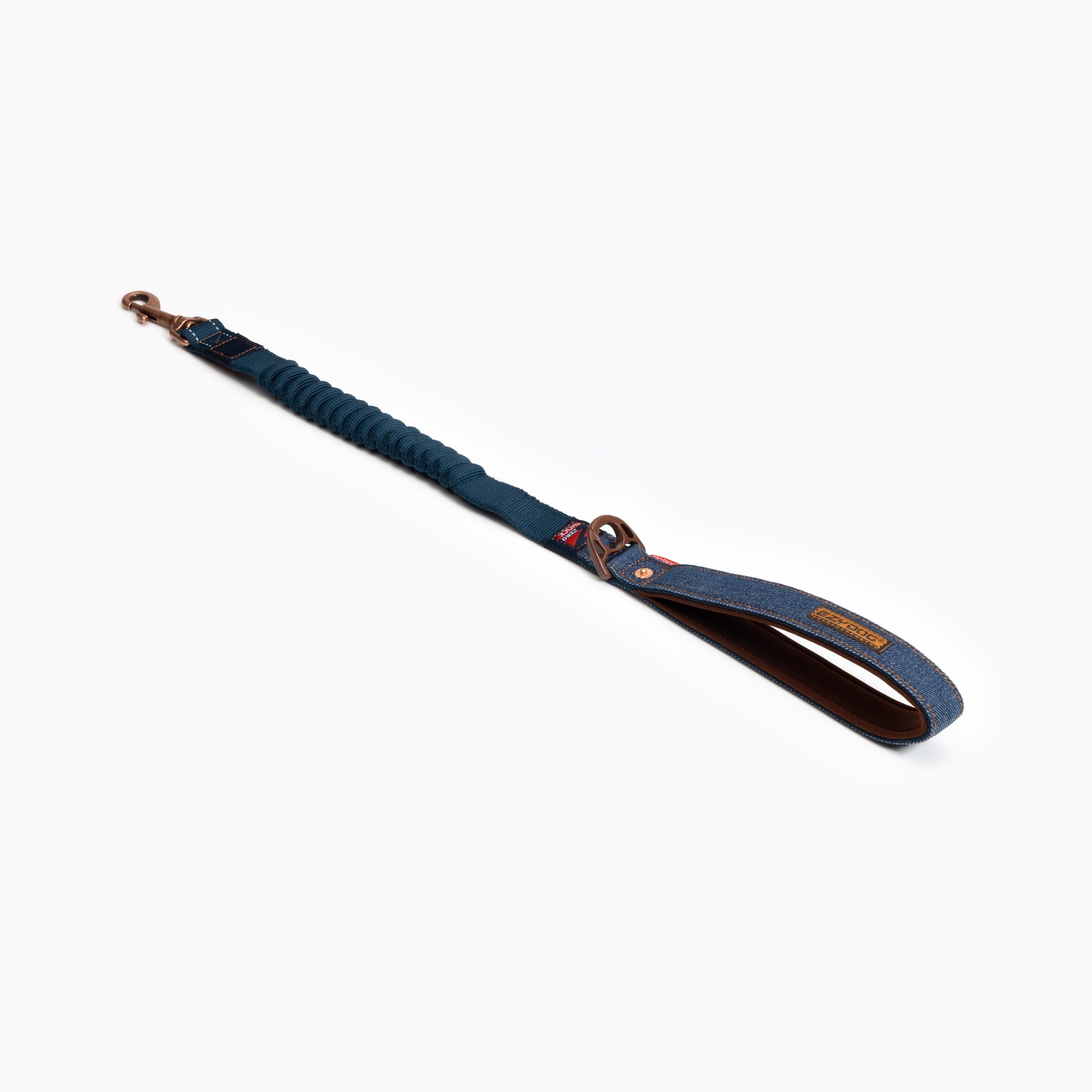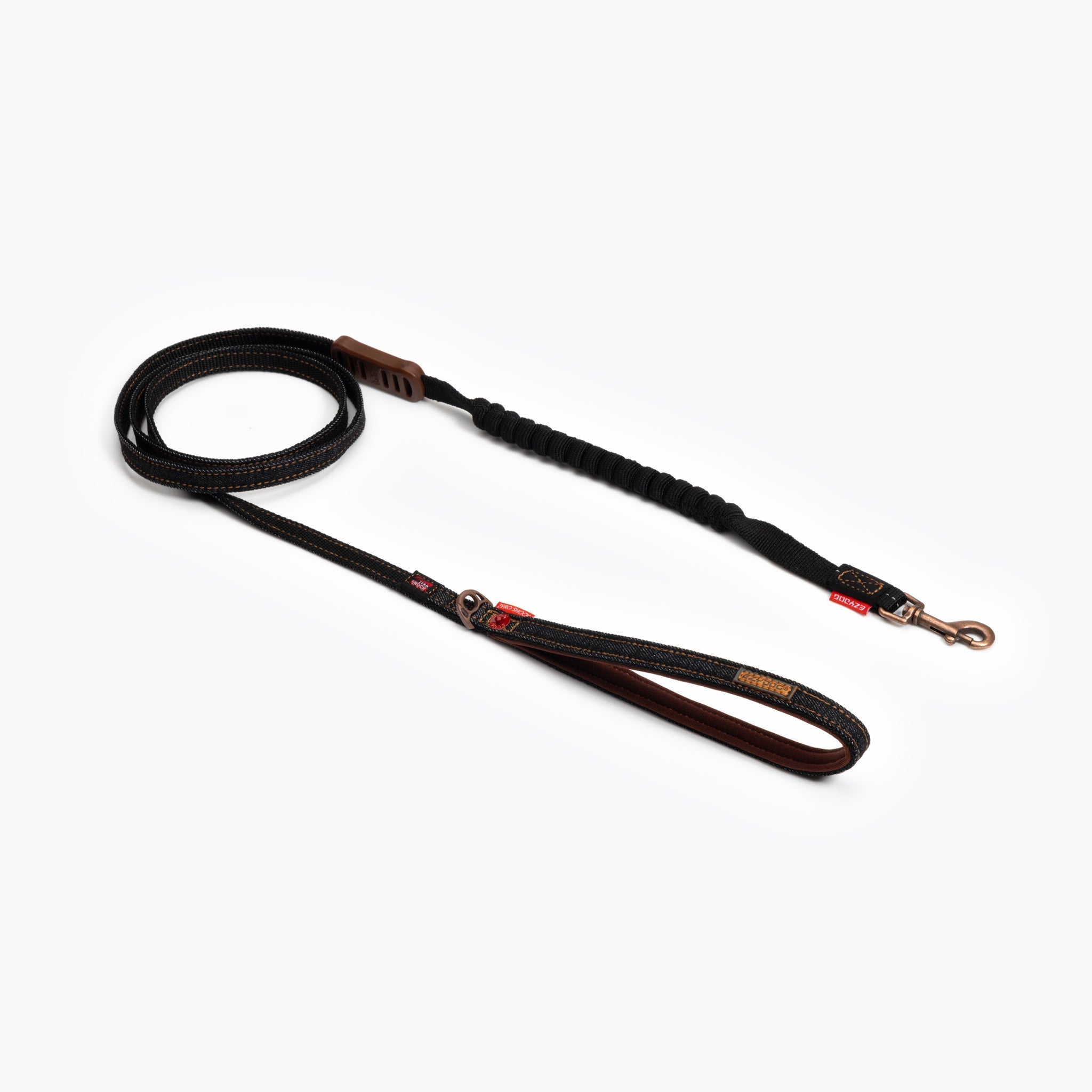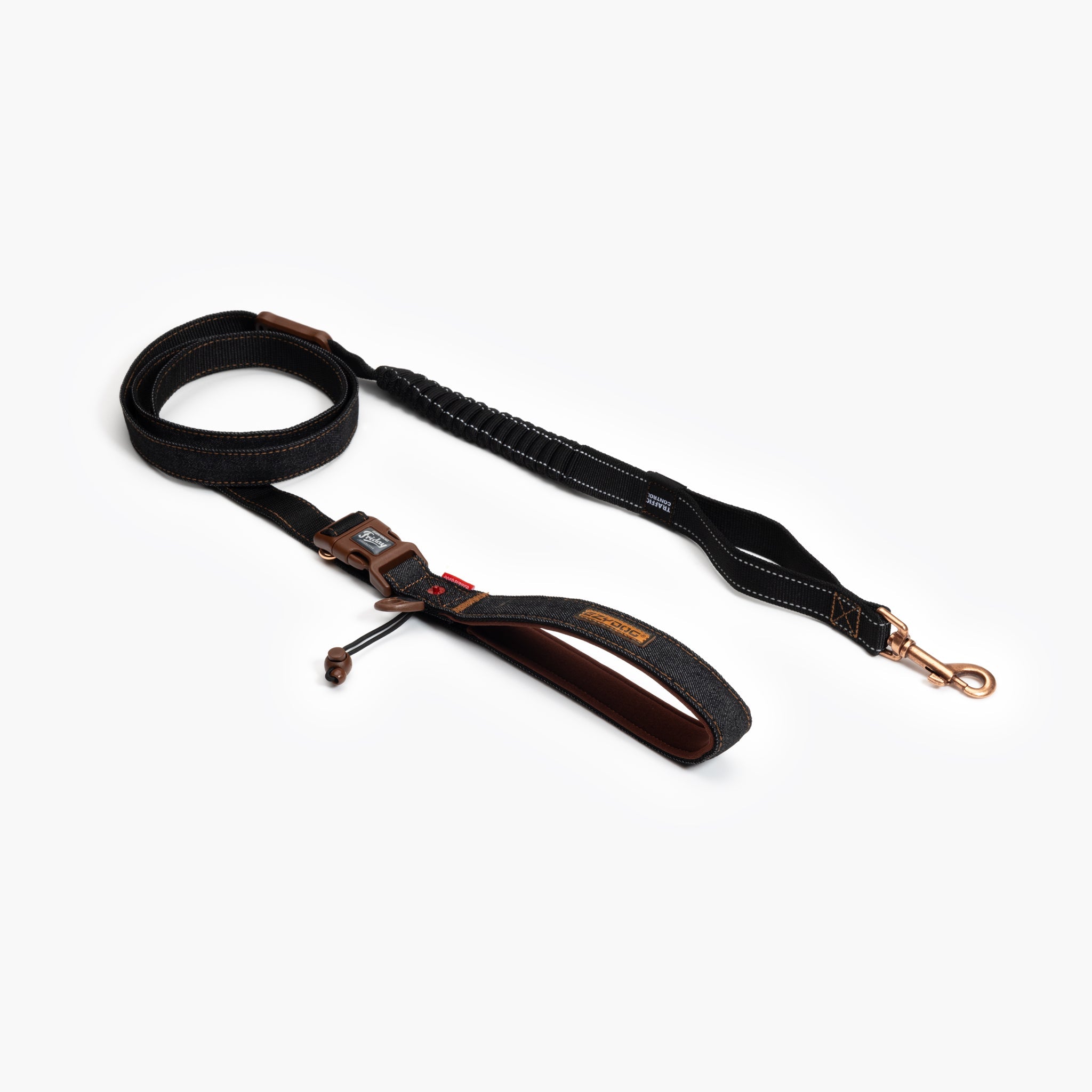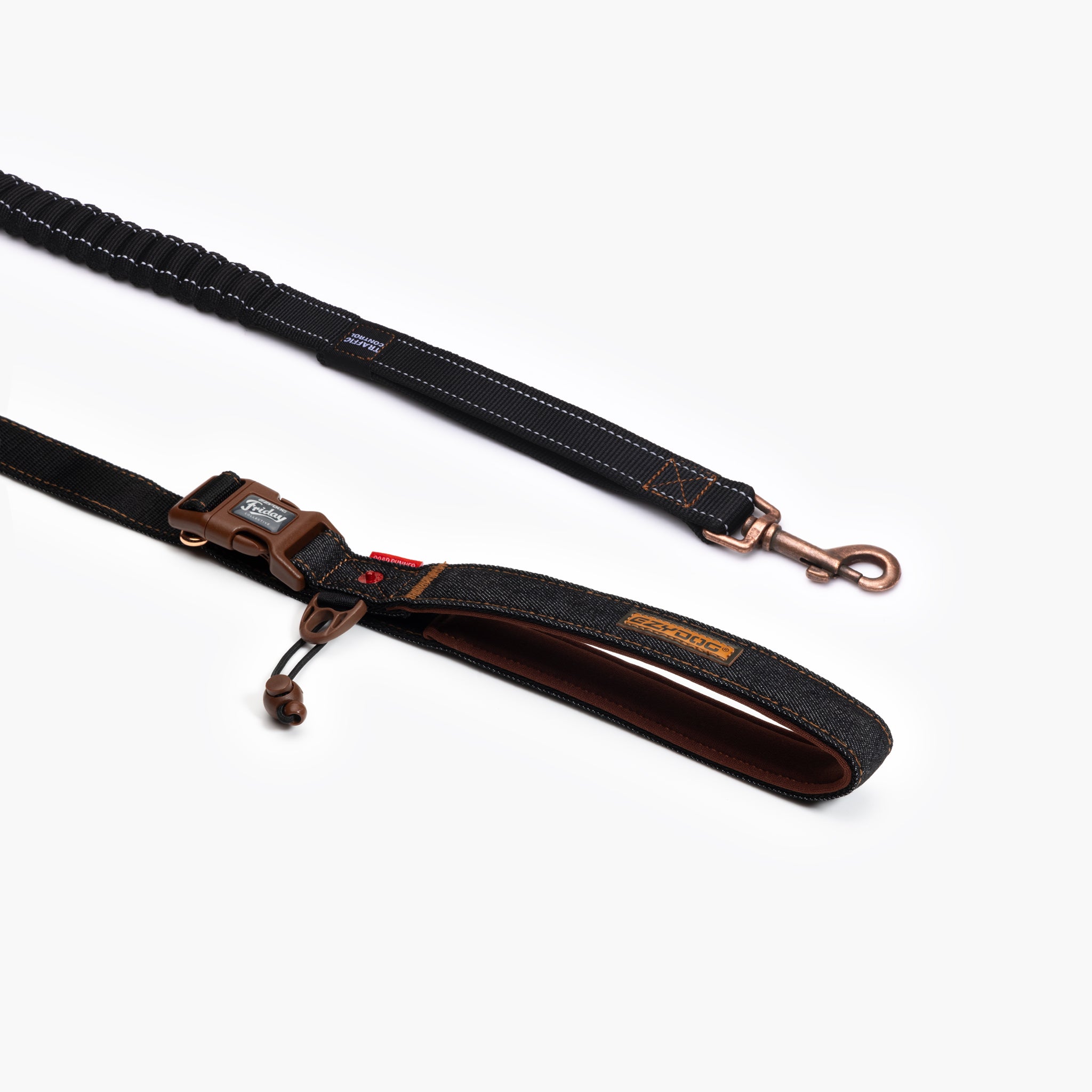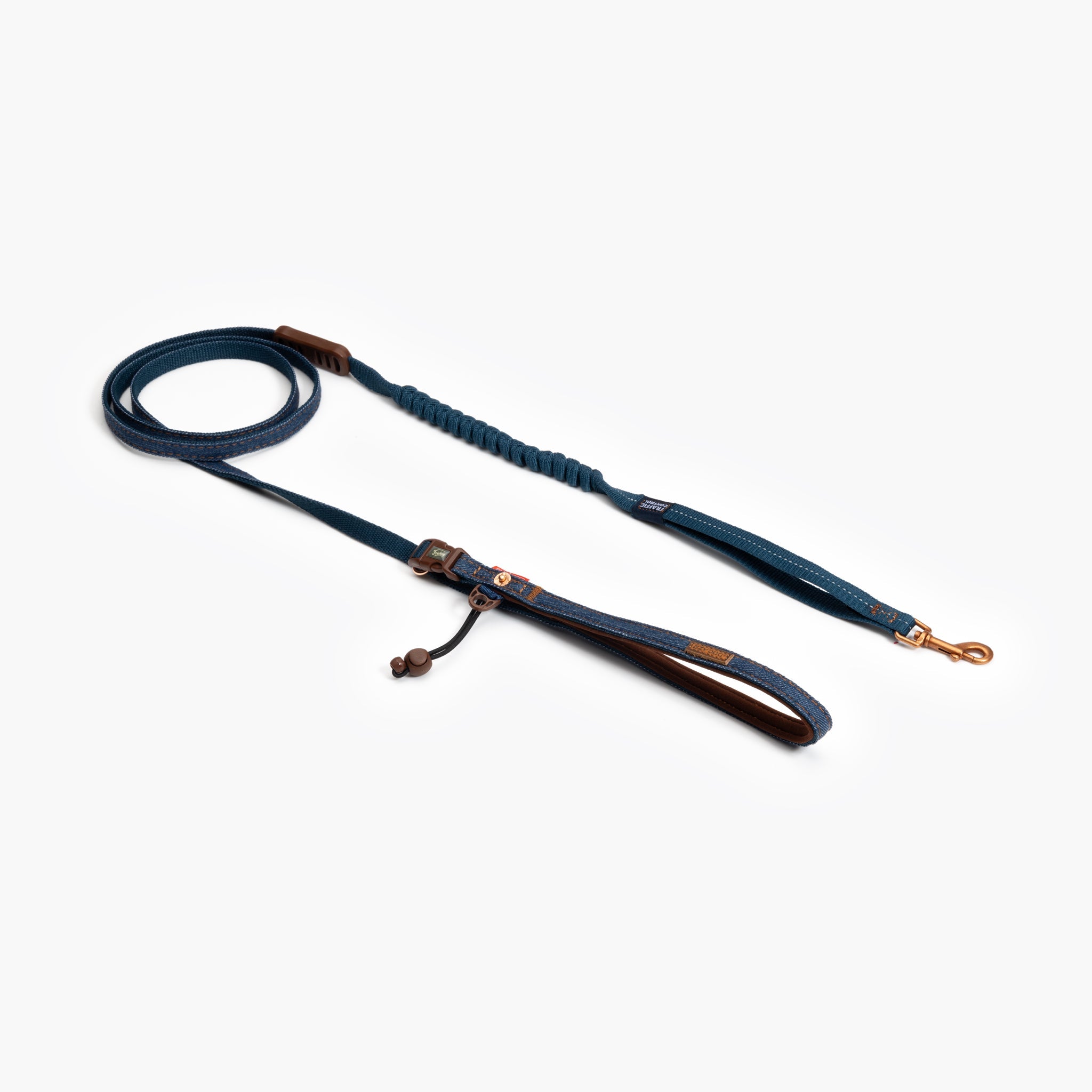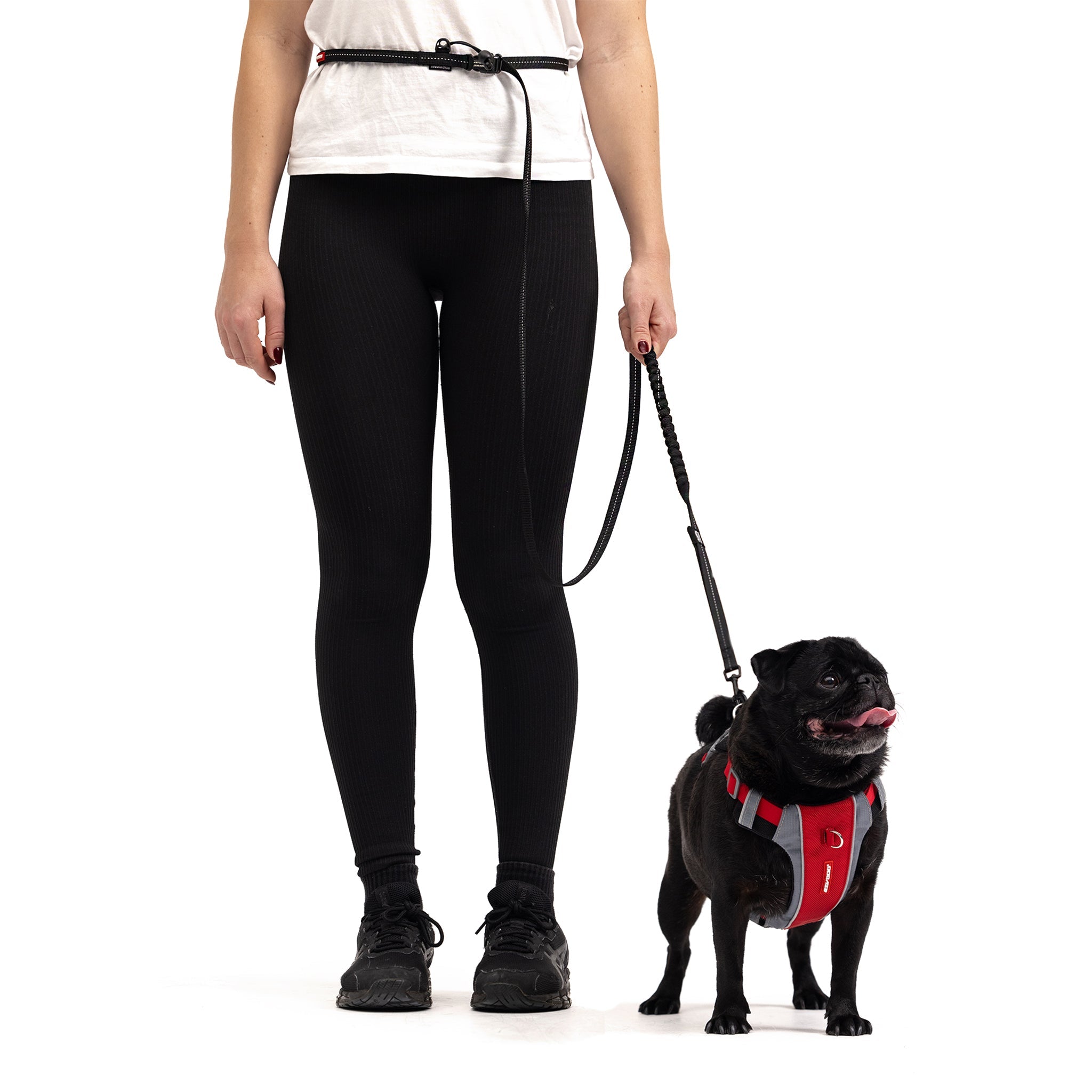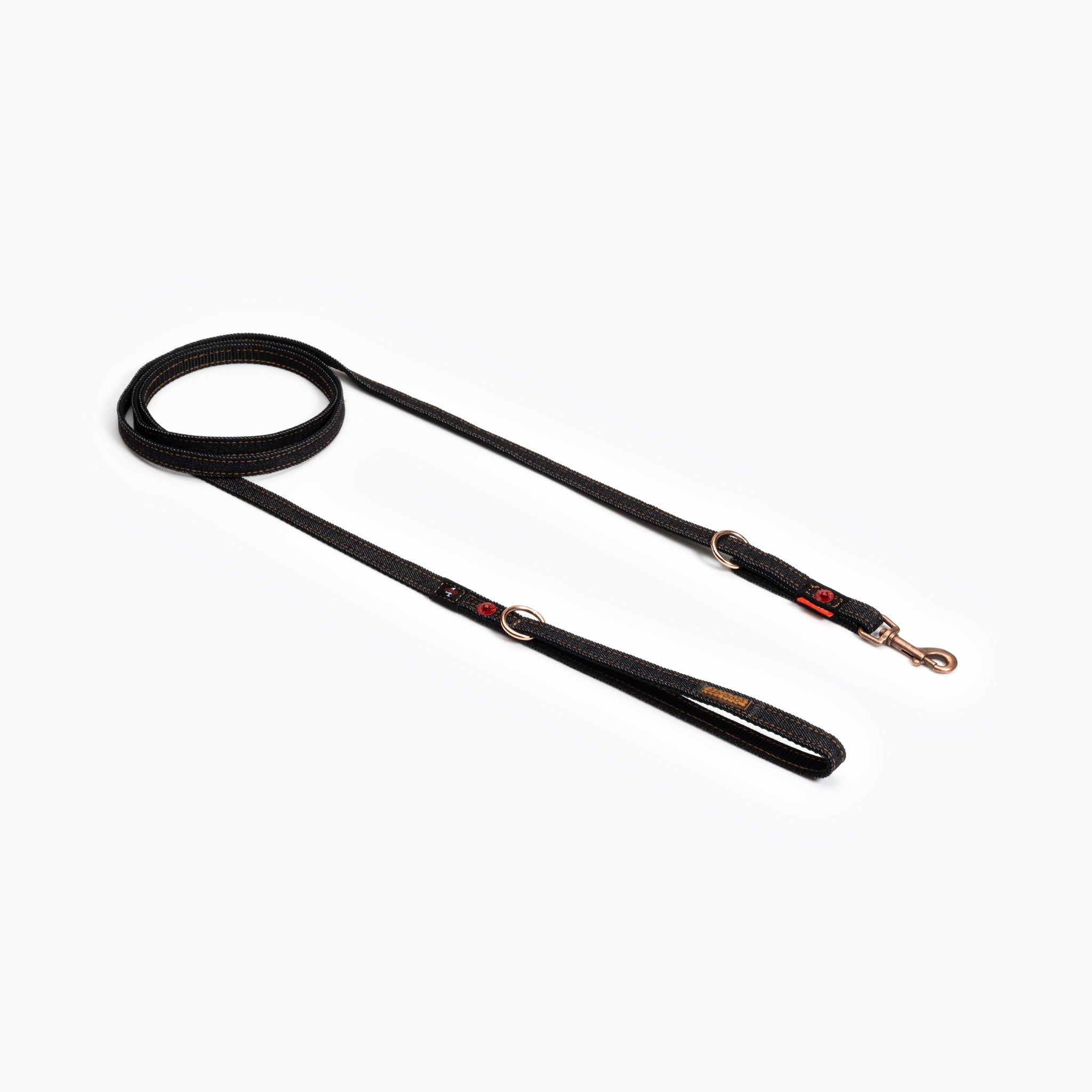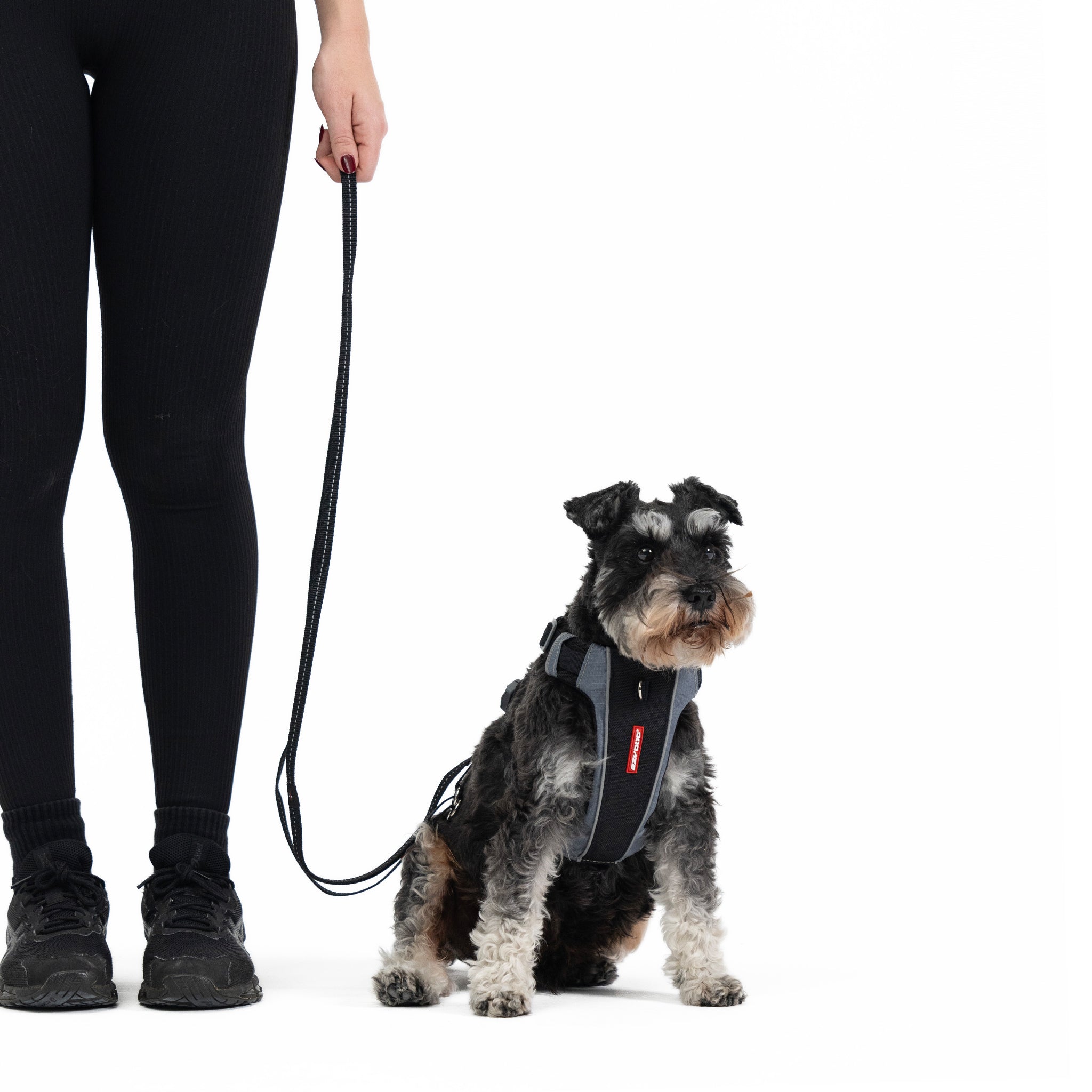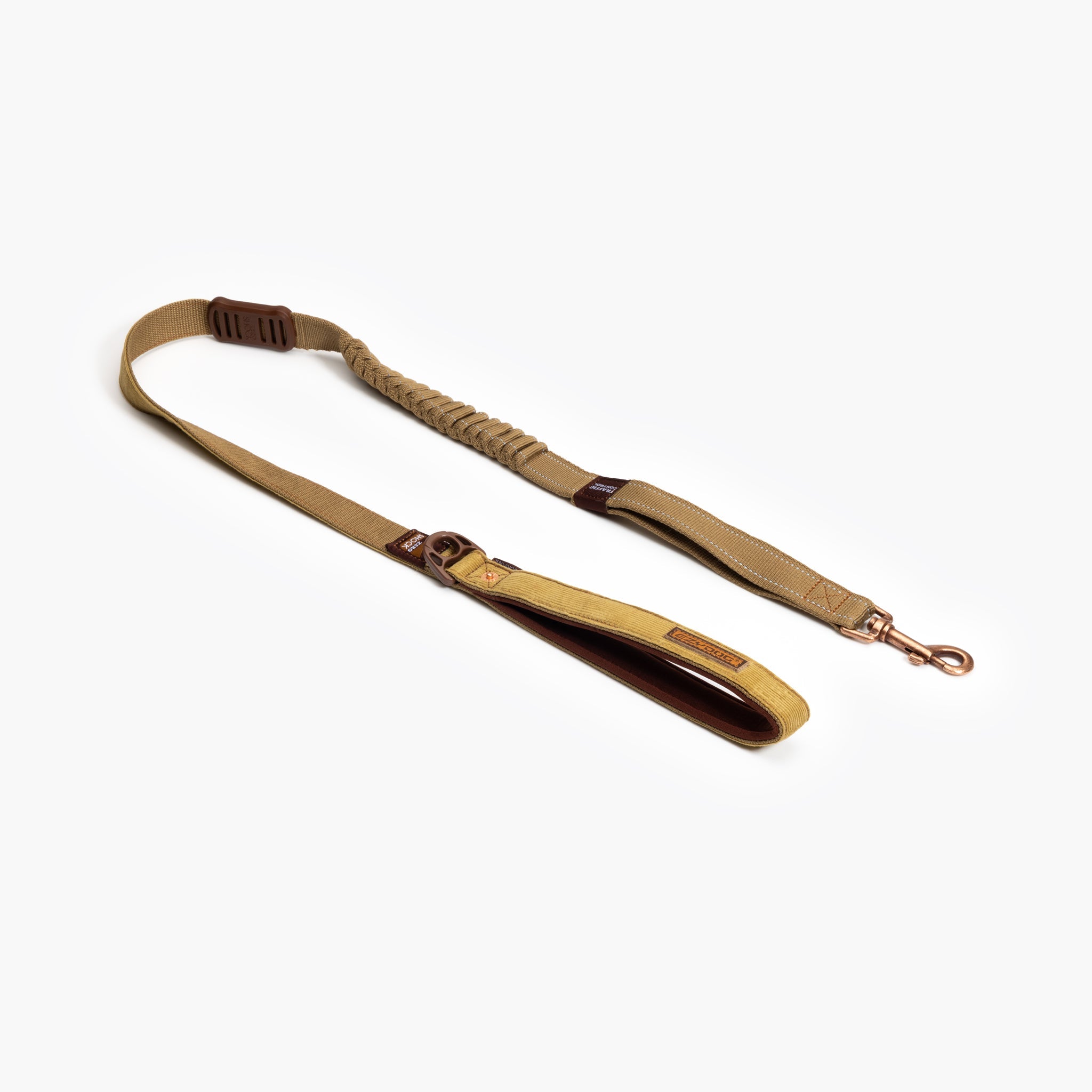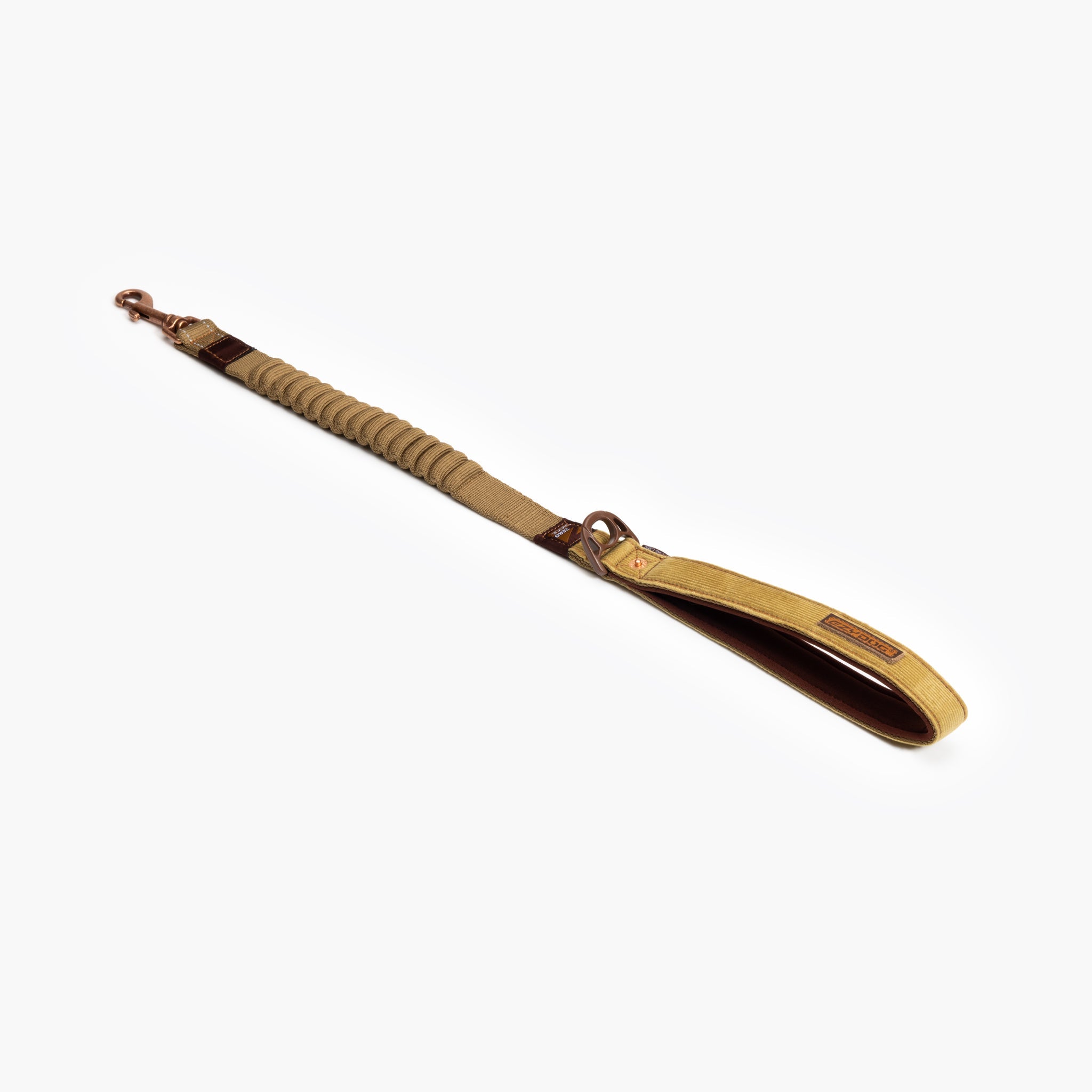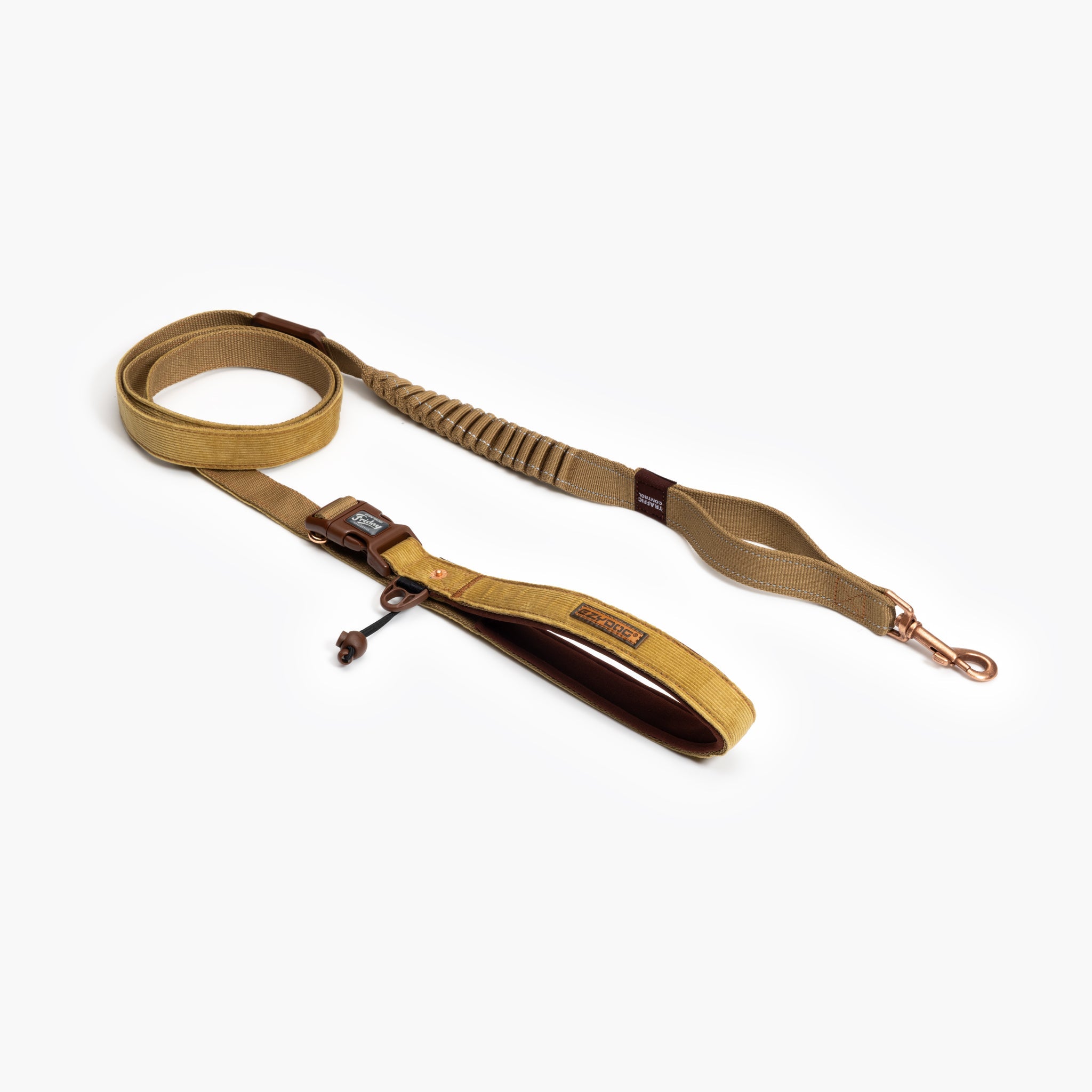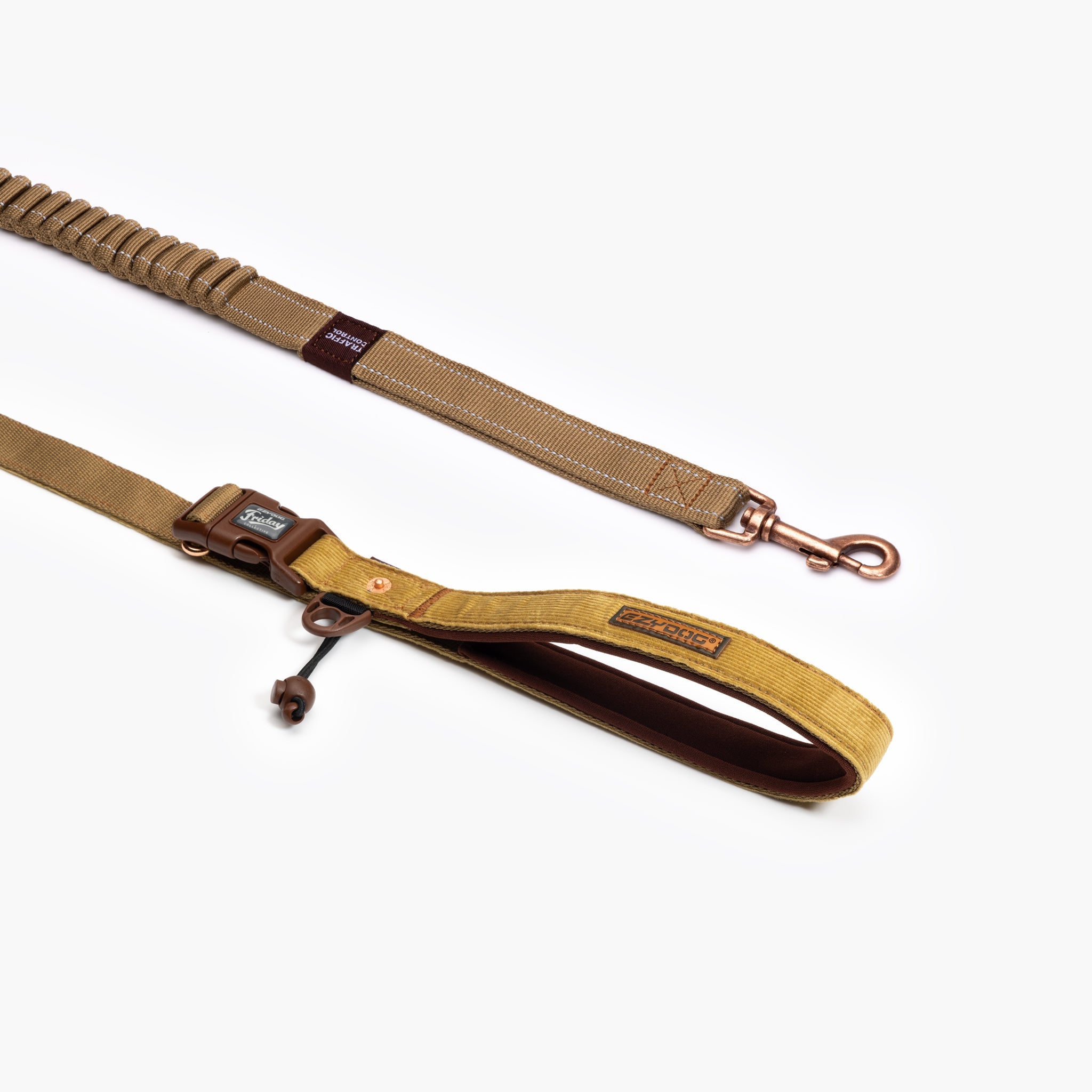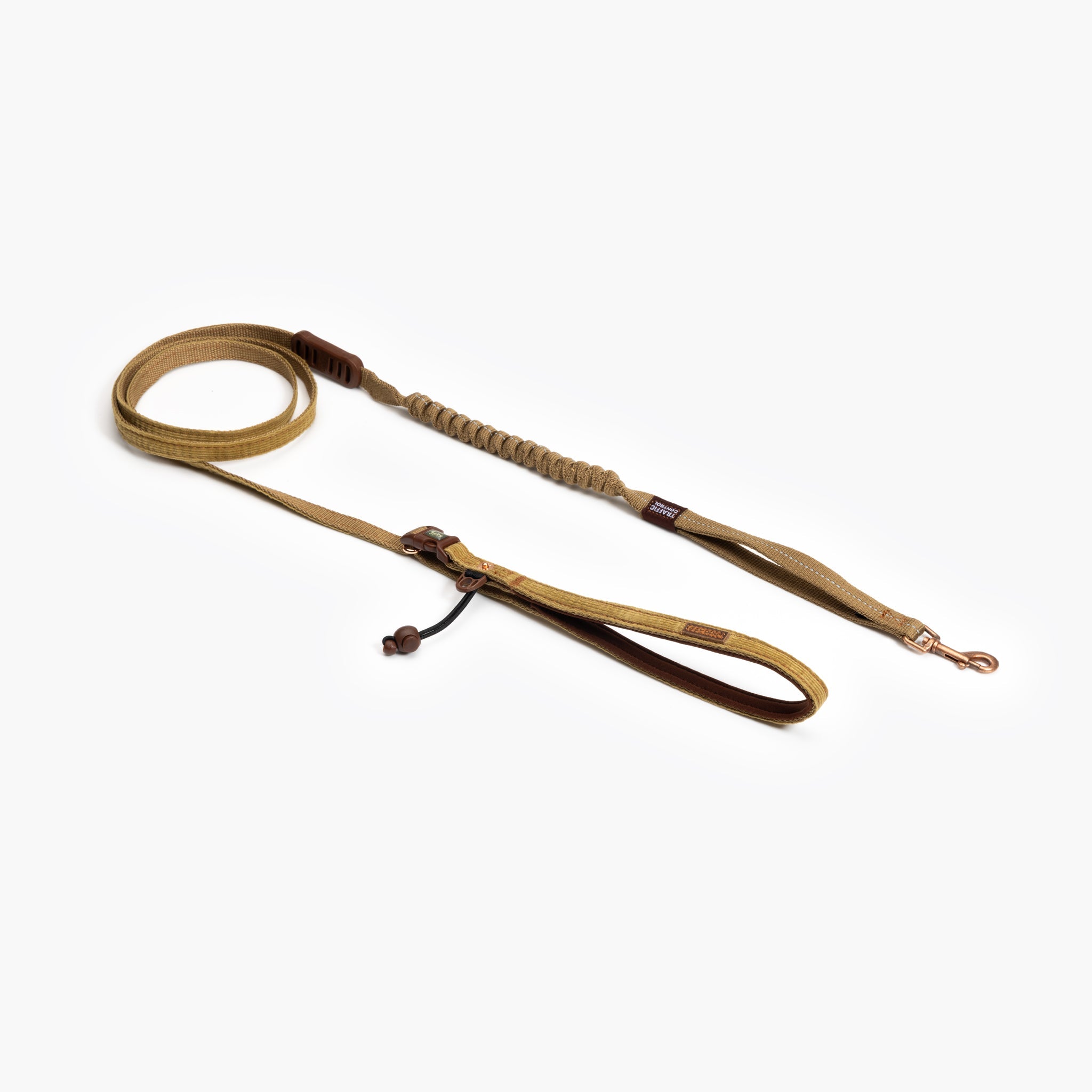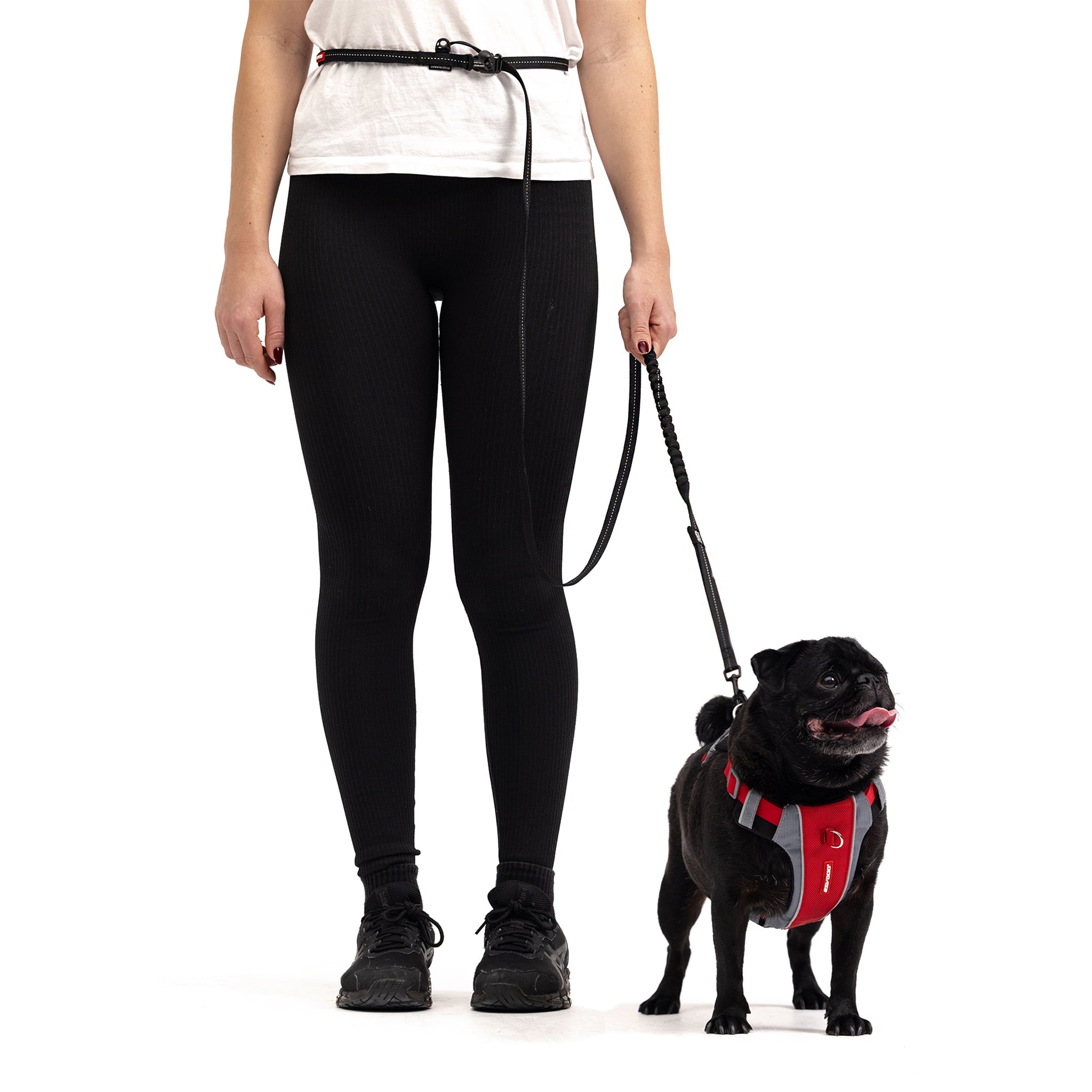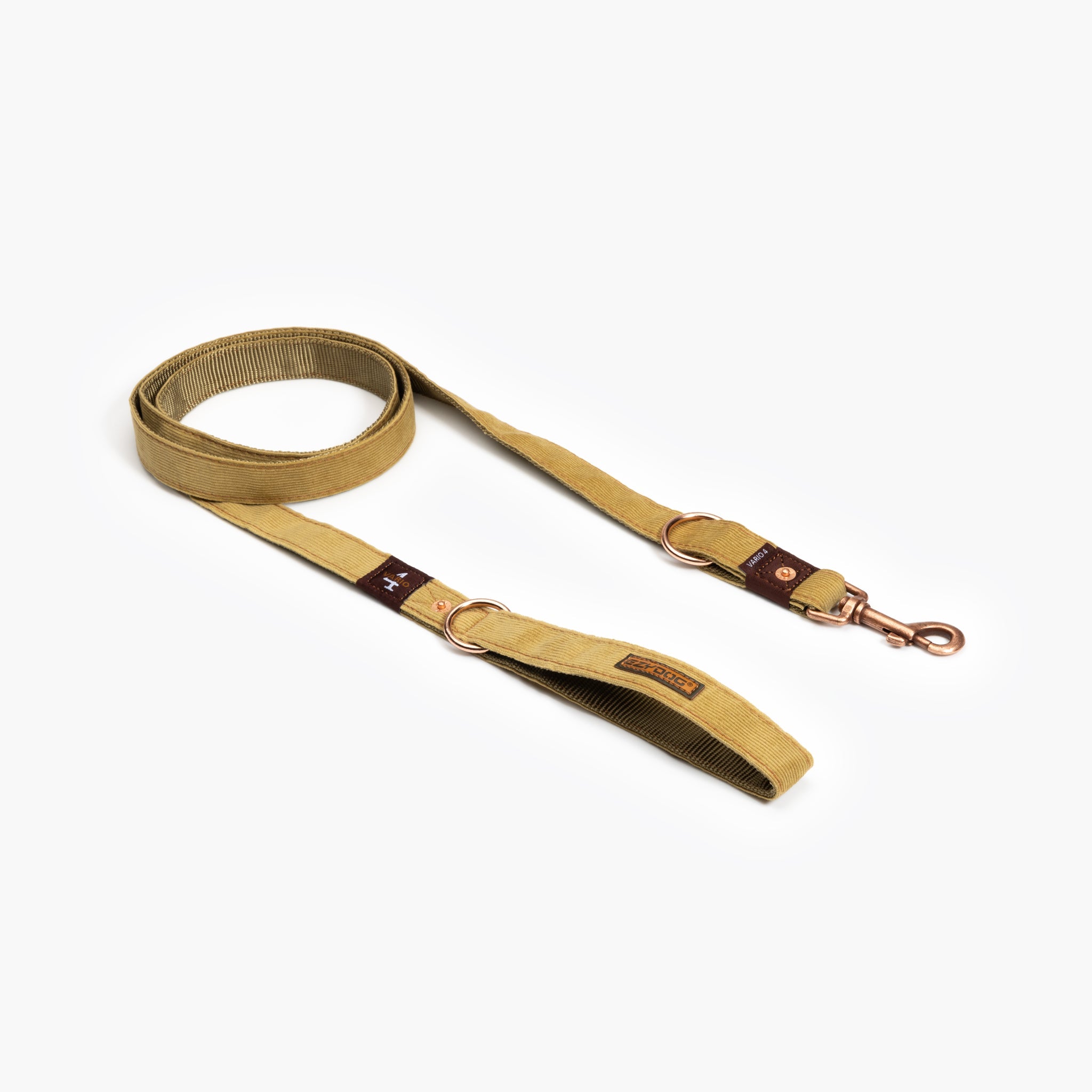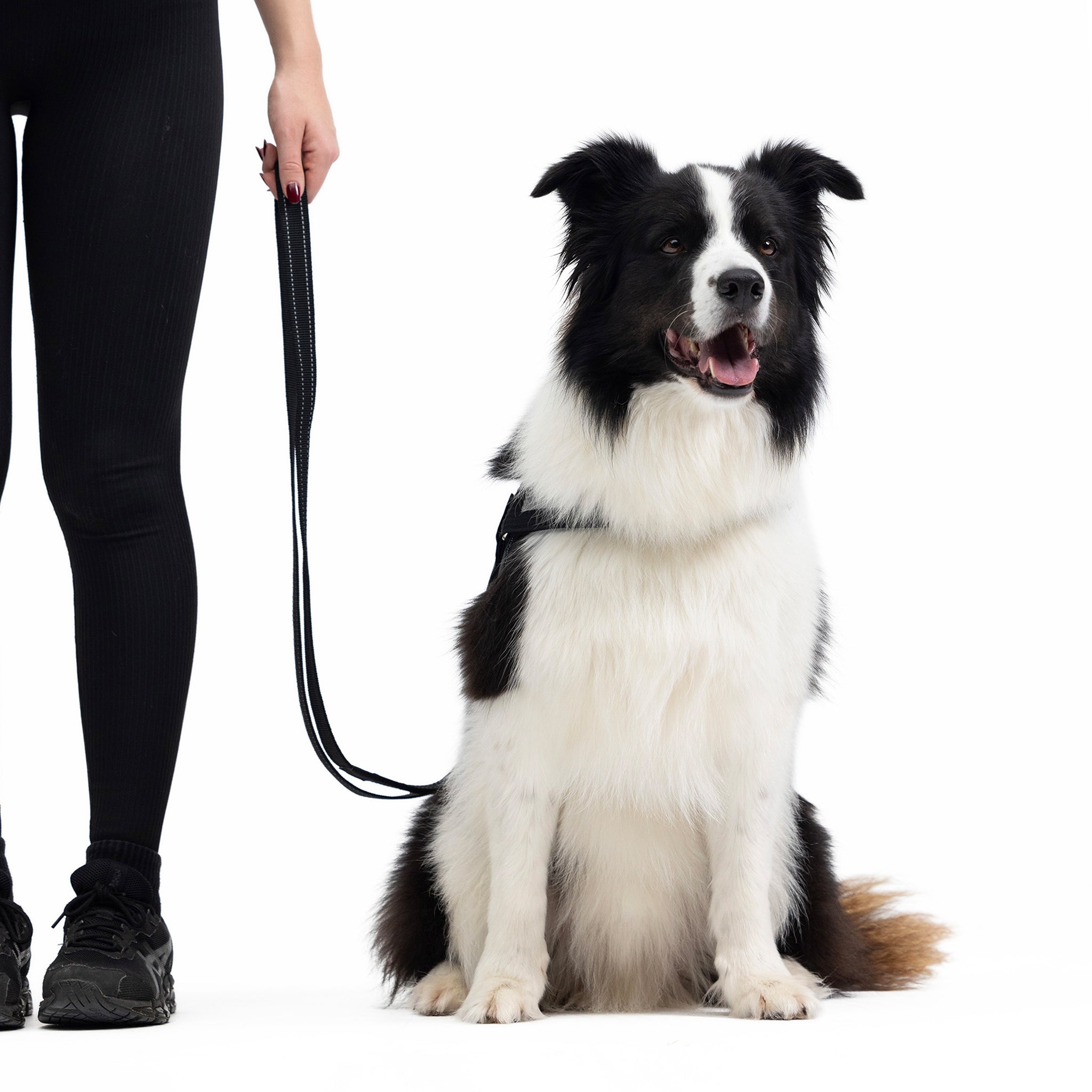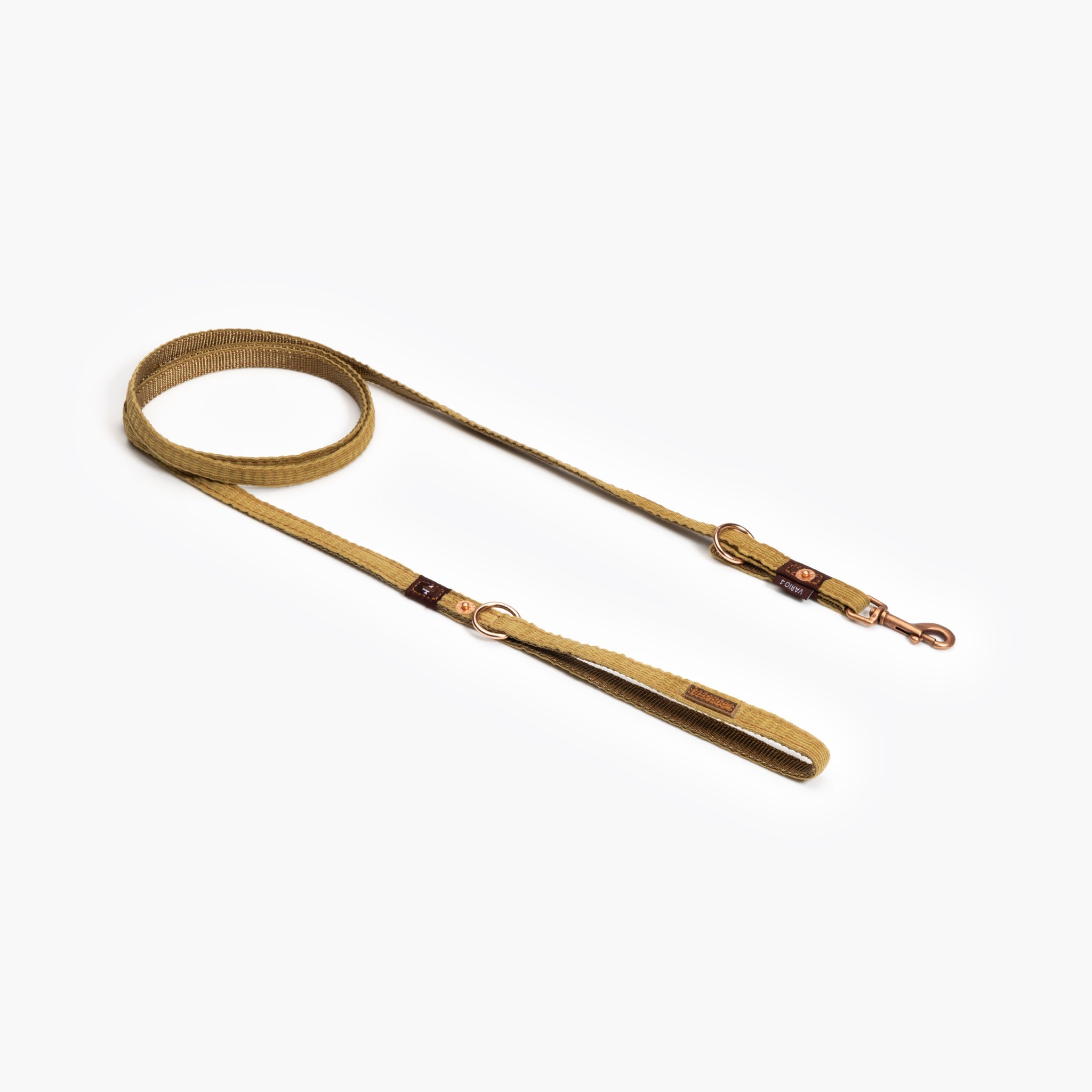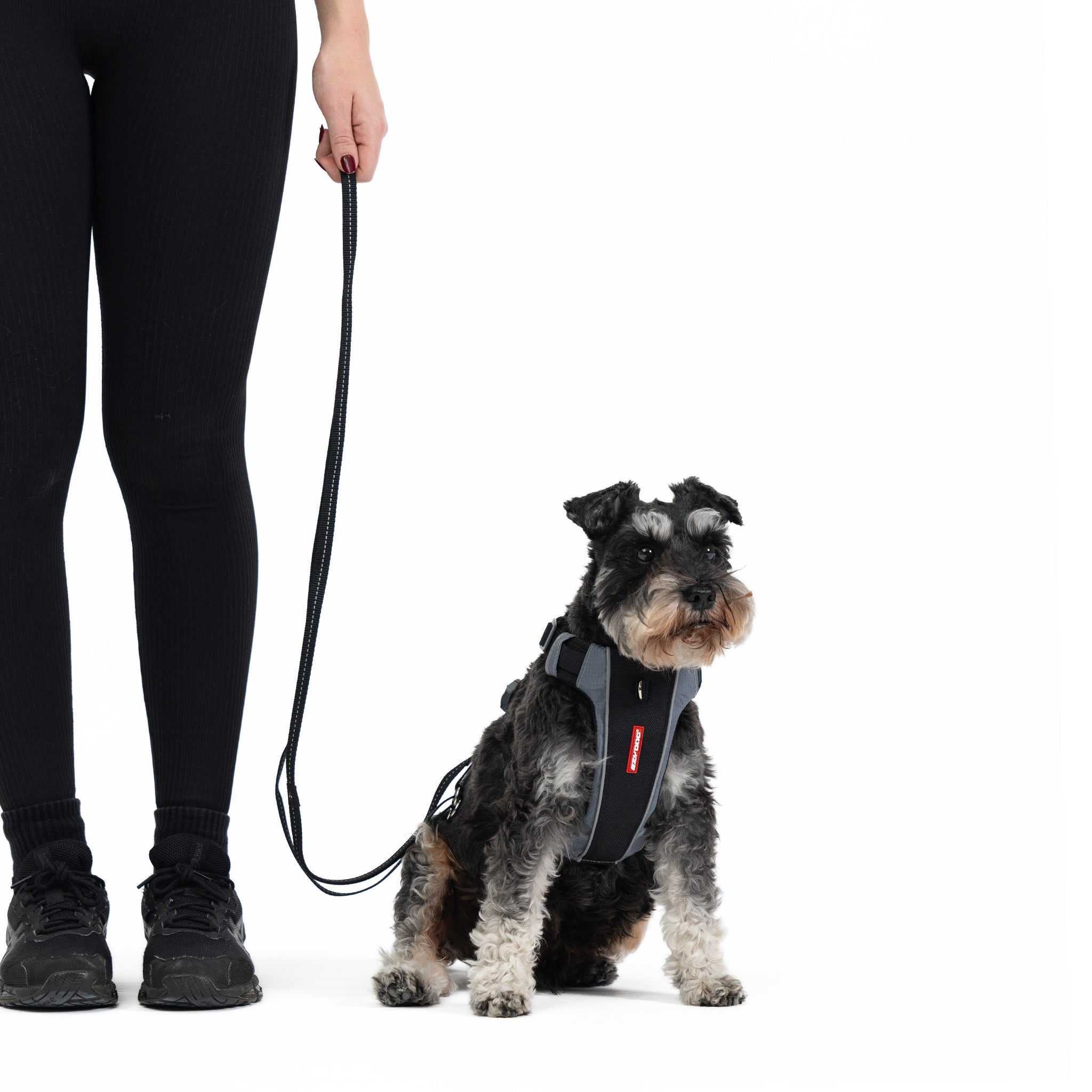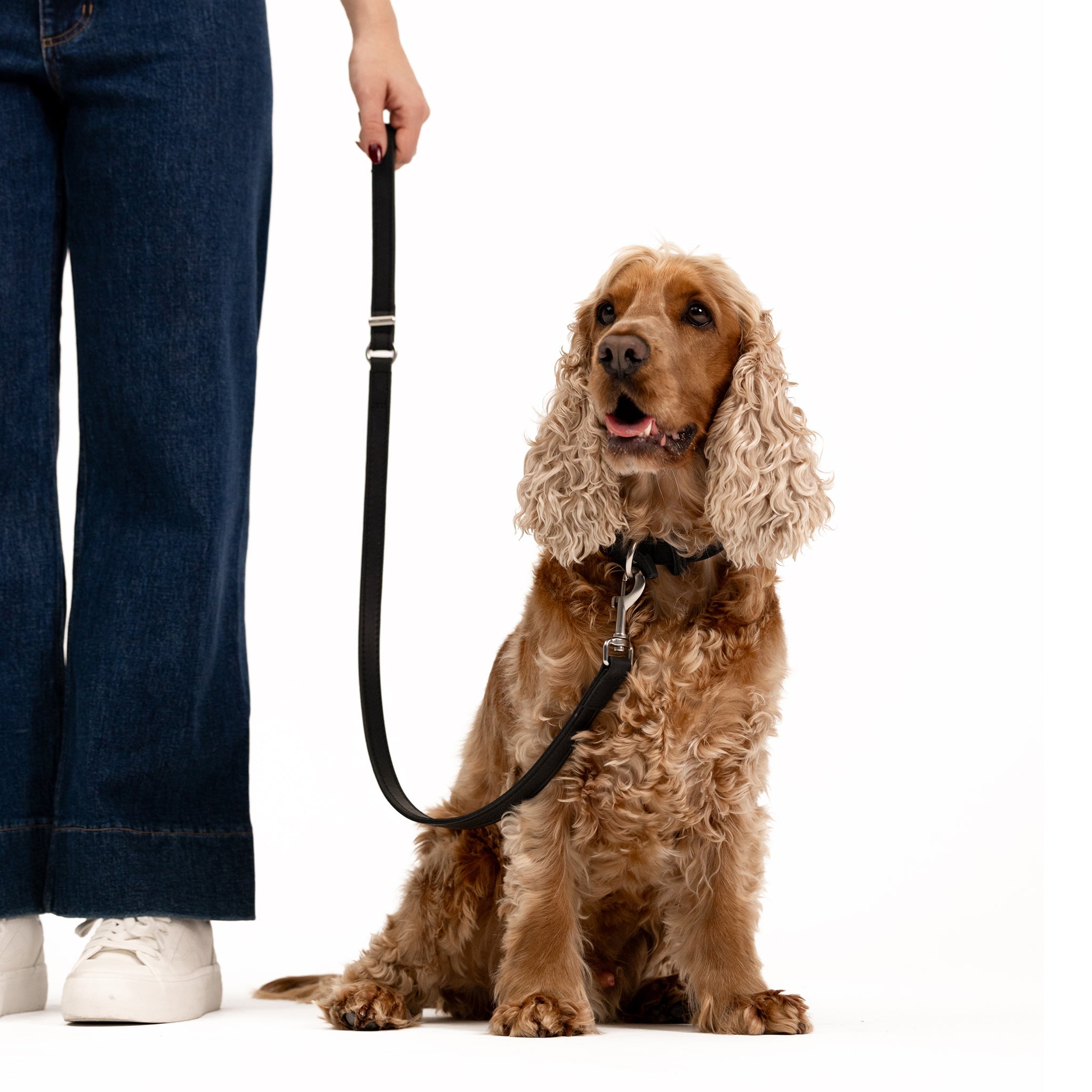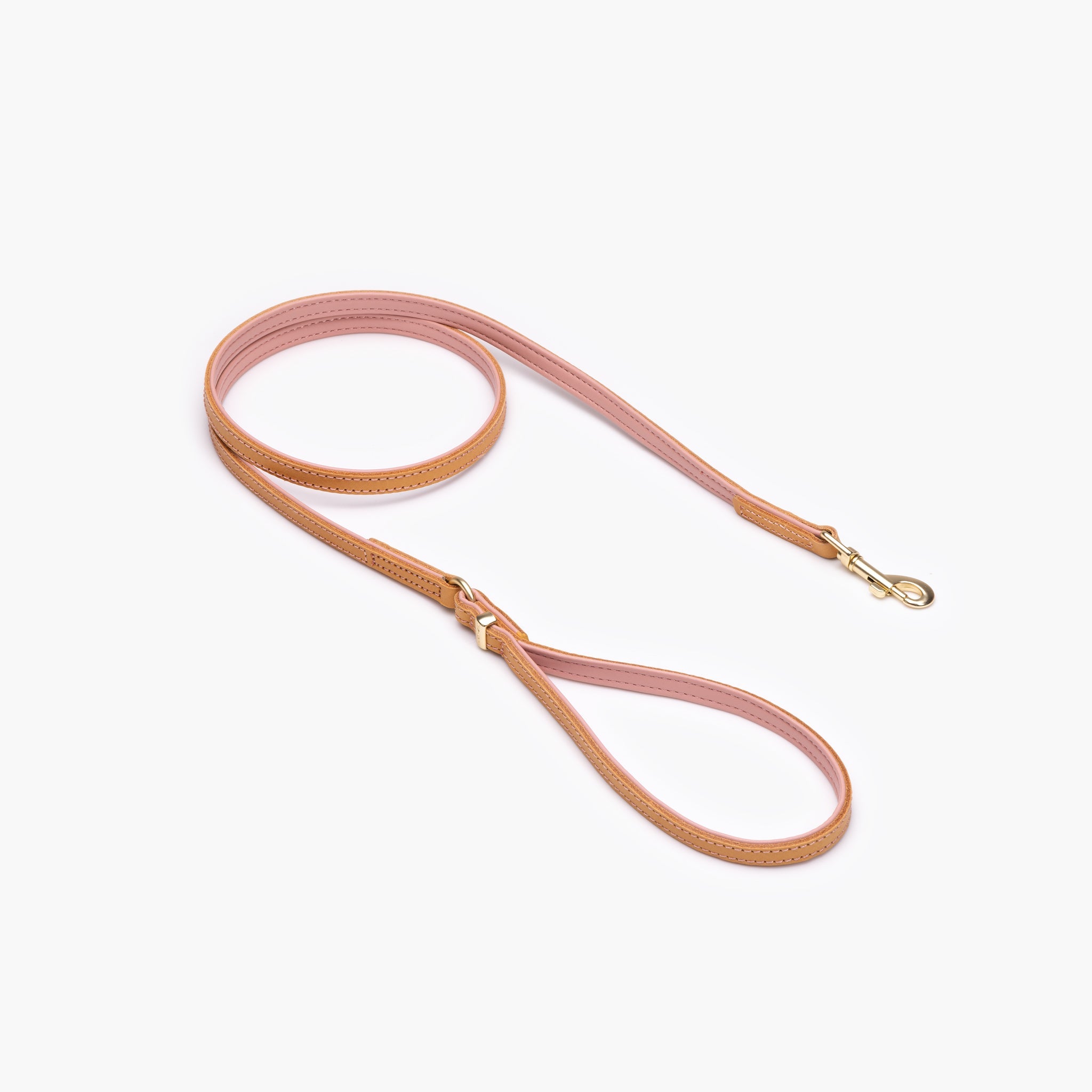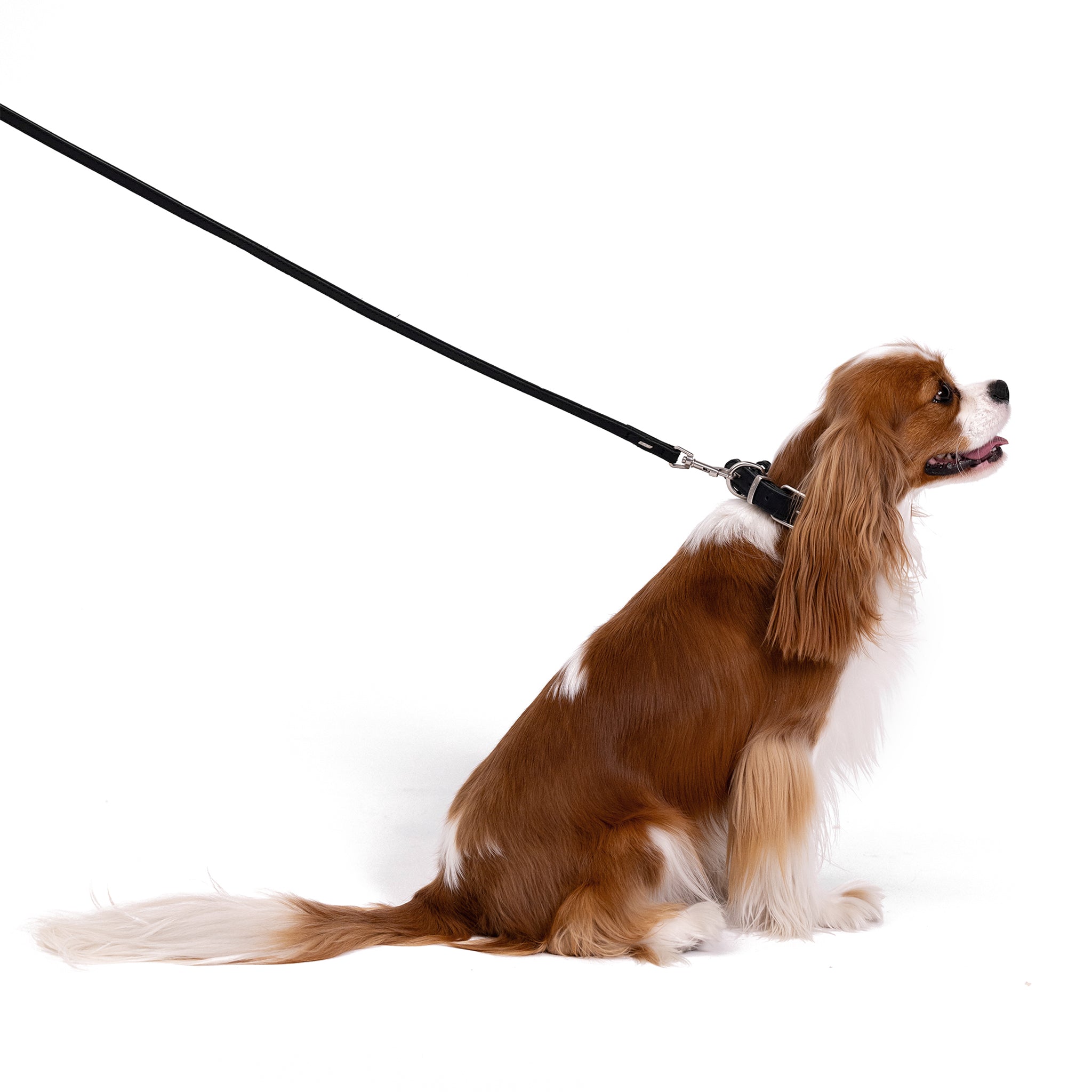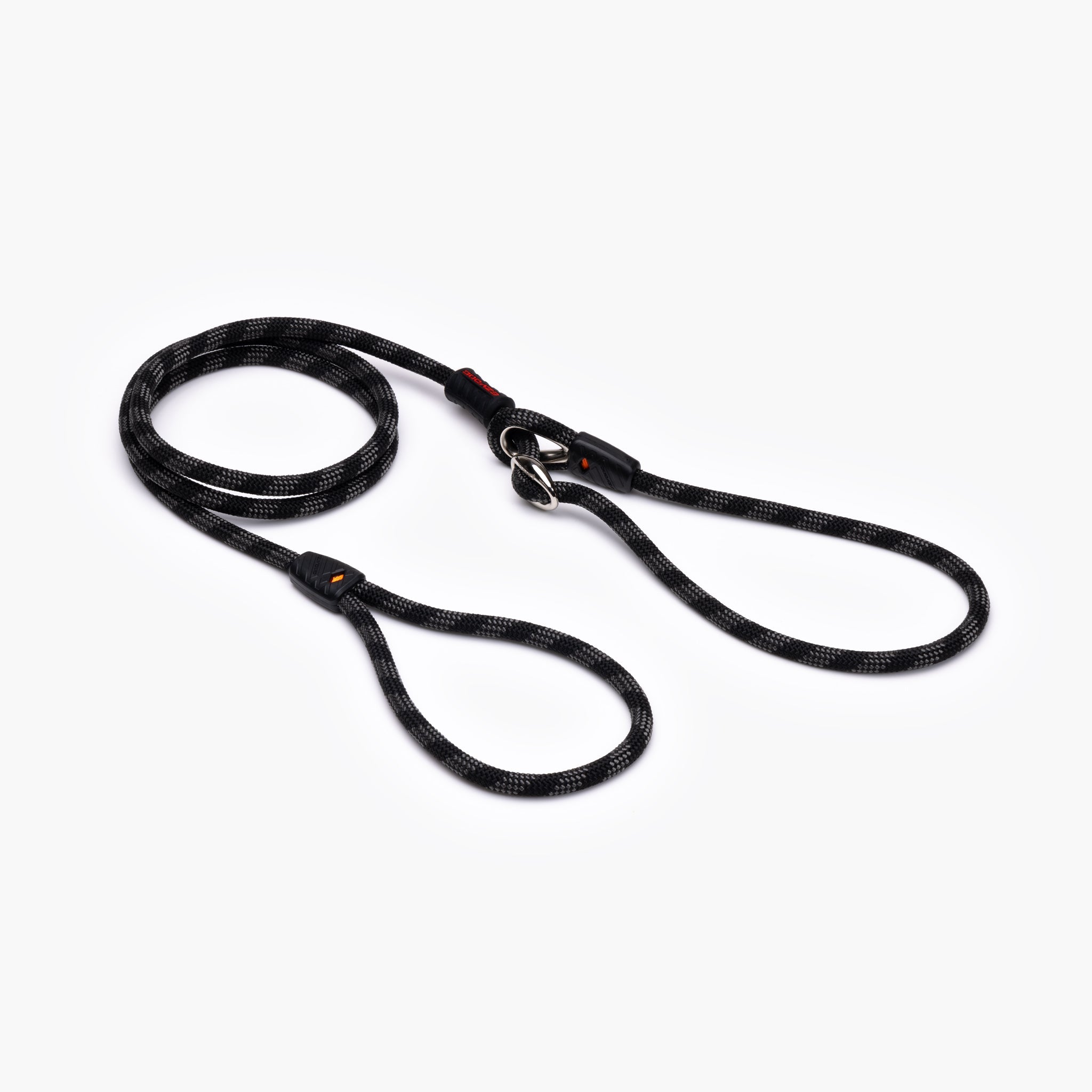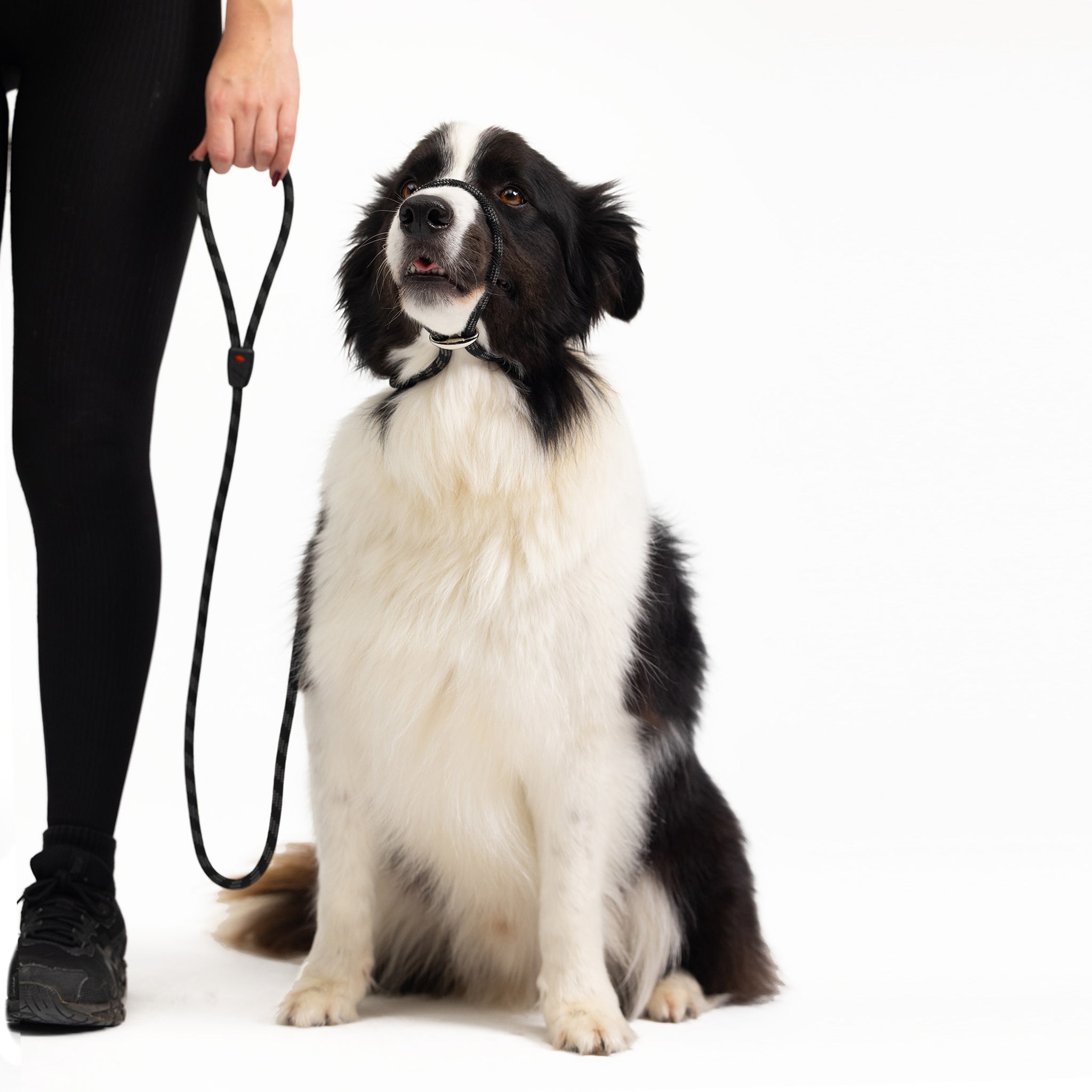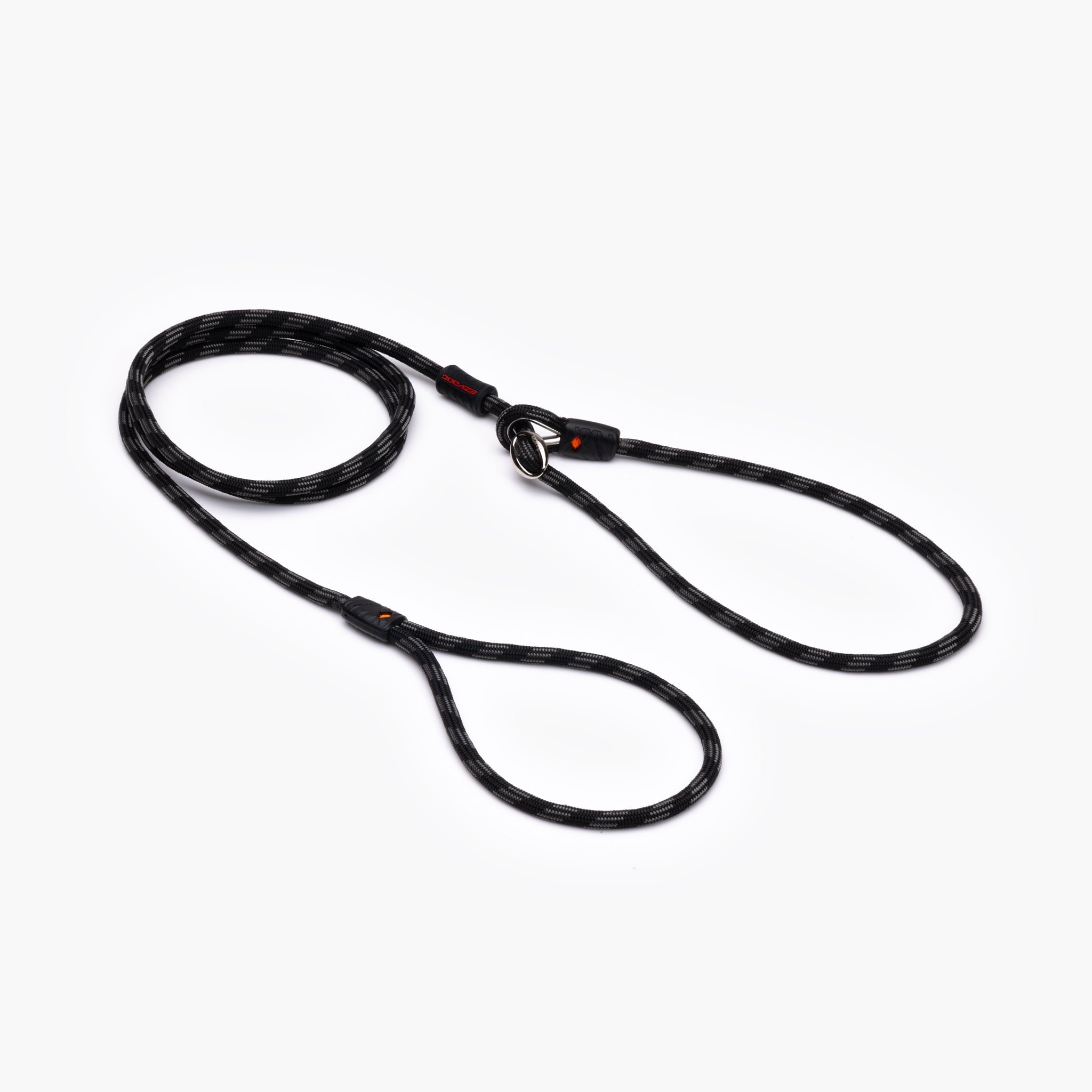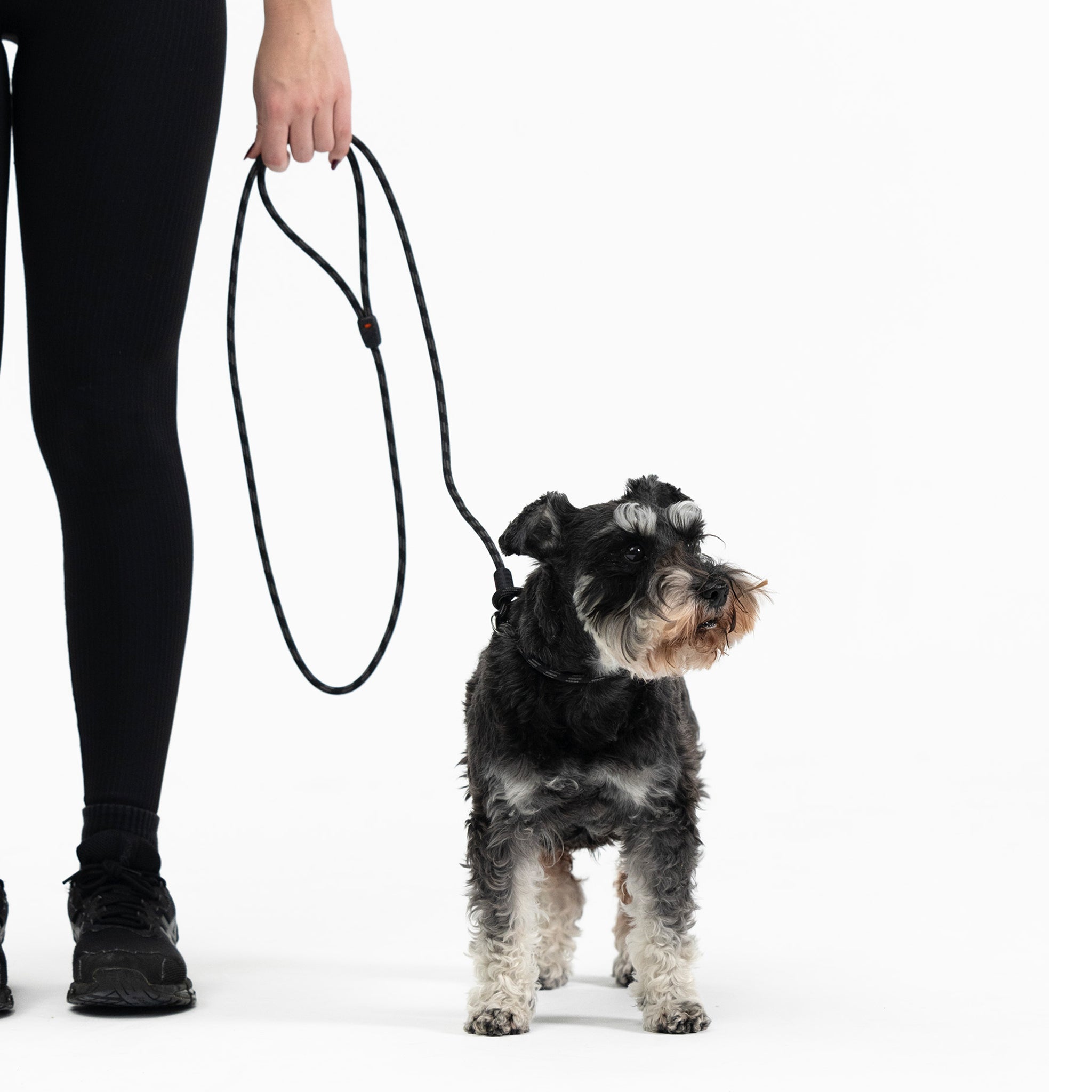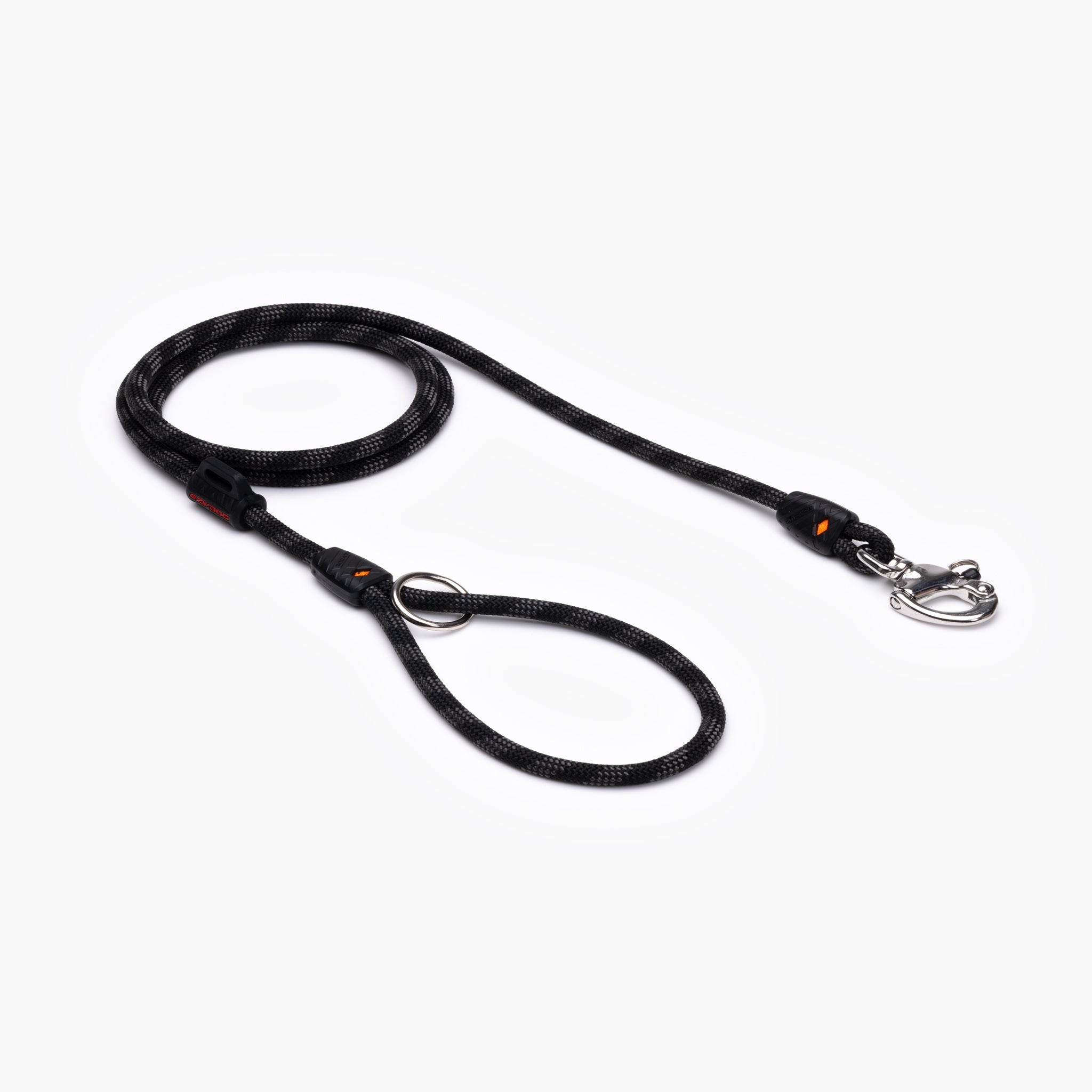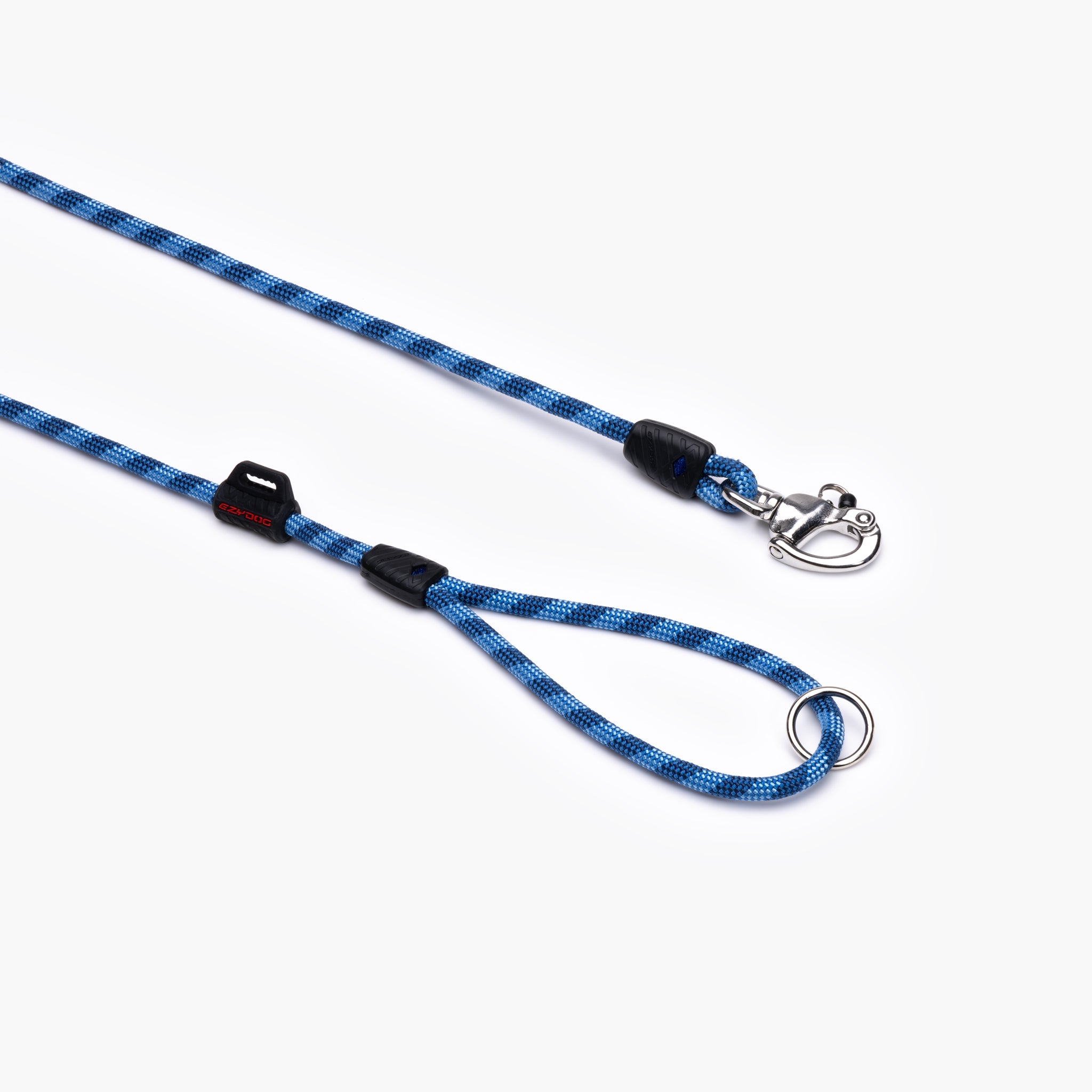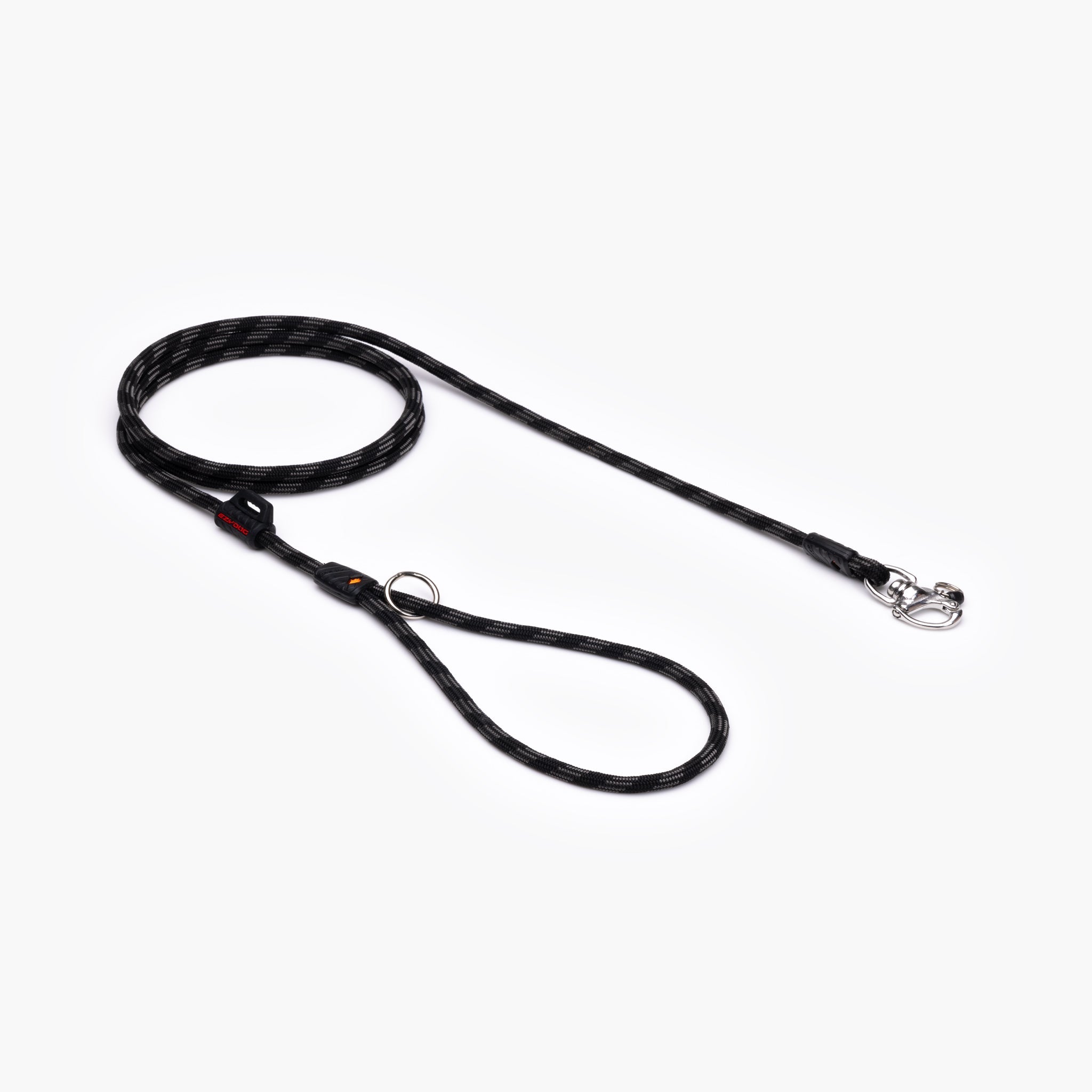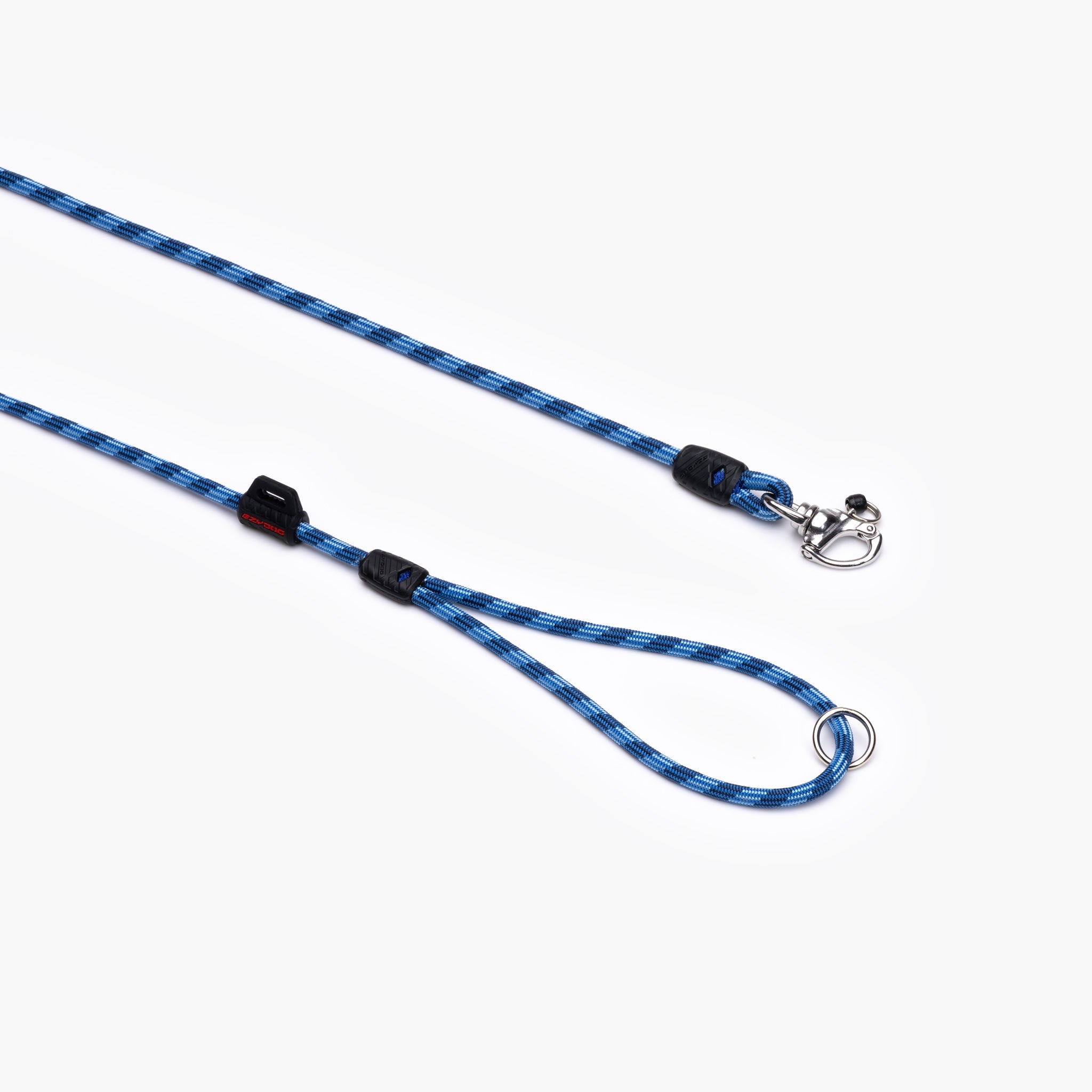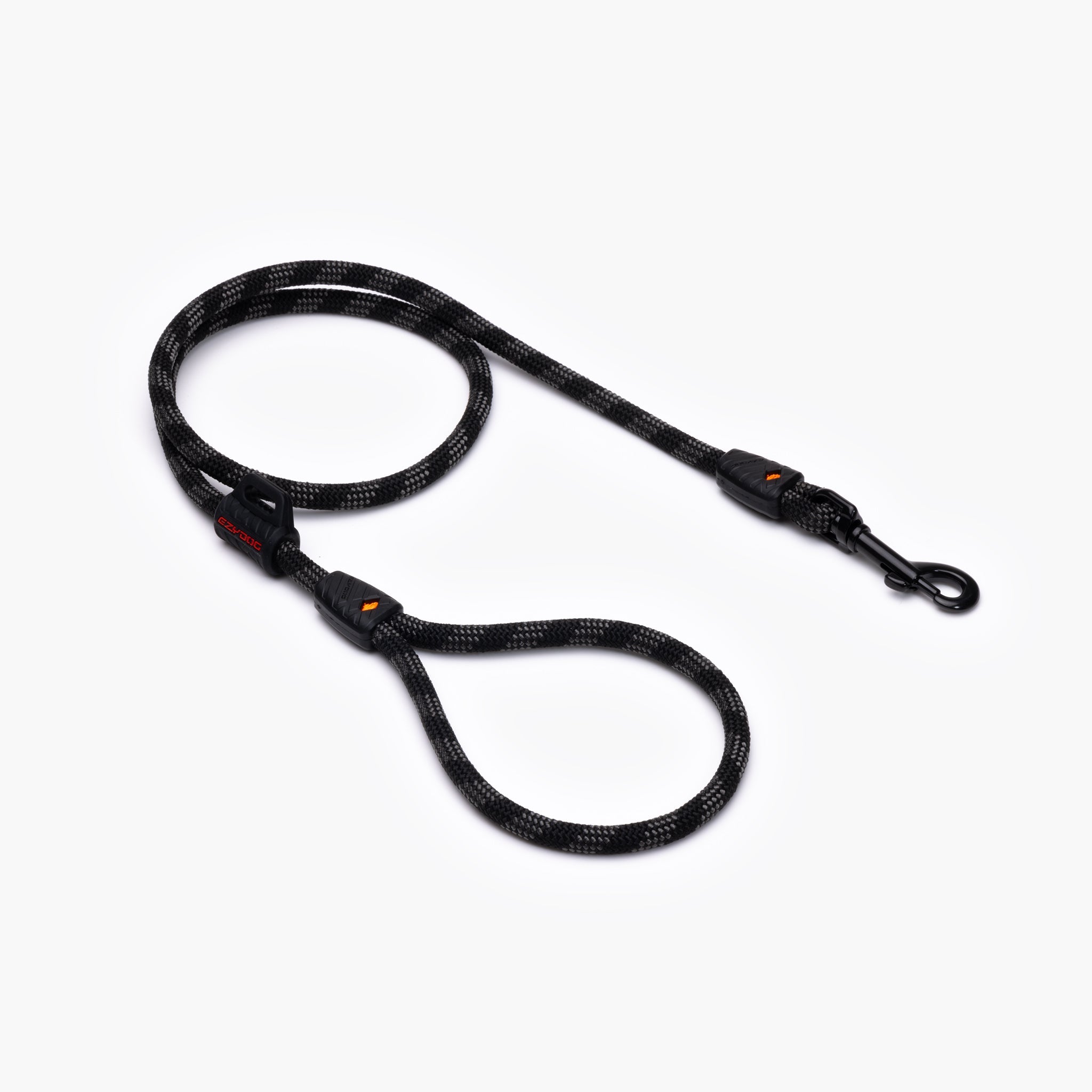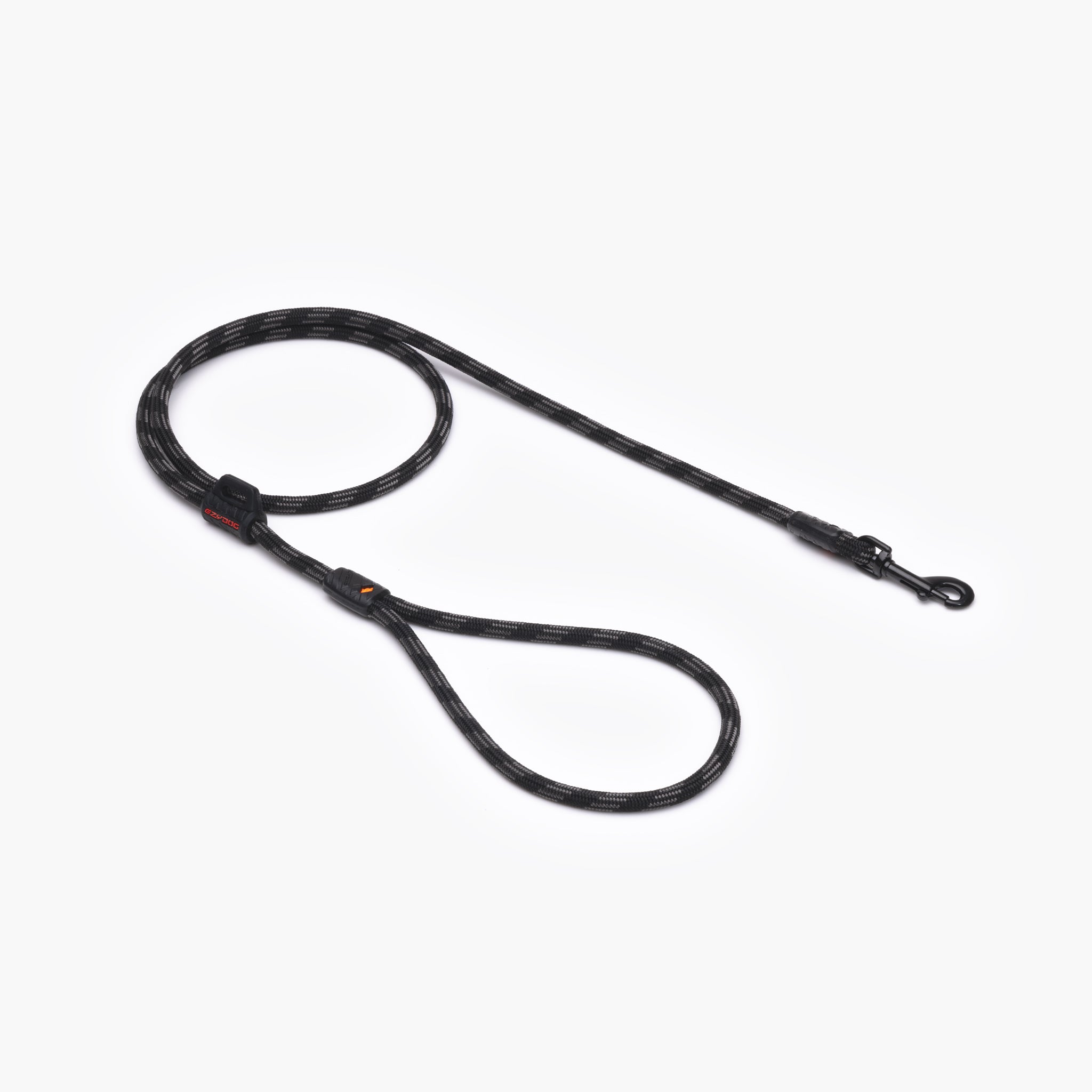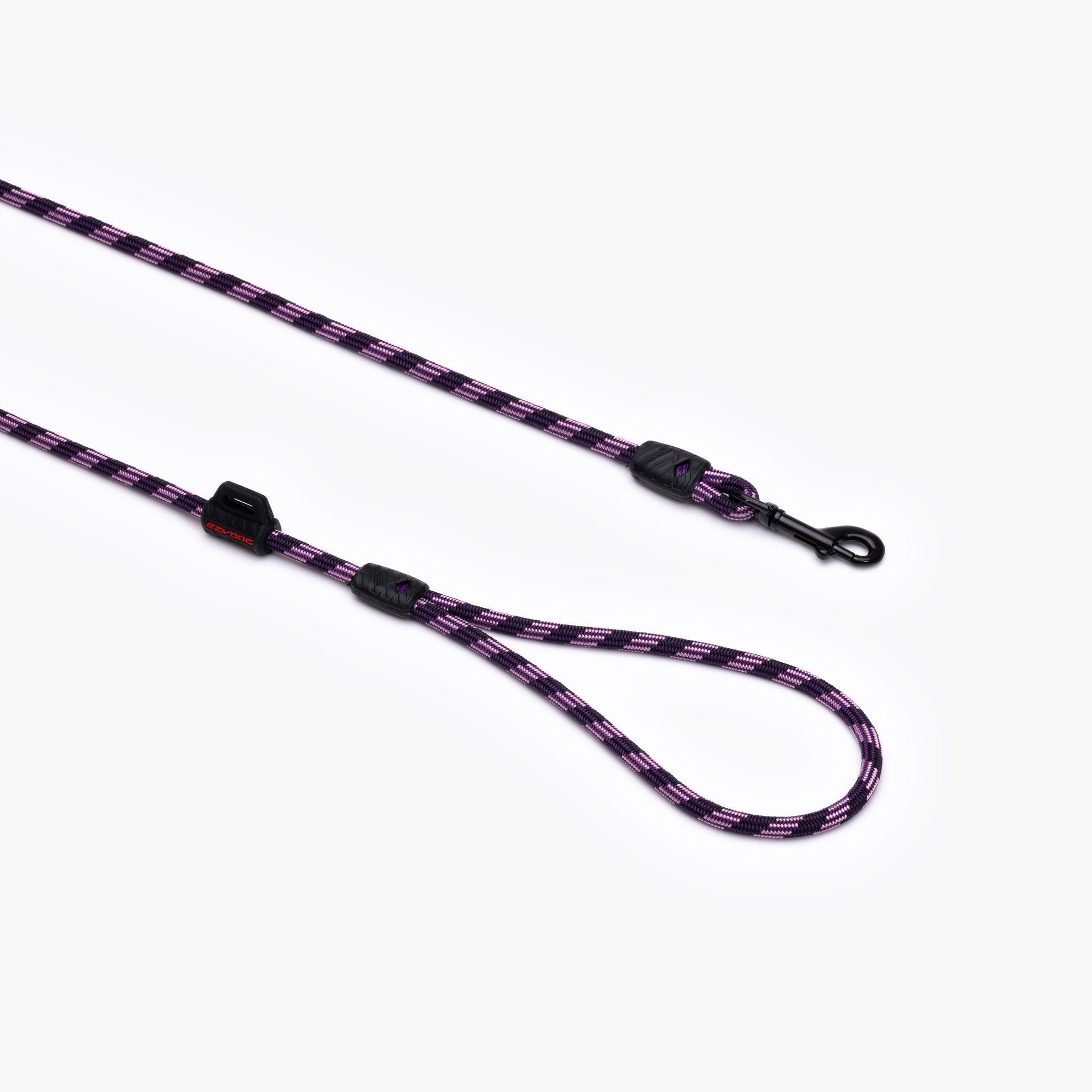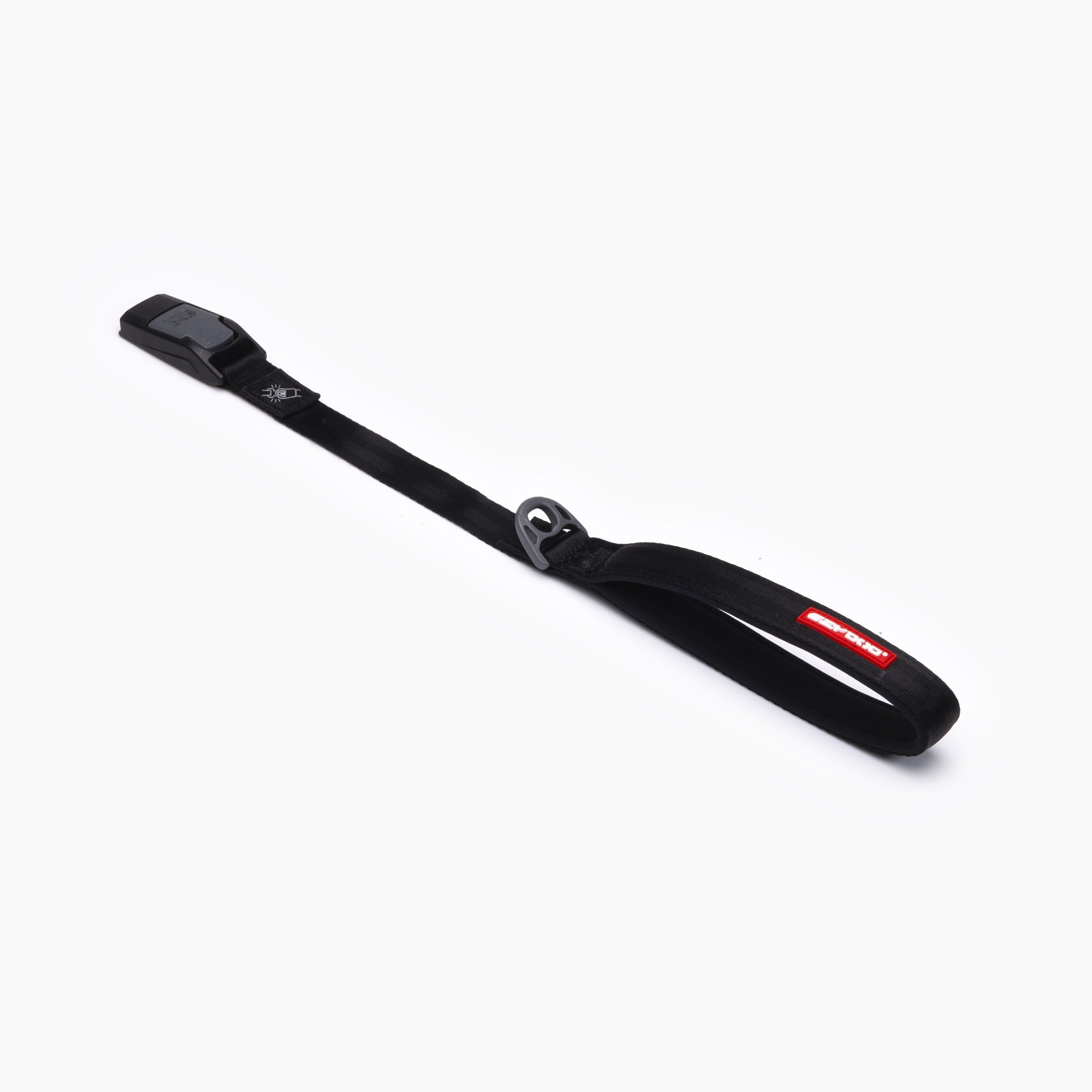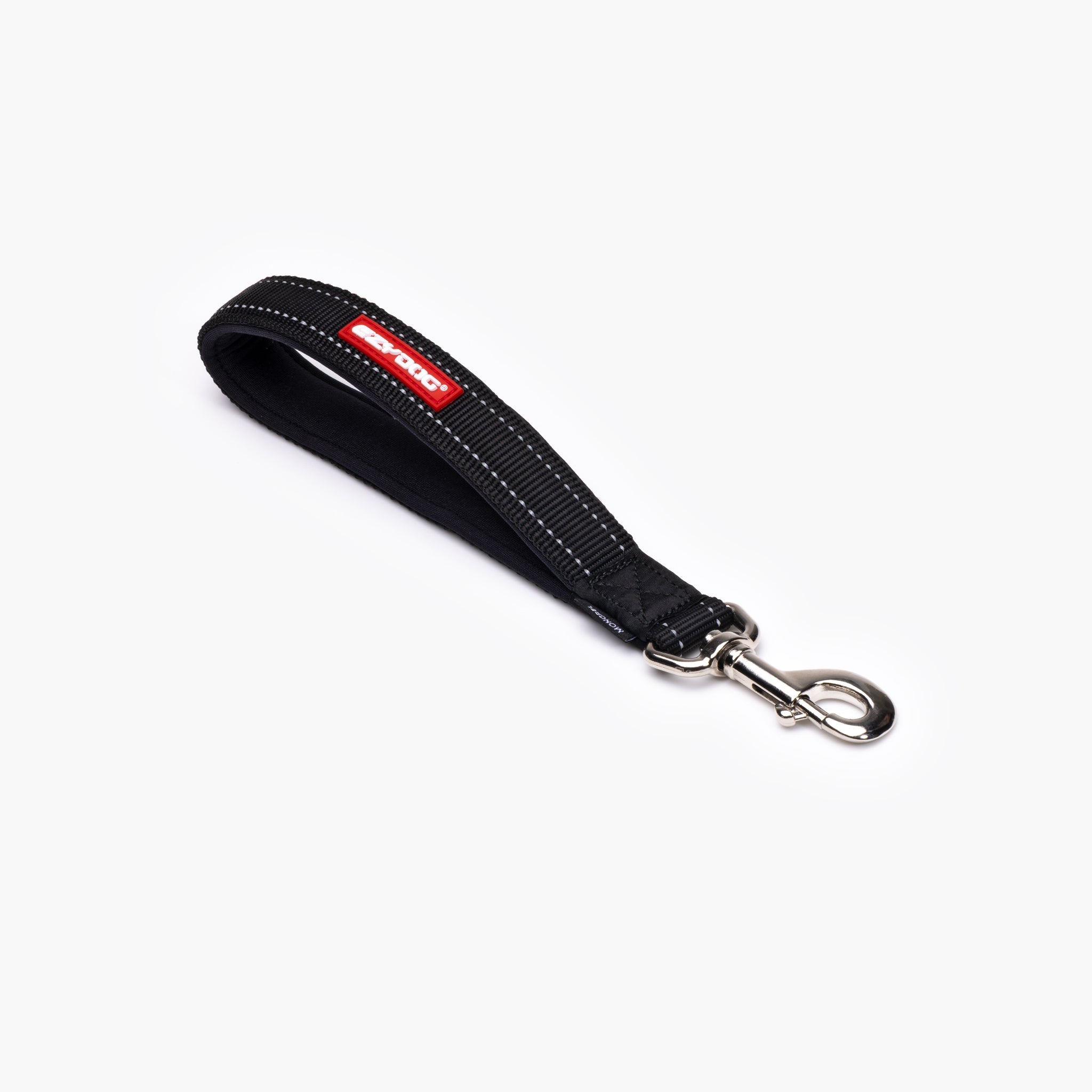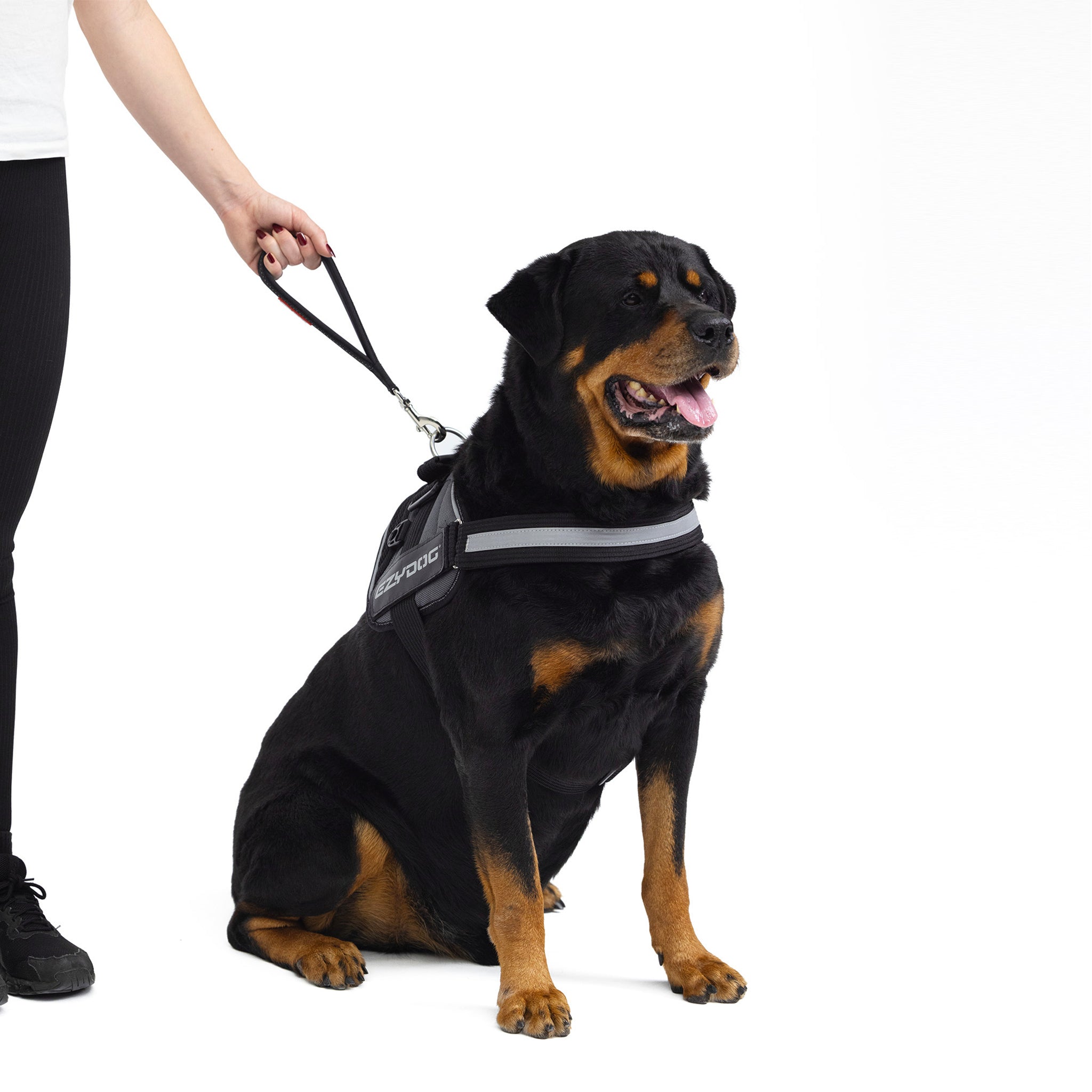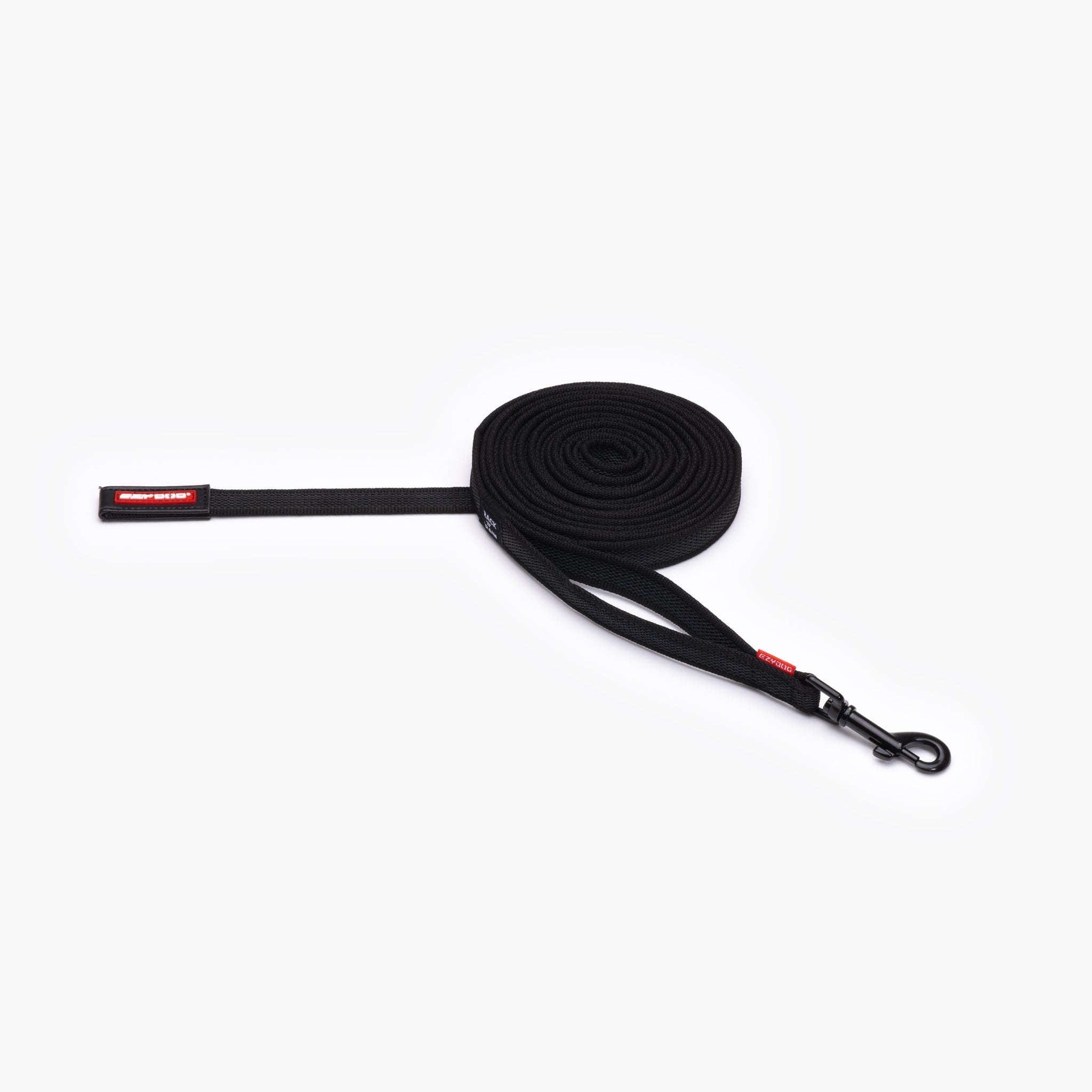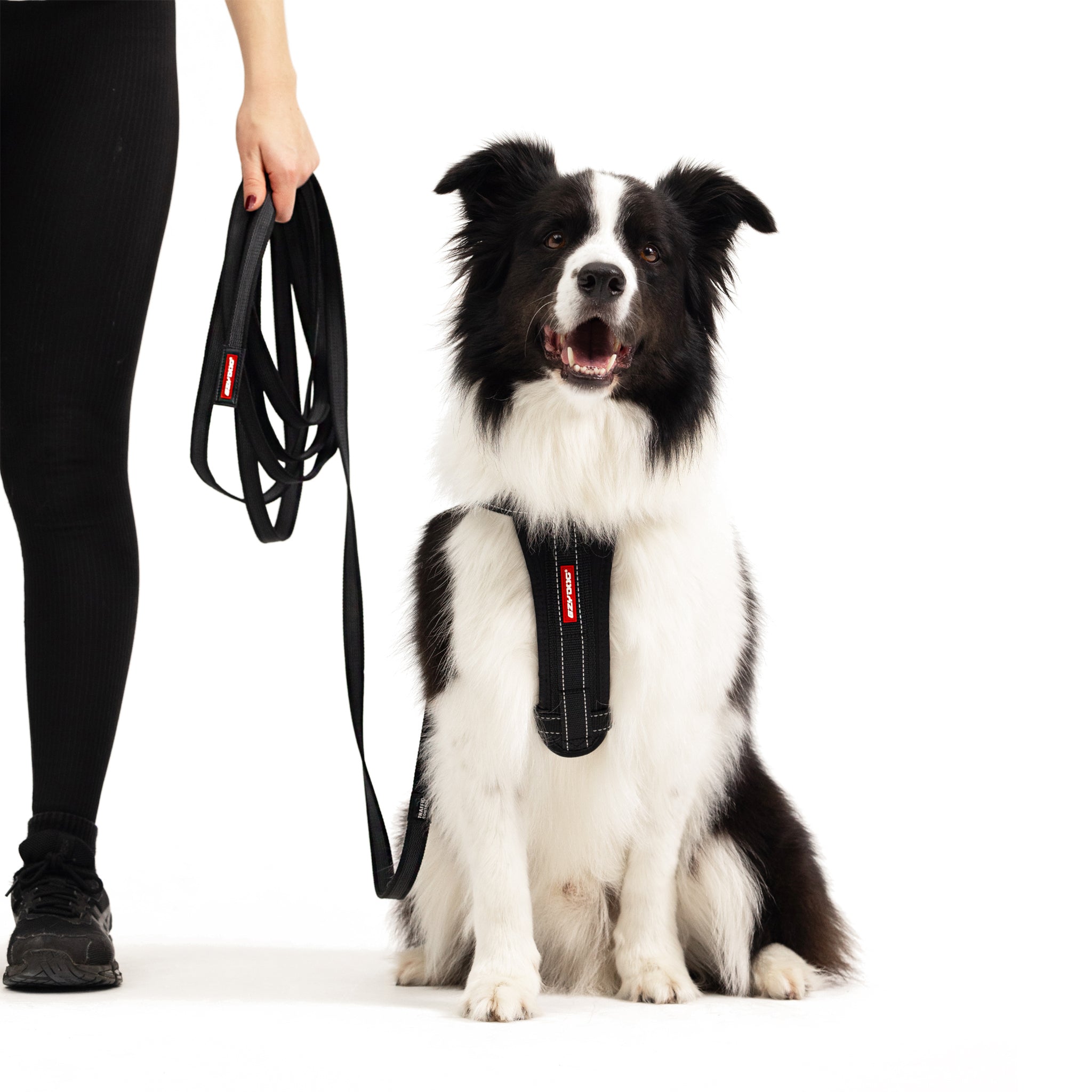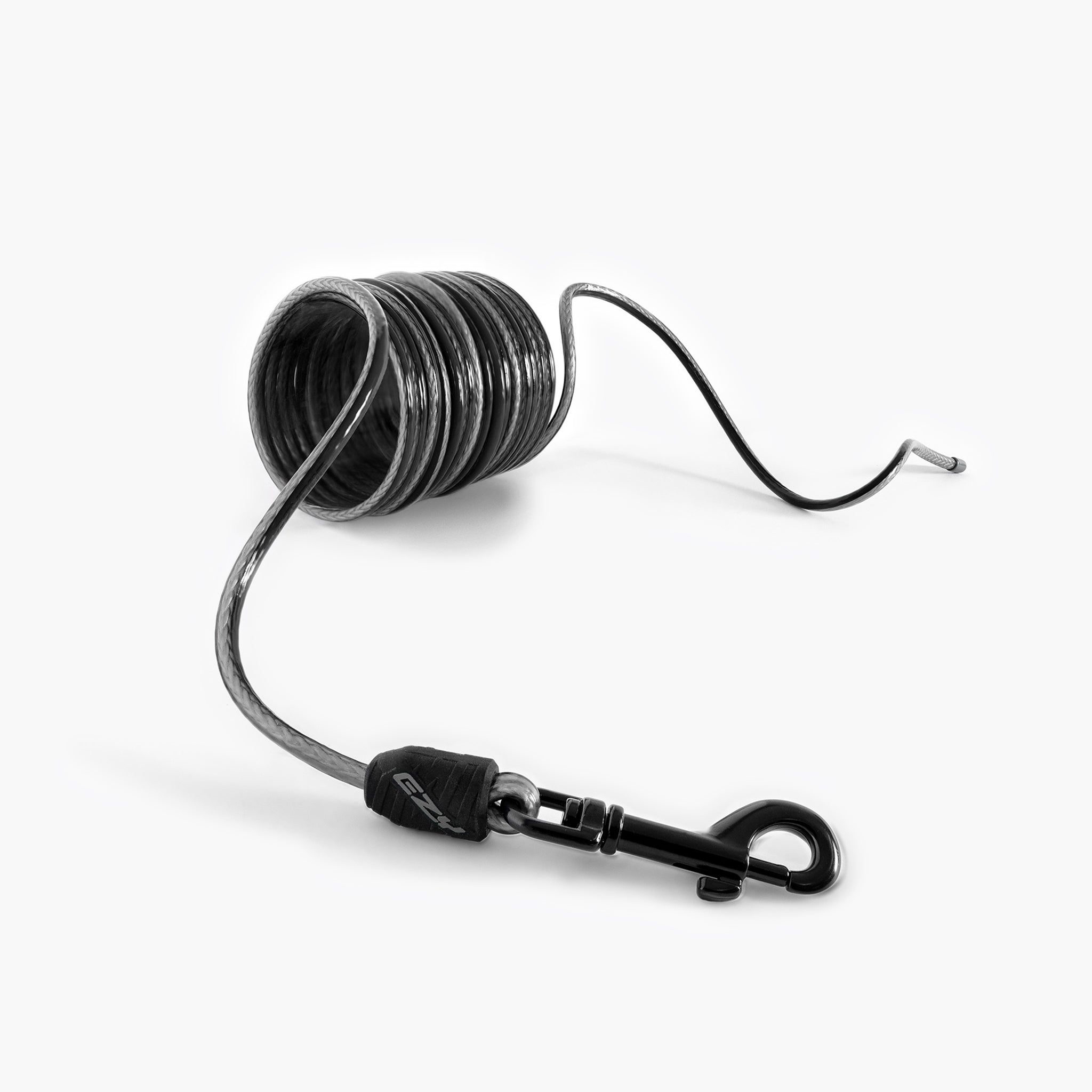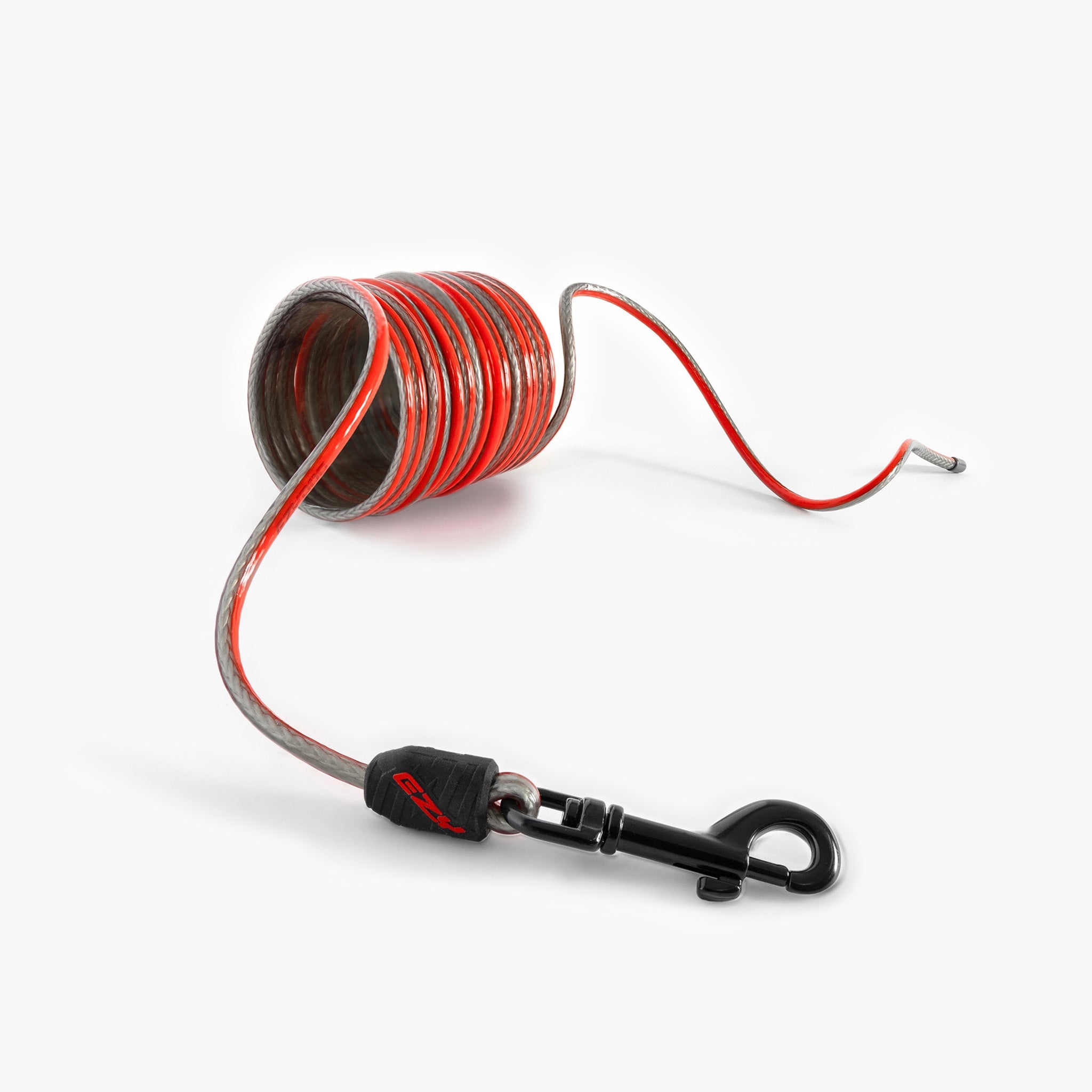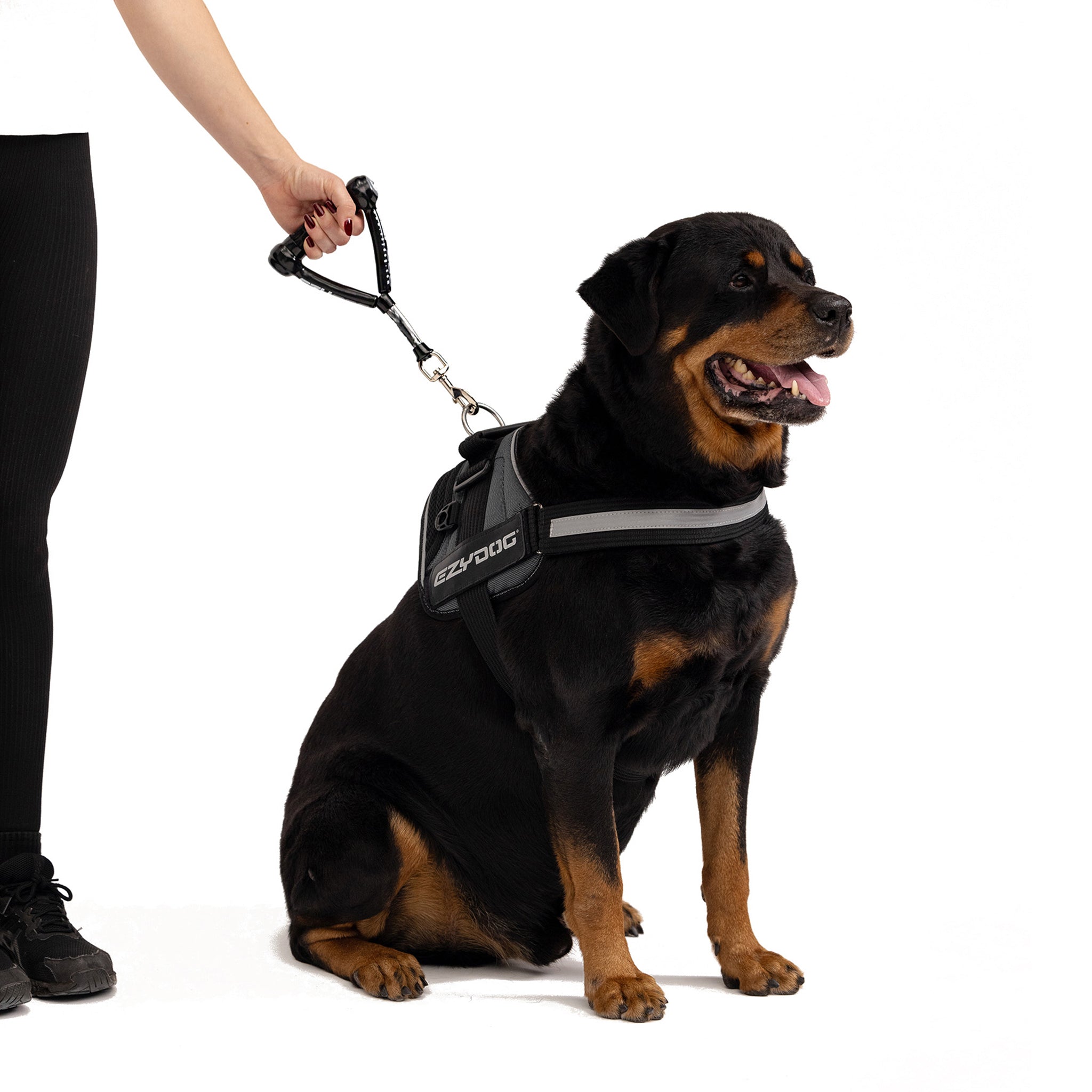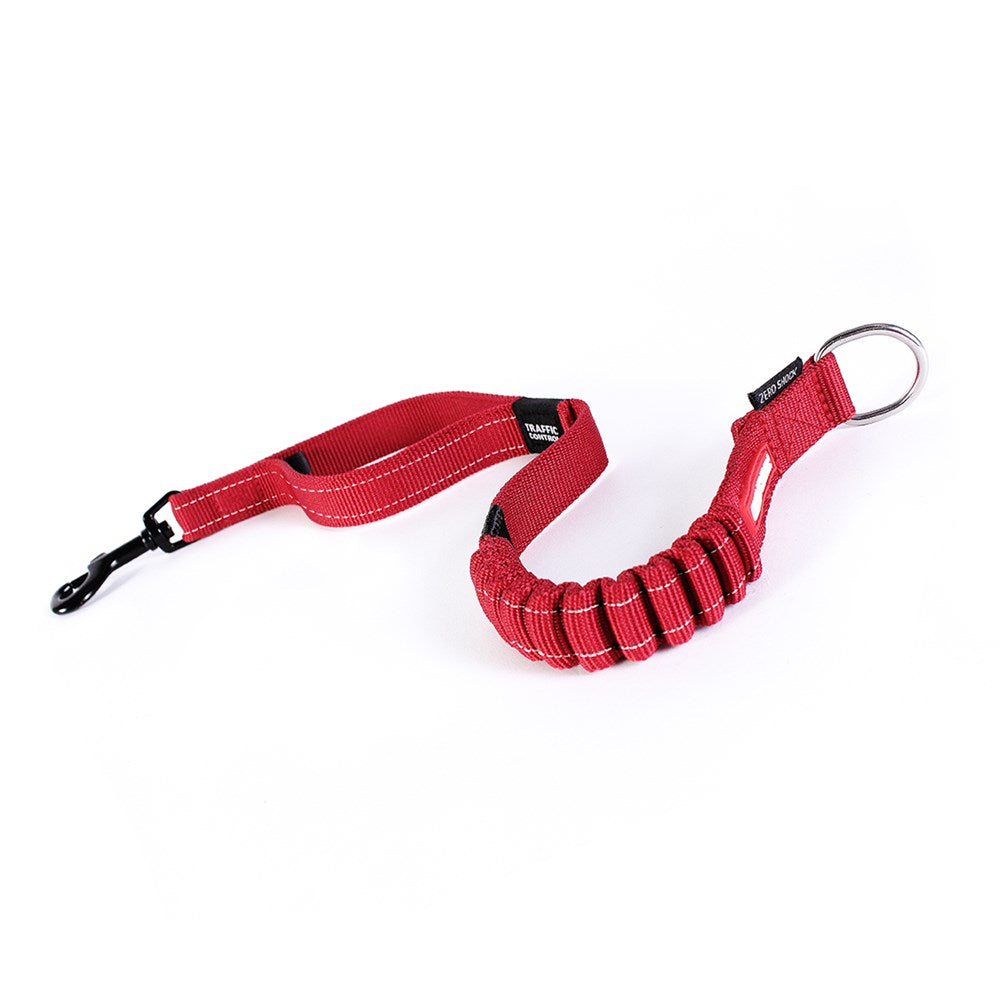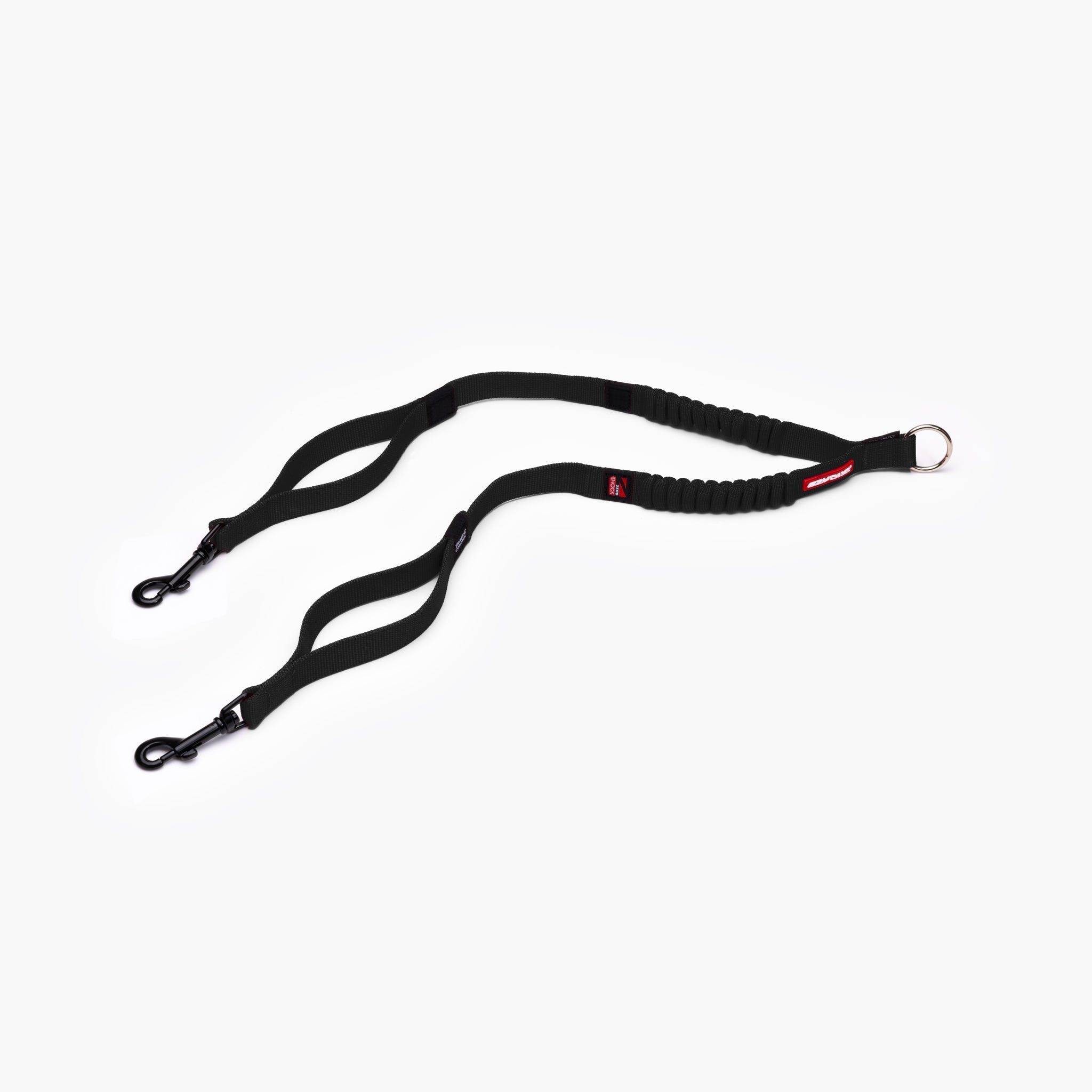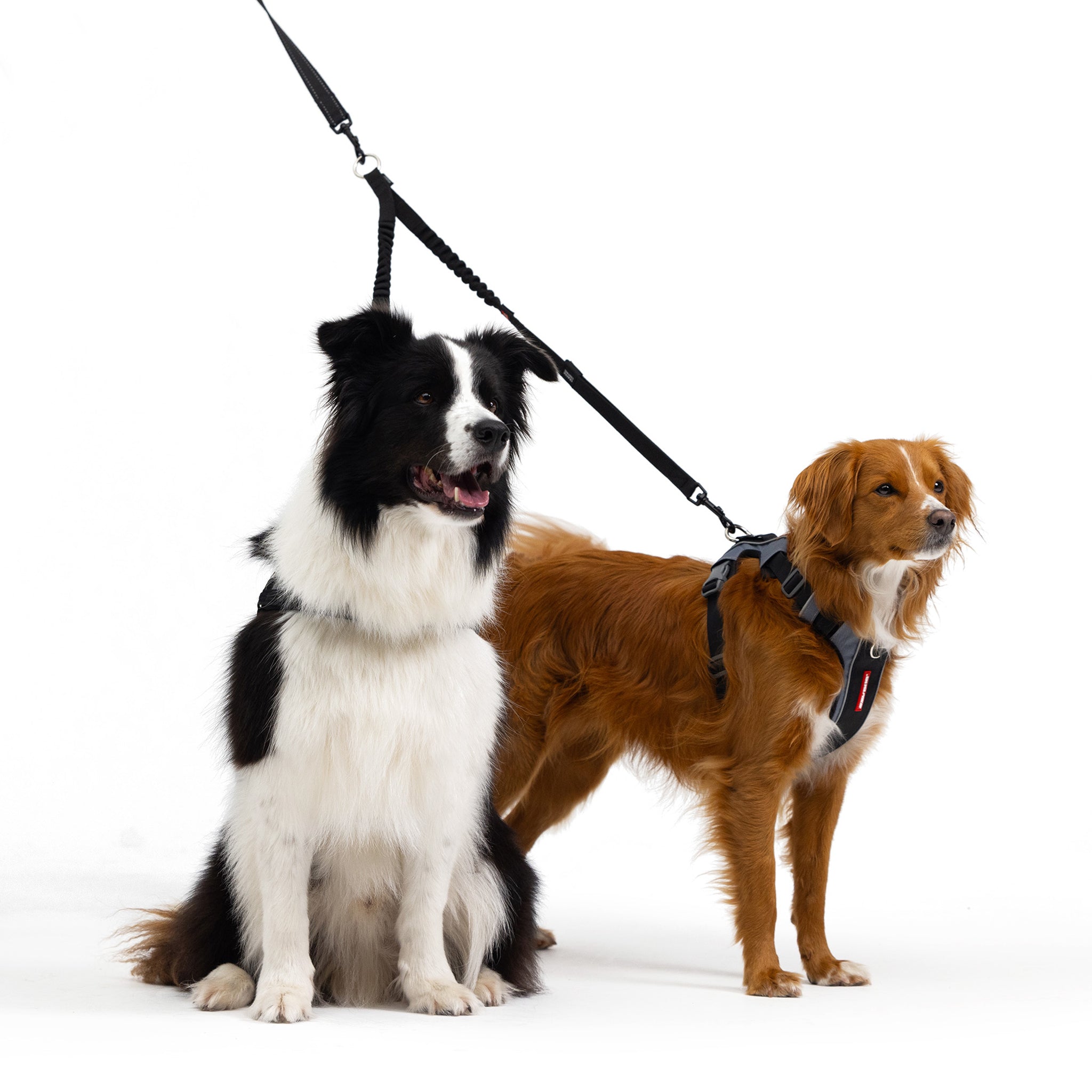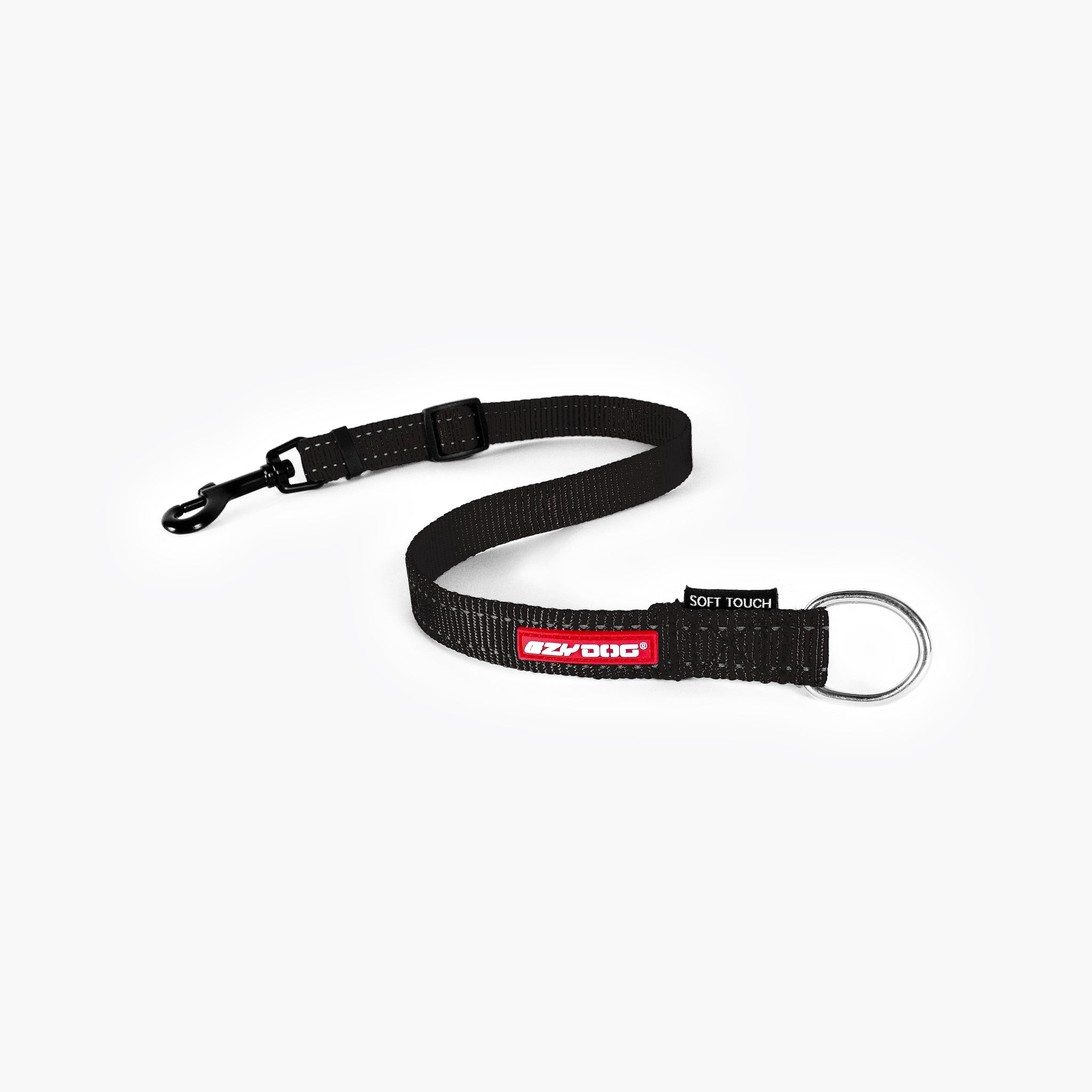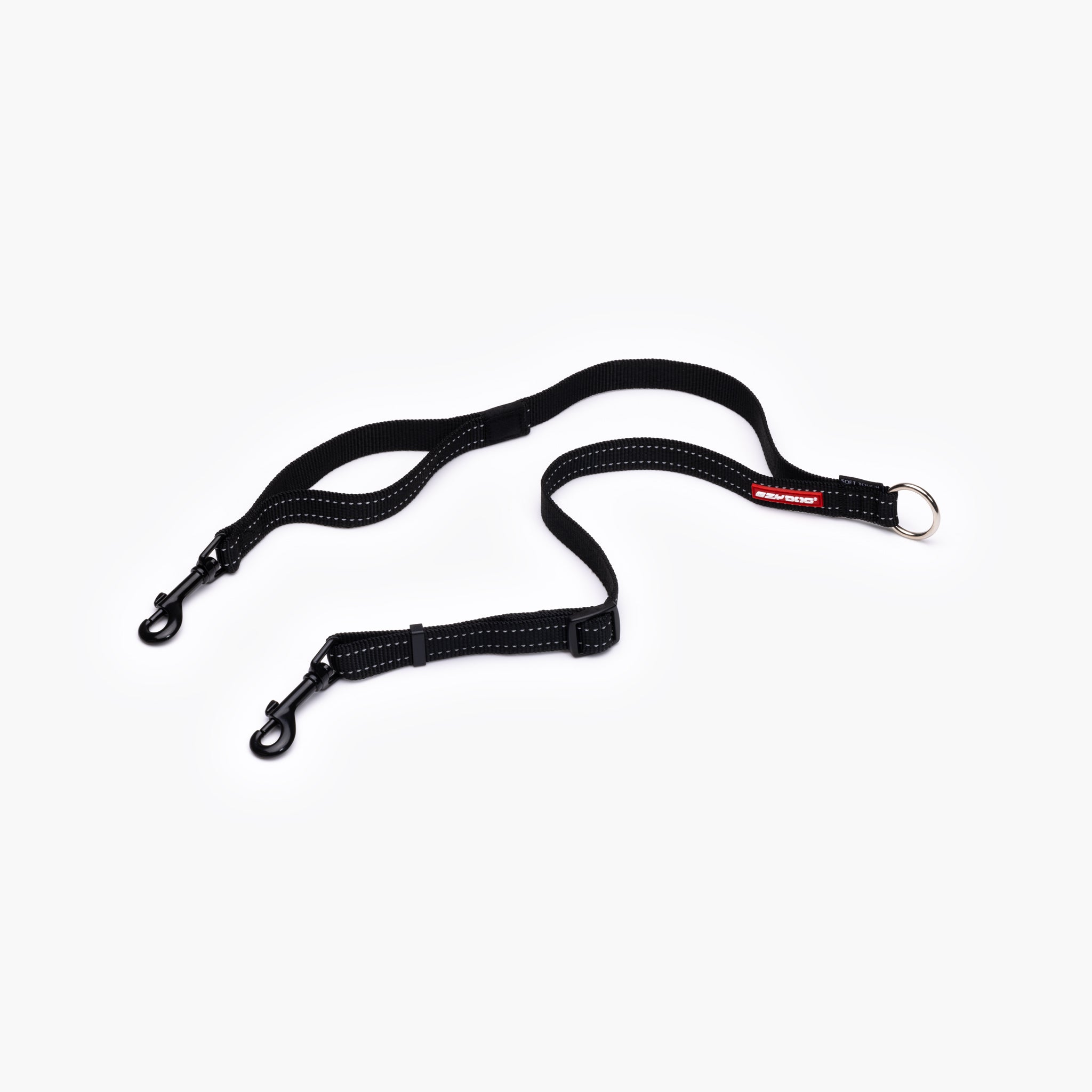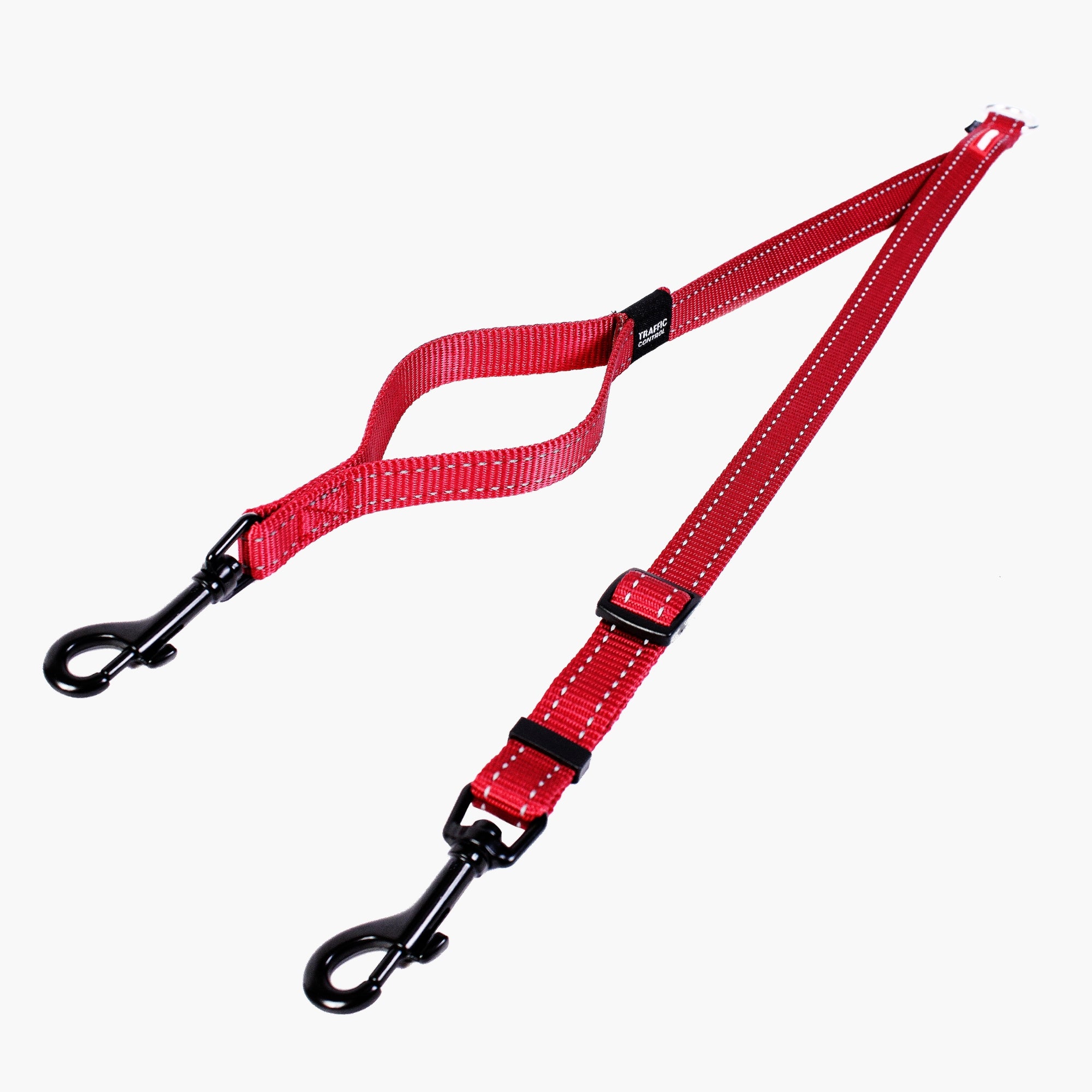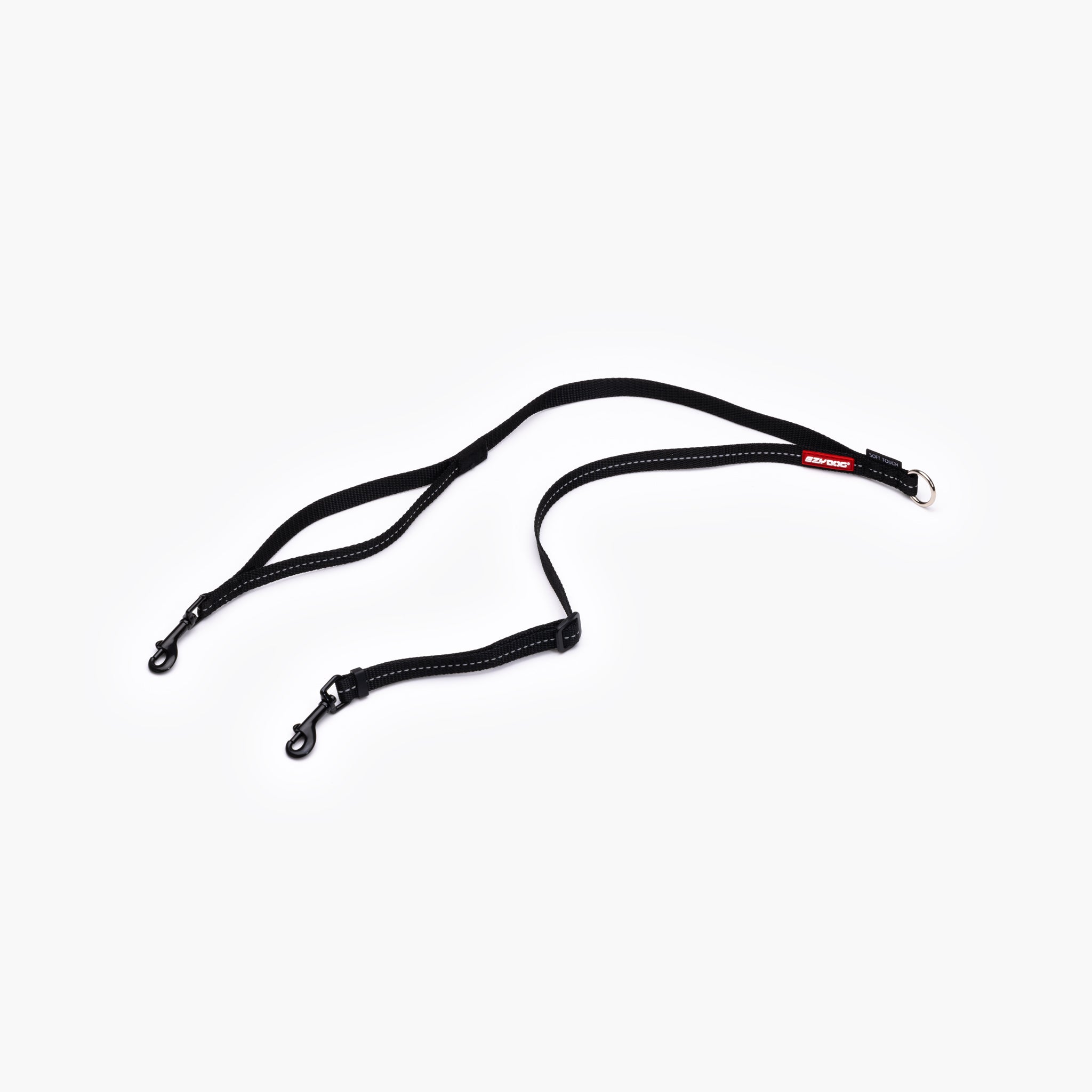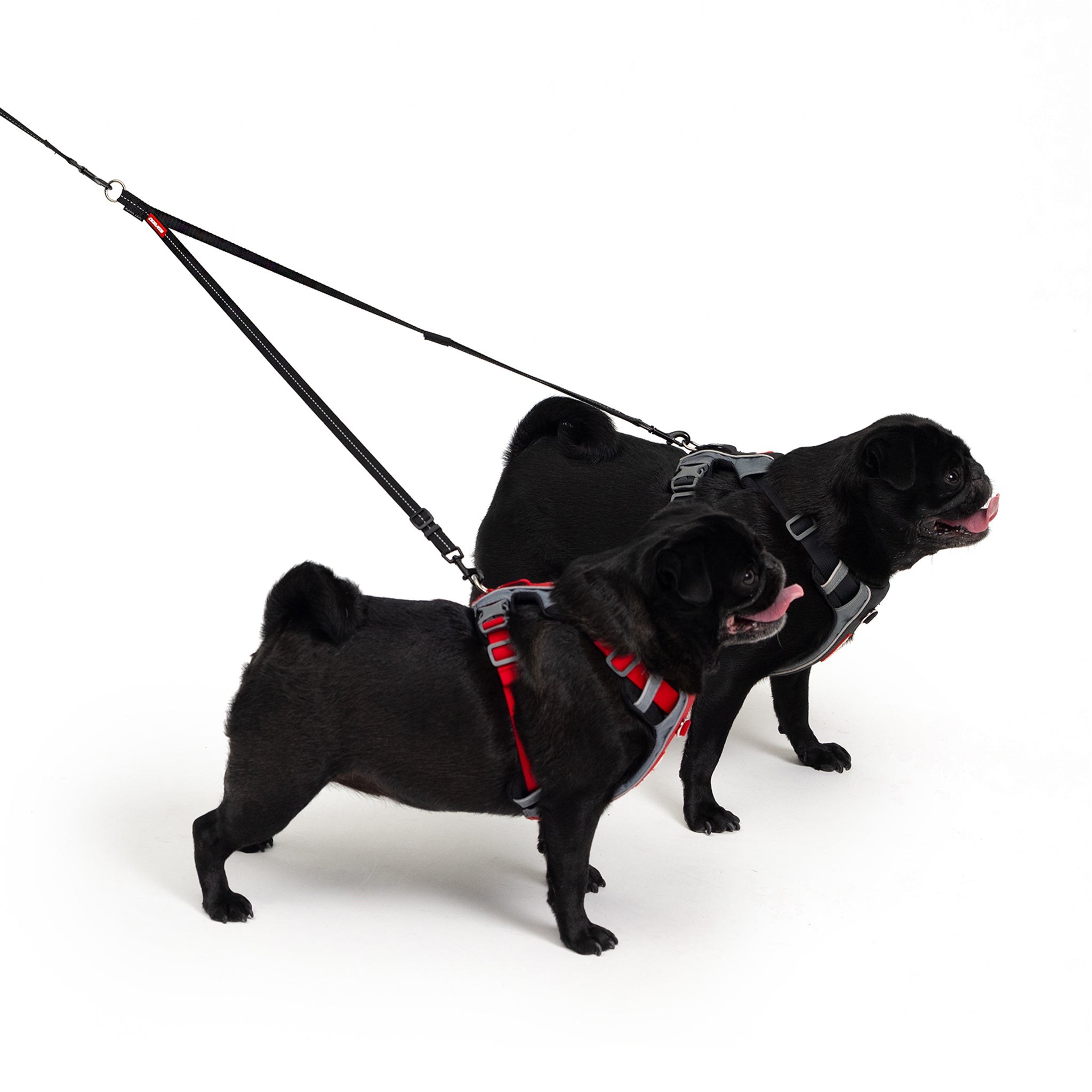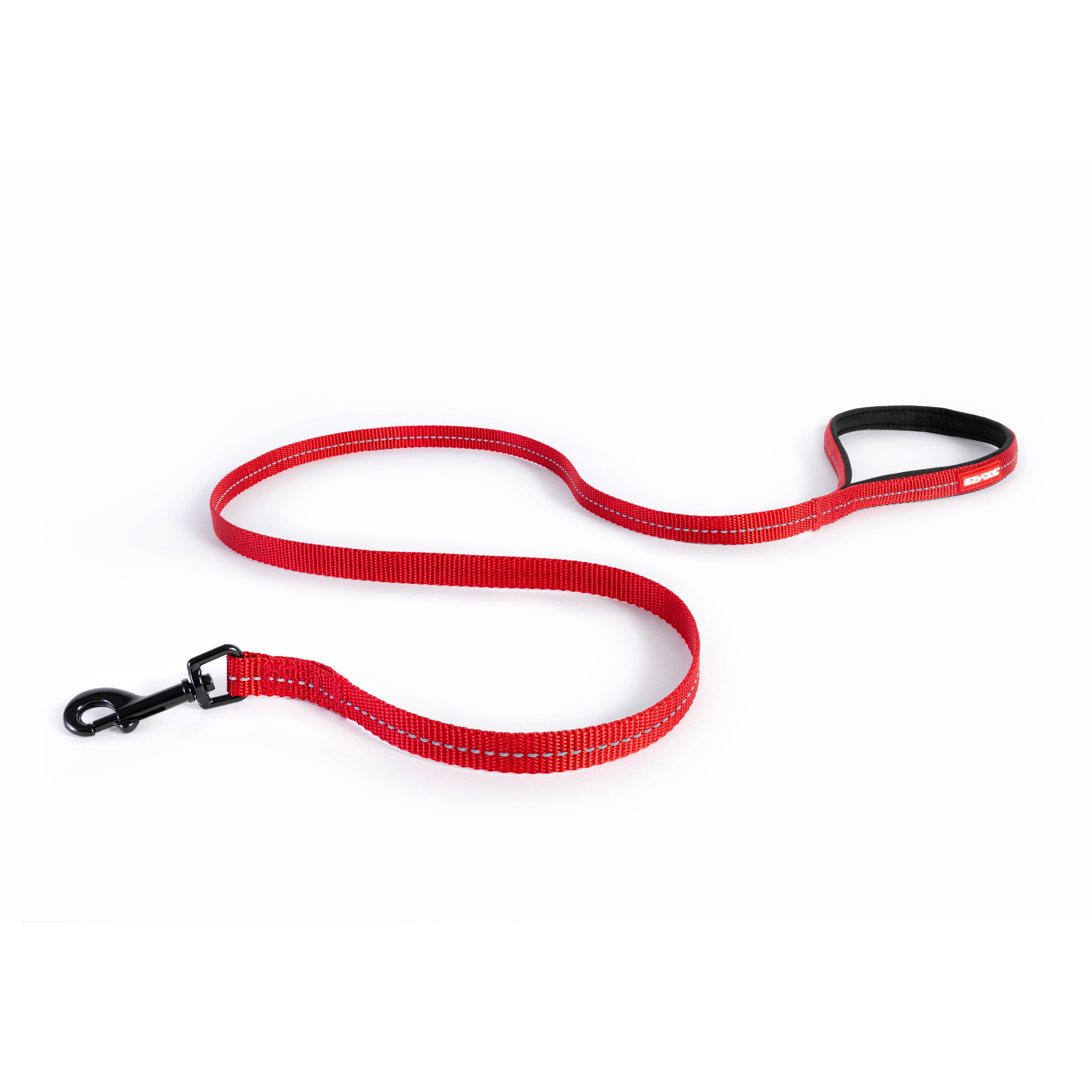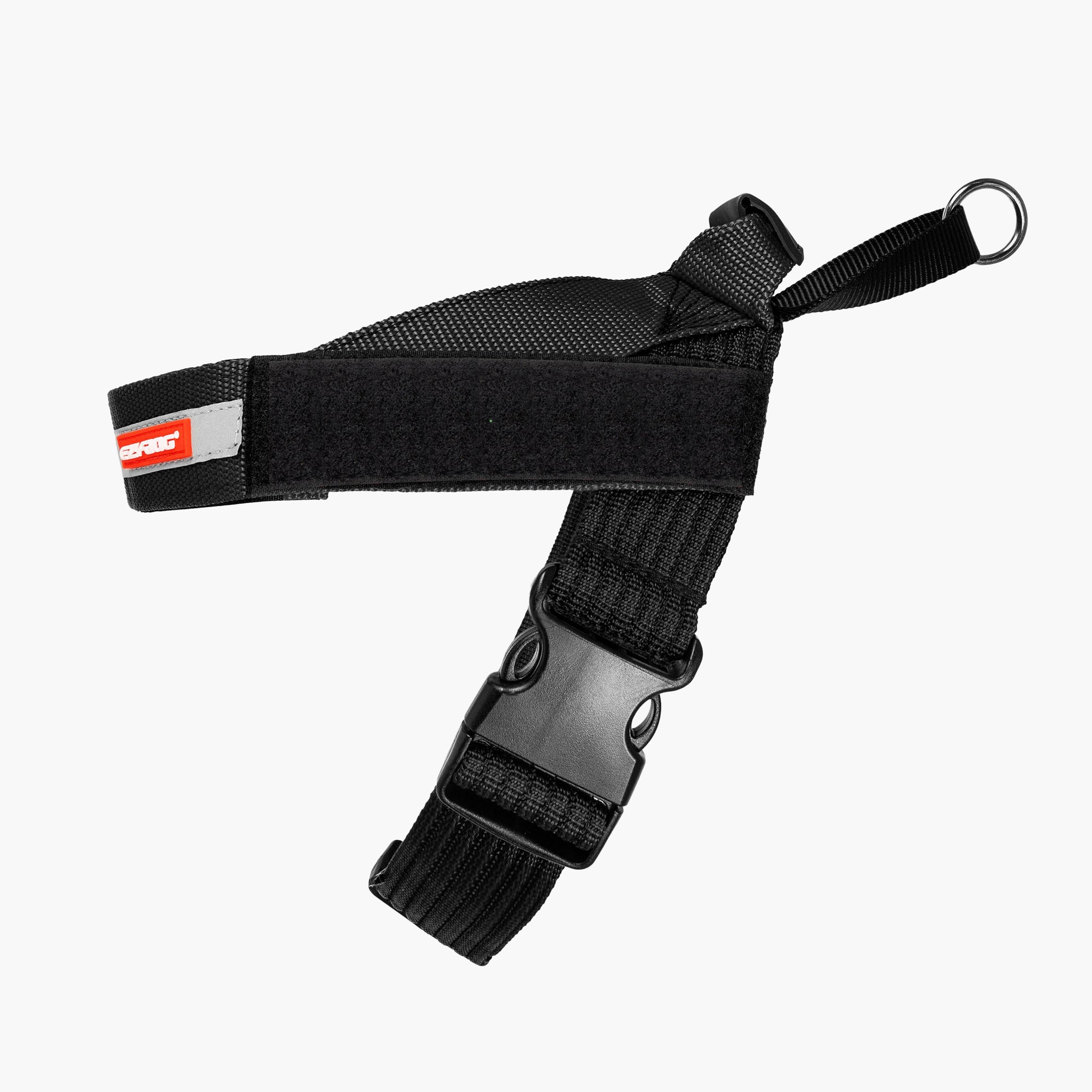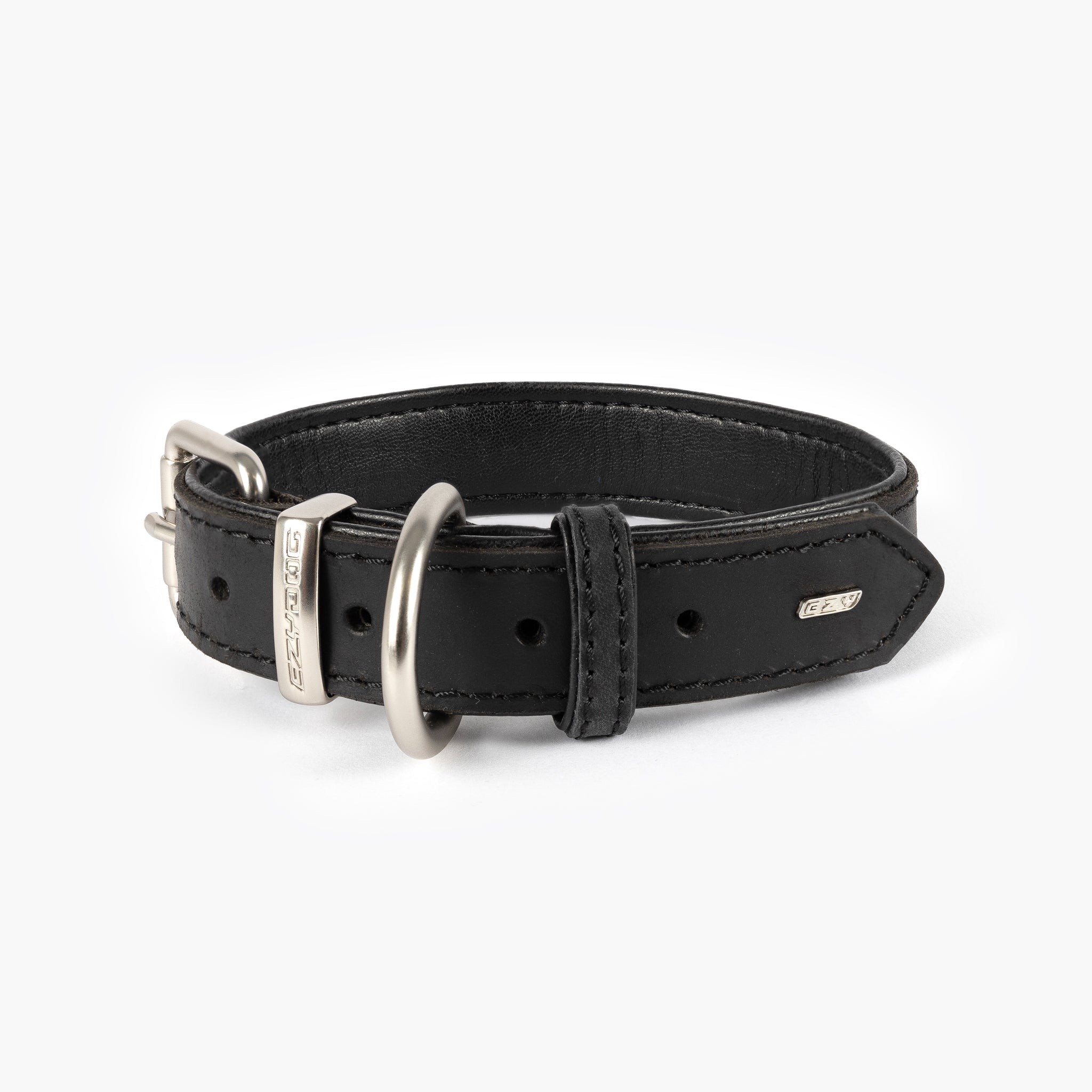Zero Shock Lead
Zero Shock Leash LITE
Road Runner Lead
Road Runner Lead LITE
Vario 4 Multi-Function Lead
Vario 4 Multi-Function Lead LITE
Vario 6 Multi-Function Leash
Vario 6 Multi-Function Leash LITE
Essential Lead
Soft Trainer Dog Lead
Handy Leash
Zero Shock Lead - Camo
Zero Shock Lead LITE - Camo
Road Runner Leash LITE - Camo
Vario 4 Multi-Function Lead - Camo
Zero Shock Lead - Denim
Zero Shock Lead LITE - Denim
Road Runner Lead - Denim
Road Runner Lead LITE - Denim
Vario 4 Multi-Function Lead - Denim
Vario 4 Multi-Function Lead LITE - Denim
Zero Shock Lead - Corduroy
Zero Shock Lead LITE - Corduroy
Road Runner Lead - Corduroy
Road Runner Lead LITE - Corduroy
Vario 4 Multi-Function Lead - Corduroy
Vario 4 Multi-Function Lead LITE - Corduroy
Oxford Leather - Classic Lead
Oxford Lead LITE
Luca Lead LITE
Marine Lead
Marine Leash LITE
Summit Lead
Summit Lead LITE
Drive Click Lead
Neo Mongrel Lead
Track N Train Long Dog Lead
Track n Train Slimline Dog Lead
Mongrel Lead
Cujo Lead
Zero Shock Extension
Zero Shock Coupler
Soft Touch Extension
Soft Touch Coupler
Soft Touch Coupler LITE
Essential Lead LITE
Why Choose EzyDog Dog Leads?
Frequently Asked Questions
What kind of lead do vets recommend?
Veterinarians typically recommend leads that offer control, comfort, and longevity. Our durable dog leads combine strong webbing with ergonomic designs to keep your dog safe and comfortable on every walk.
What is the best lead to avoid pulling?
The best lead to minimise pulling is often a no-pull or training lead designed to give you better control. Explore our range of no-pull dog leads that work in tandem with no-pull dog harnesses to discourage pulling gently and effectively.
How to choose a good, durable dog lead?
Choosing a good, durable lead depends on your dog’s size and walking environment. Consider weather-resistance, material strength, and length. Browse our collection of long-lasting dog leads tailored to every dog and walking style.
Are retractable leads bad?
Retractable leads can pose safety risks if not used carefully, as they offer less control and can cause injury. For safer walks, we recommend fixed-length leads like our training leads that provide consistent control and durability.
How to stop a dog from pulling on a lead?
To stop pulling, use a combination of a no-pull lead or harness and consistent positive reinforcement training. Our dog training leads and training accessories can help you achieve better control and enjoyable walks.
Is a harness or collar better to stop pulling?
Harnesses generally offer better control and safety for dogs that pull, as they distribute pressure more evenly and reduce neck strain. Pair a quality harness with our no-pull leads for optimal results.
Are slip leads bad for dogs?
Slip leads can be effective training tools but must be used correctly to avoid discomfort or injury. If you’re interested, our slip lead collection includes options designed for gentle and safe training.
Do dog trainers recommend slip leads?
Many professional trainers use slip leads as part of controlled training programs. We offer slip leads trusted by trainers, which you can find in our training leads section.
What is the best device to stop a dog from pulling?
The most effective devices are often no-pull harnesses combined with training leads that provide gentle control without discomfort. Check out our no-pull leads and harnesses for solutions designed for lasting results.
How long should a dog lead be for effective training and walking?
A lead length of 4 to 6 feet is ideal for everyday walking and training, offering a balance between control and freedom. For more specific activities like recall training, longer leads up to 30 feet are useful. Browse our range of dog leads available in various lengths to suit your needs.

